Contact Us
We continue to experience issues with our phone lines, please contact us via our email address: boha_information@nps.gov
| Title | Boston Harbor Islands |
| Park Code | boha |
| Description | . . . where you can walk a Civil War-era fort, view historic lighthouses, explore tide pools, hike lush trails, camp under the stars, or relax while fishing, picnicking, or swimming—all within reach of downtown Boston. Youth programs, visitor ser... |
| Location | |
| Contact | |
| Activities |
|
| Entrance fees |
|
| Campgrounds | Count: 0
|
| Places | Count: 50
"Asbestos" SignLow-profile wayside that is 40.5 x 24 3/8 inches, with interpretation panel spanning 36.5 inches wide. It has a grey square base with two rectangular pillars supporting the panel. The panel is framed in grey metal. The sign is located on the perimeter accessible trail by the South Drumlin. 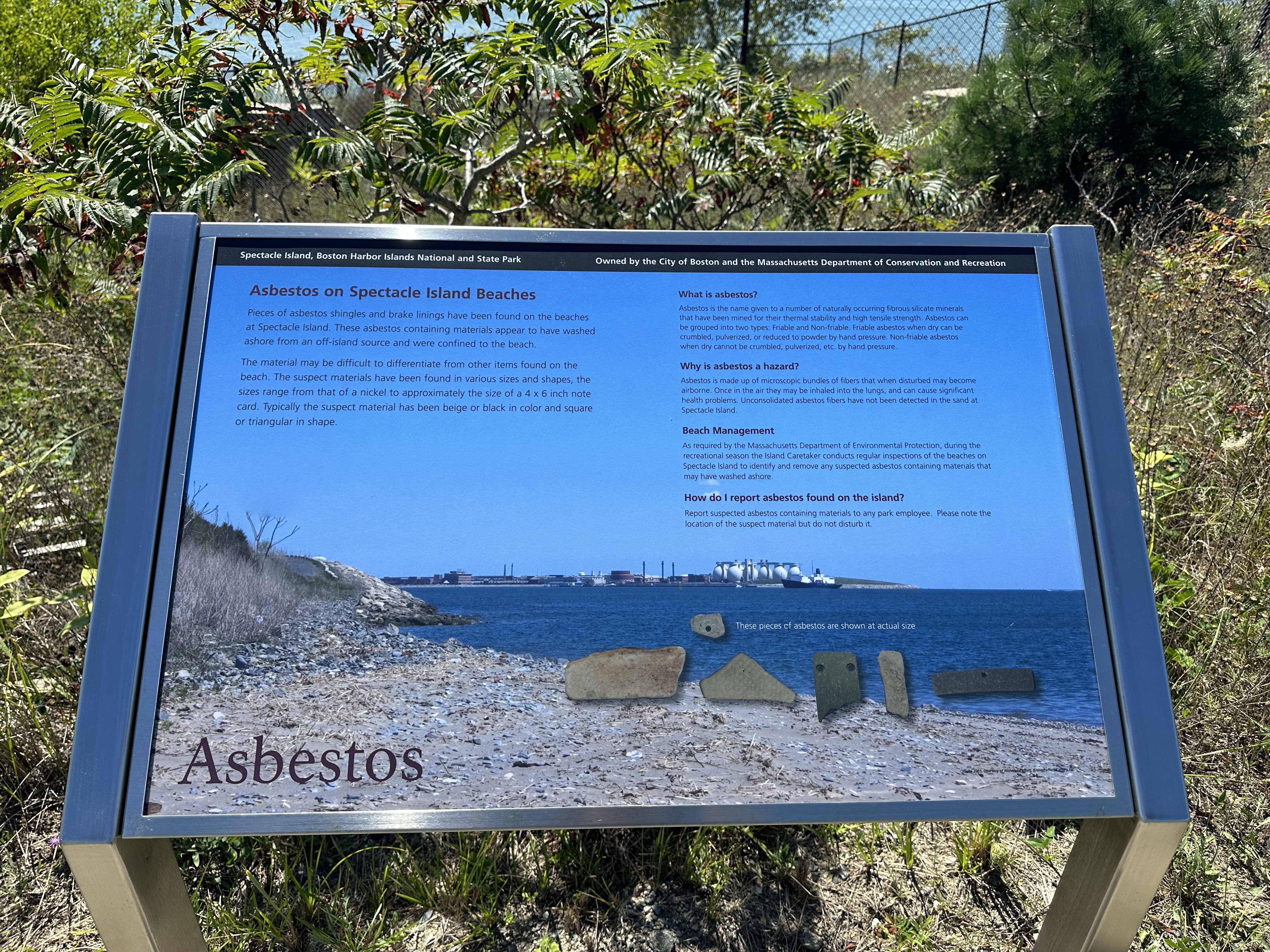
"Boston Skyline" SignLow-profile wayside that is 36 x 24 inches, with interpretation panel spanning 36.5 inches wide. It has a grey square base with two rectangular pillars supporting the panel. The panel is framed in grey metal. The sign is located on the interpretive trail on the North Drumlin. 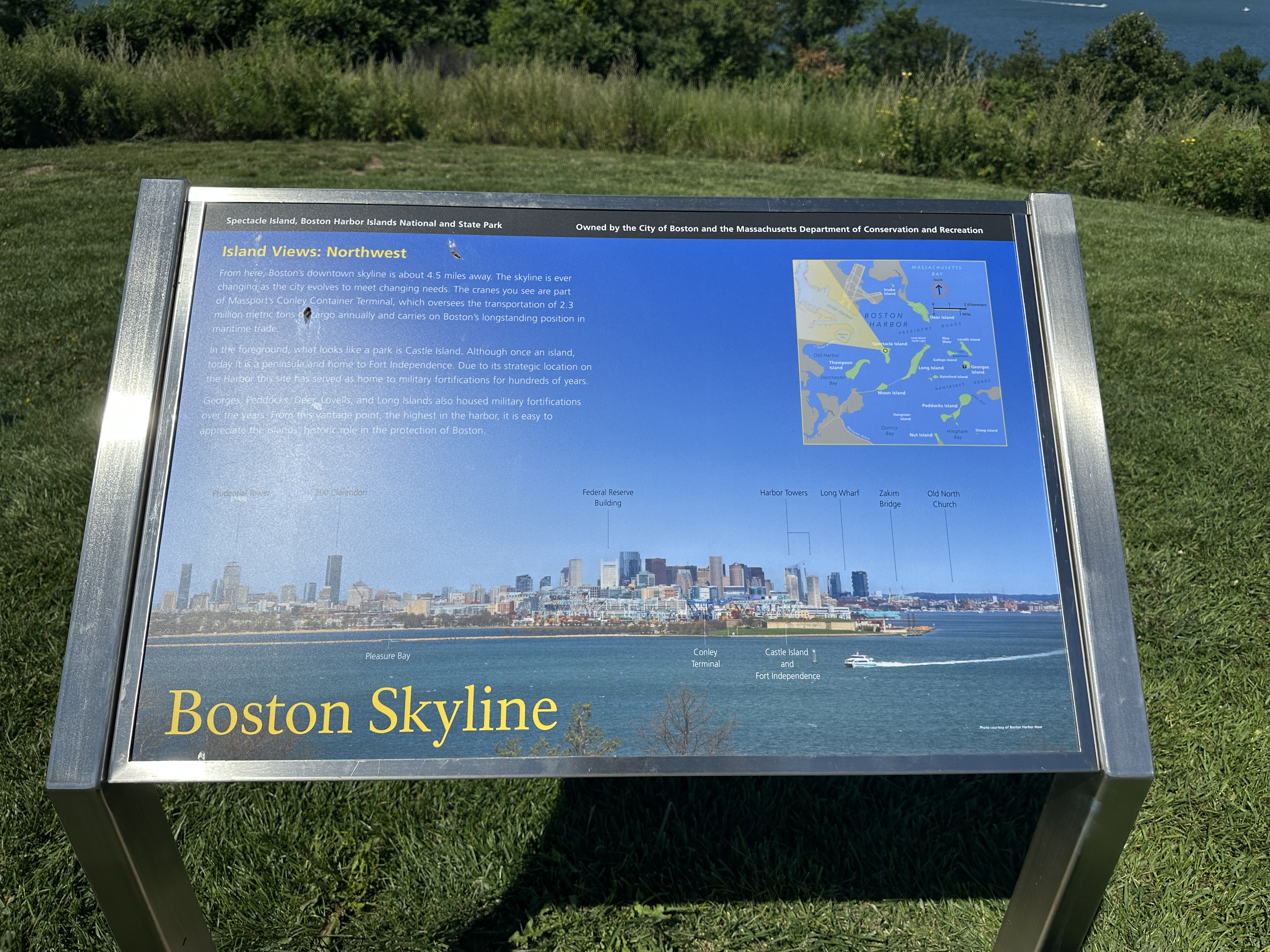
"Changing Shape" SignLow-profile wayside that is 40.5 x 24 3/8 inches, with interpretation panel spanning 36.5 inches wide. It has a grey square base with two rectangular pillars supporting the panel. The panel is framed in grey metal. The sign is located on the interpretive trail on the North Drumlin. 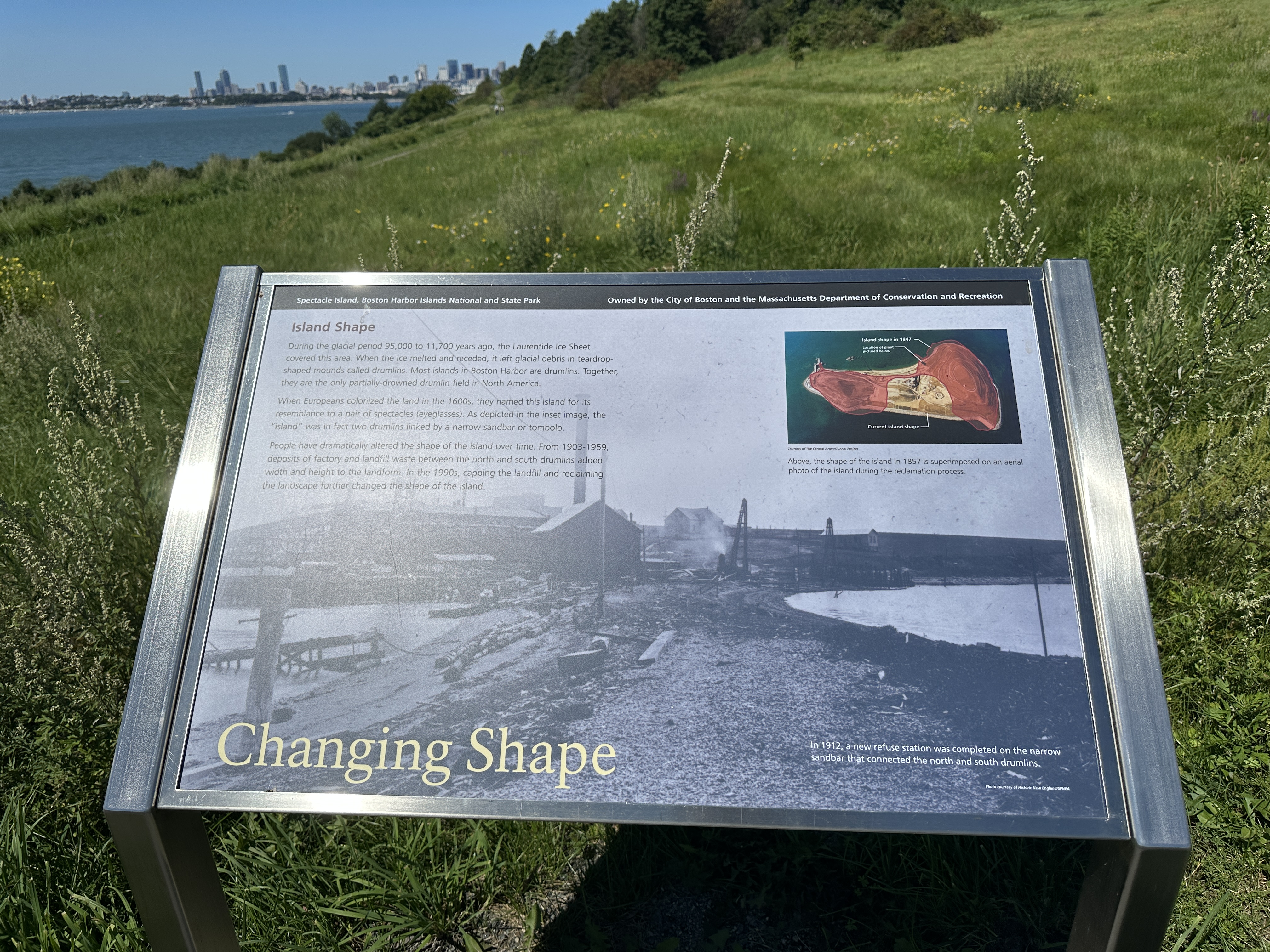
"Dorchester Bay" SignLow-profile wayside that is 36 x 24 inches, with interpretation panel spanning 36.5 inches wide. It has a grey square base with two rectangular pillars supporting the panel. The panel is framed in grey metal. The sign is located on the interpretive trail on the North Drumlin. 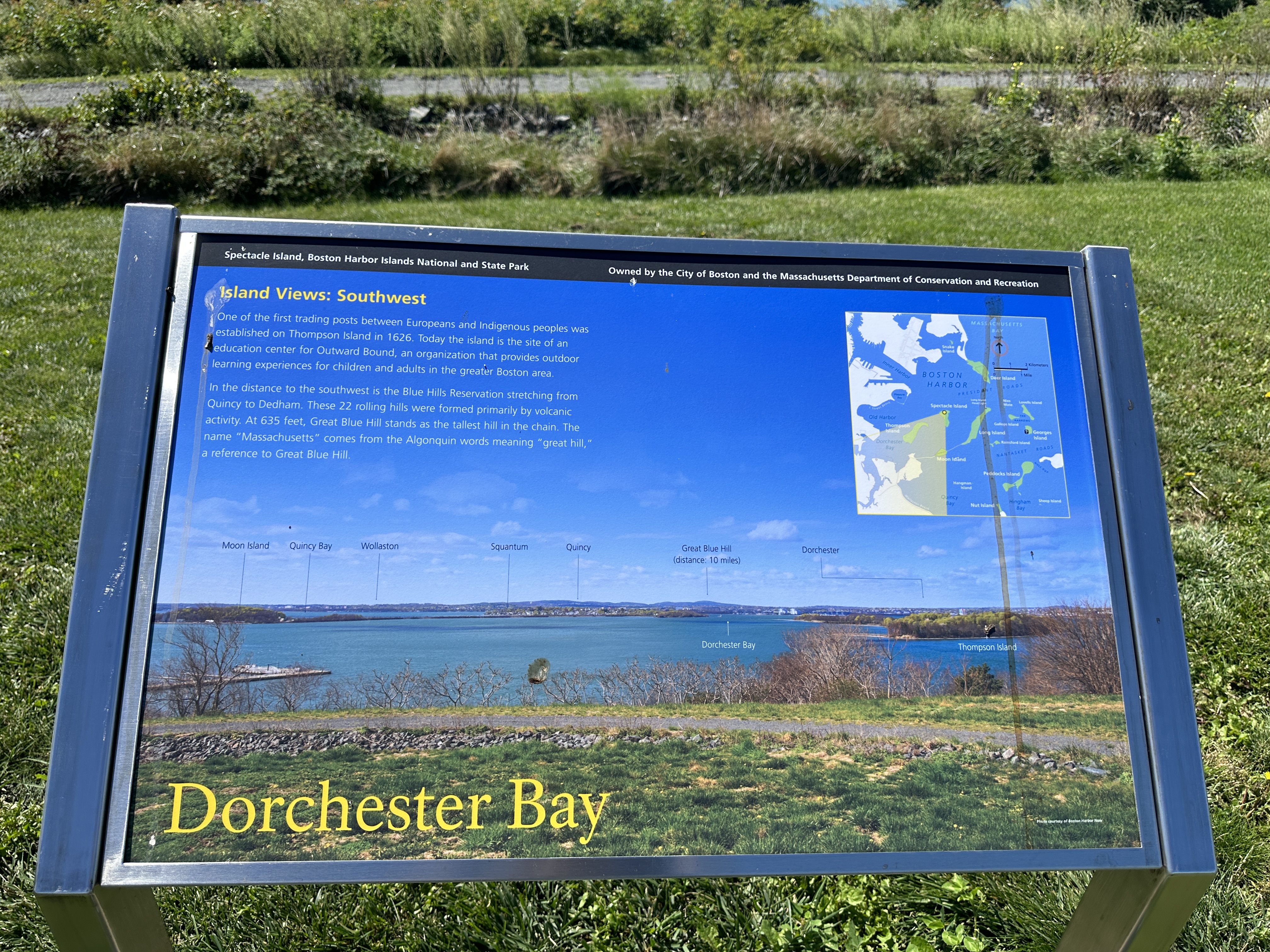
"Island Industries" SignLow-profile wayside that is 40.5 x 24 3/8 inches, with interpretation panel spanning 36.5 inches wide. It has a grey square base with two rectangular pillars supporting the panel. The panel is framed in grey metal. The sign is located on the Interpretive trail on the South Drumlin. 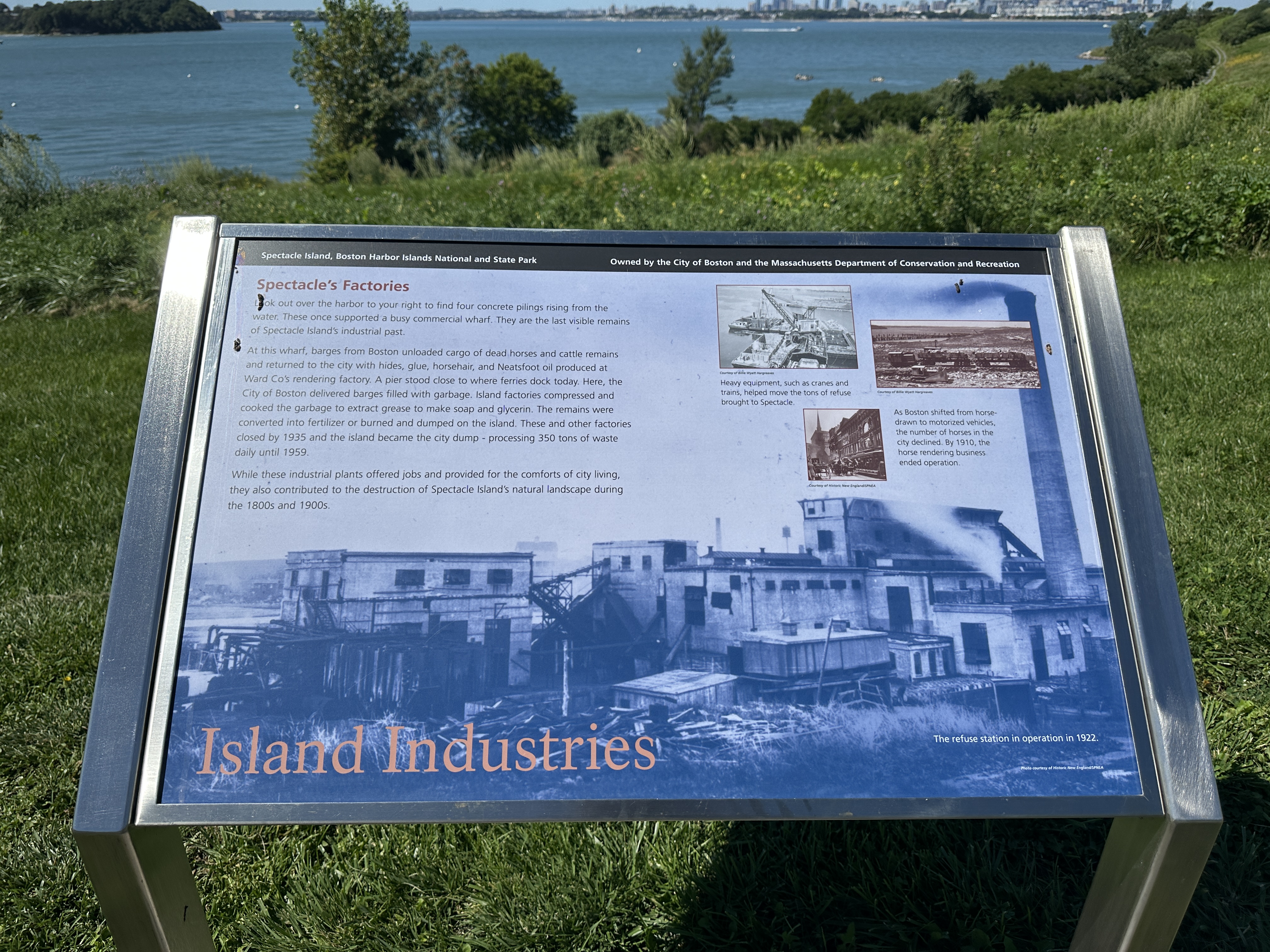
"Island Remediation" SignLow-profile wayside that is 40.5 x 24 3/8 inches, with interpretation panel spanning 36.5 inches wide. It has a grey square base with two rectangular pillars supporting the panel. The panel is framed in grey metal. The sign is located on the interpretive trail on the North Drumlin. 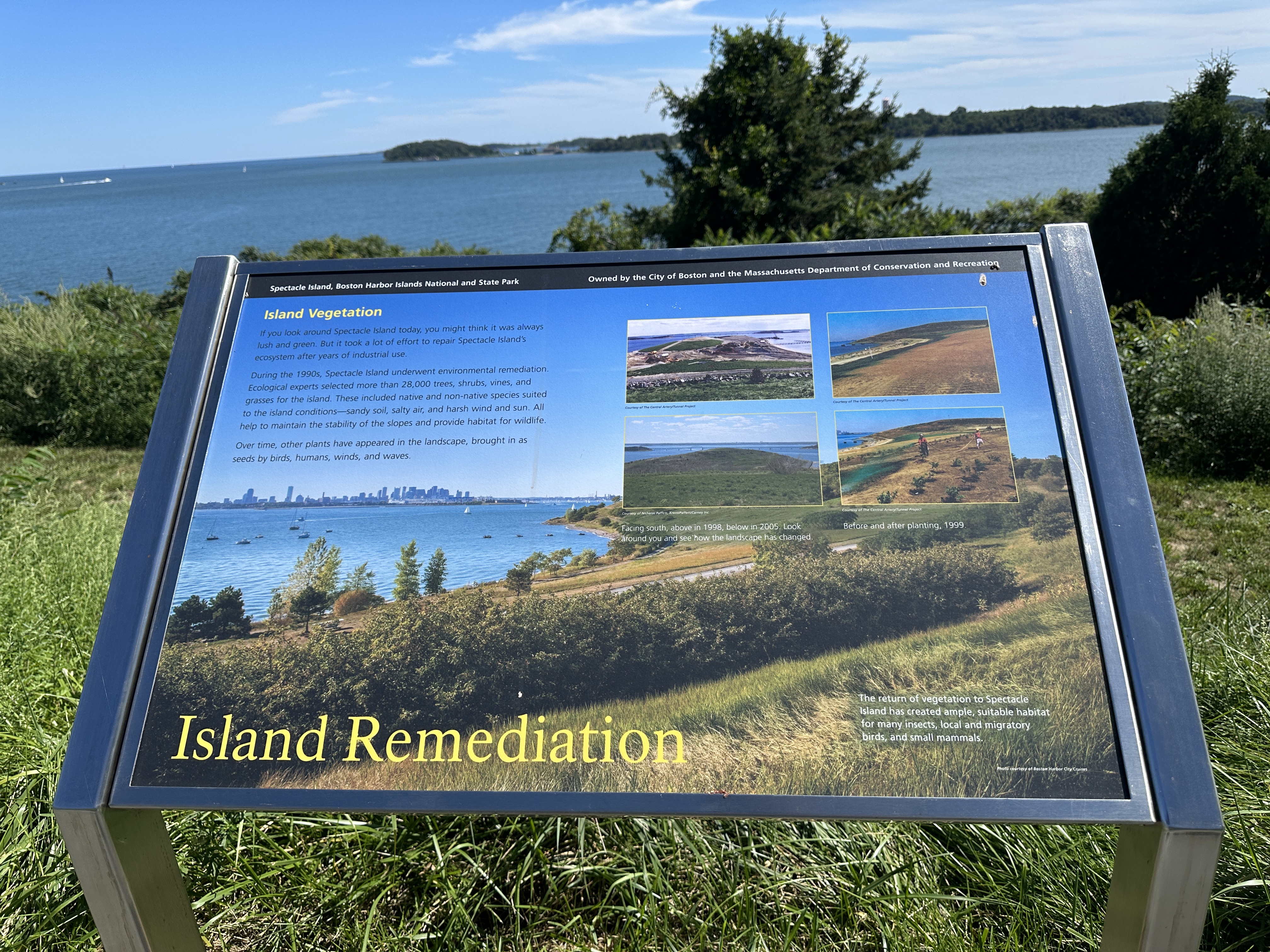
"Lighting the Way" SignLow-profile wayside that is 40.5 x 24 3/8 inches, with interpretation panel spanning 36.5 inches wide. It has a grey square base with two rectangular pillars supporting the panel. The panel is framed in grey metal. The sign is located on the interpretive trail on the North Drumlin. 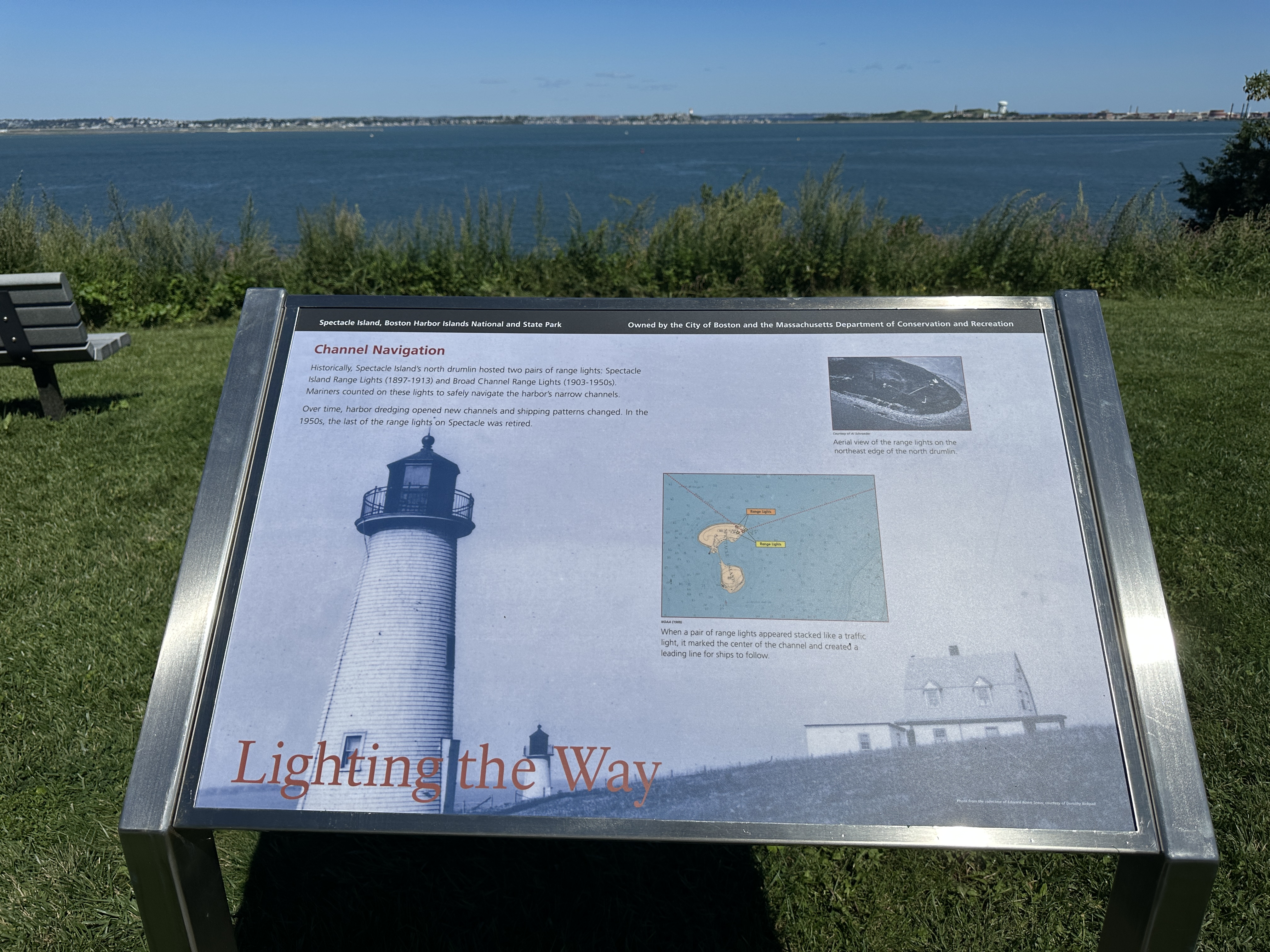
"Our Changing Climate" SignLow-profile wayside that is 40.5 x 24 3/8 inches, with interpretation panel spanning 36.5 inches wide. It has a grey square base with two rectangular pillars supporting the panel. The panel is framed in grey metal. The sign is located on the perimeter accessible trail on the South Drumlin. 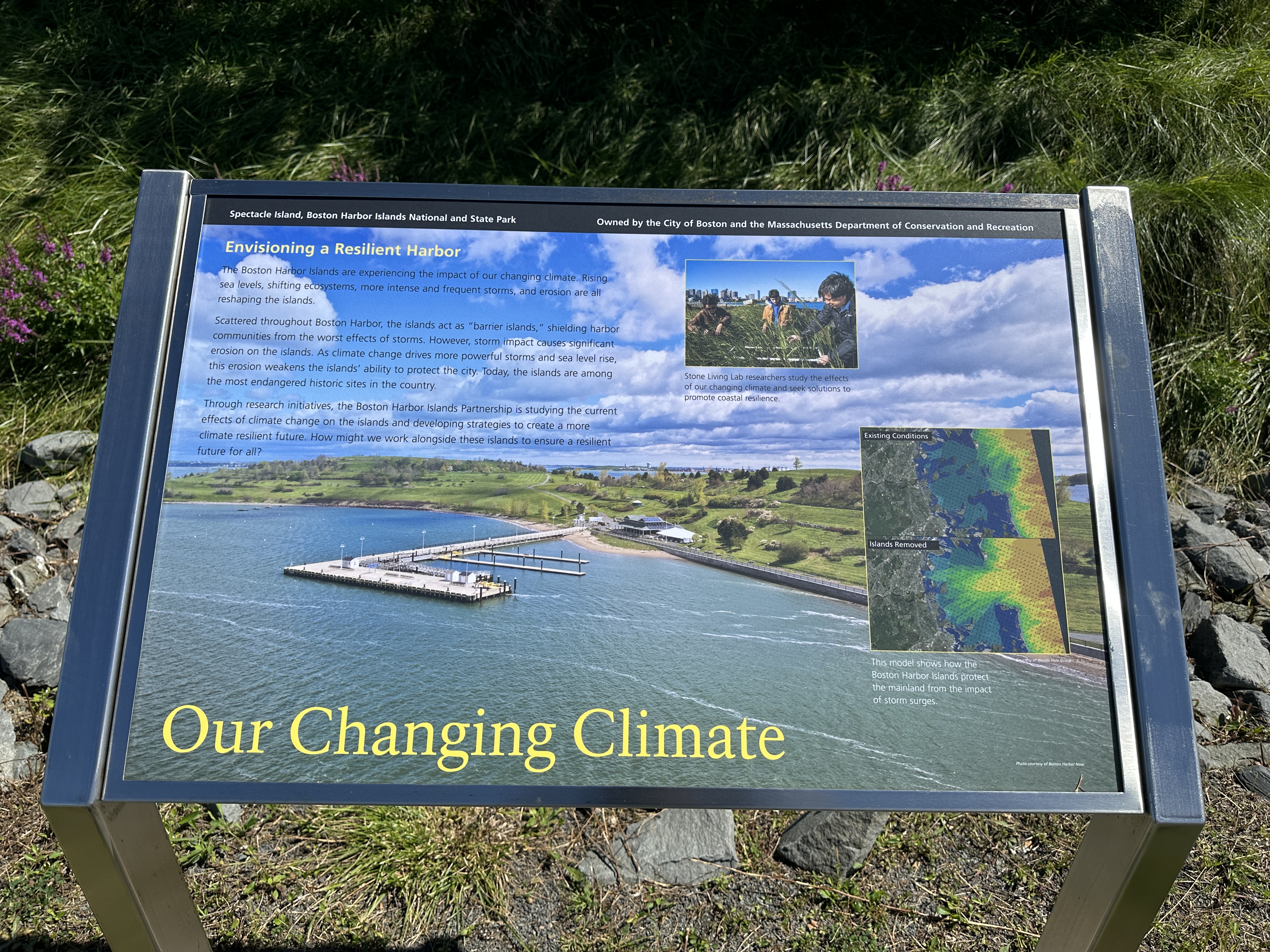
"President Roads" SignLow-profile wayside that is 36 x 24 inches, with interpretation panel spanning 36.5 inches wide. It has a grey square base with two rectangular pillars supporting the panel. The panel is framed in grey metal. The sign is located on the interpretive trail on the North Drumlin. 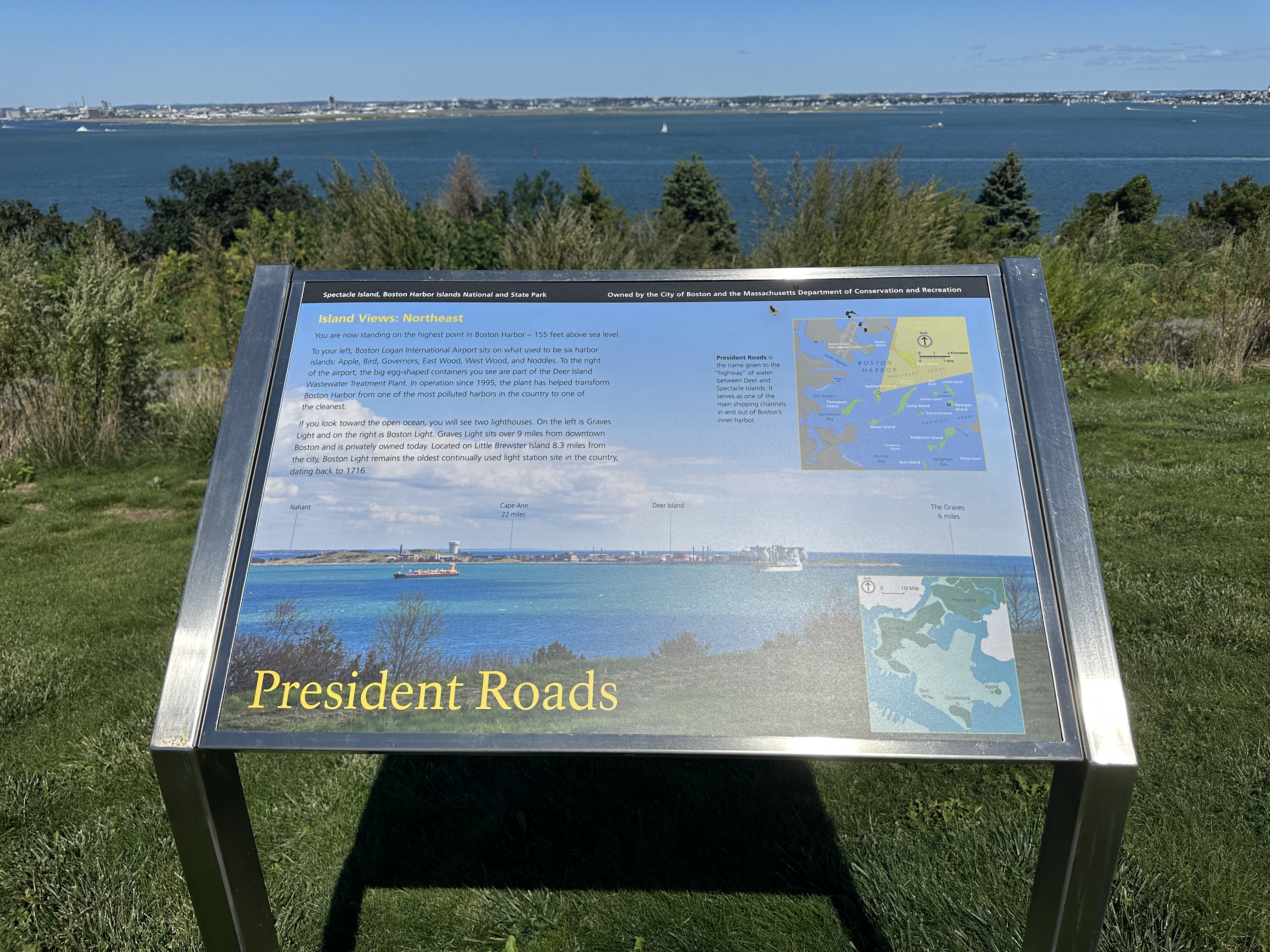
"Quincy Bay" SignLow-profile wayside that is 36 x 24 inches, with interpretation panel spanning 36.5 inches wide. It has a grey square base with two rectangular pillars supporting the panel. The panel is framed in grey metal. The sign is located on the interpretive trail on the North Drumlin. 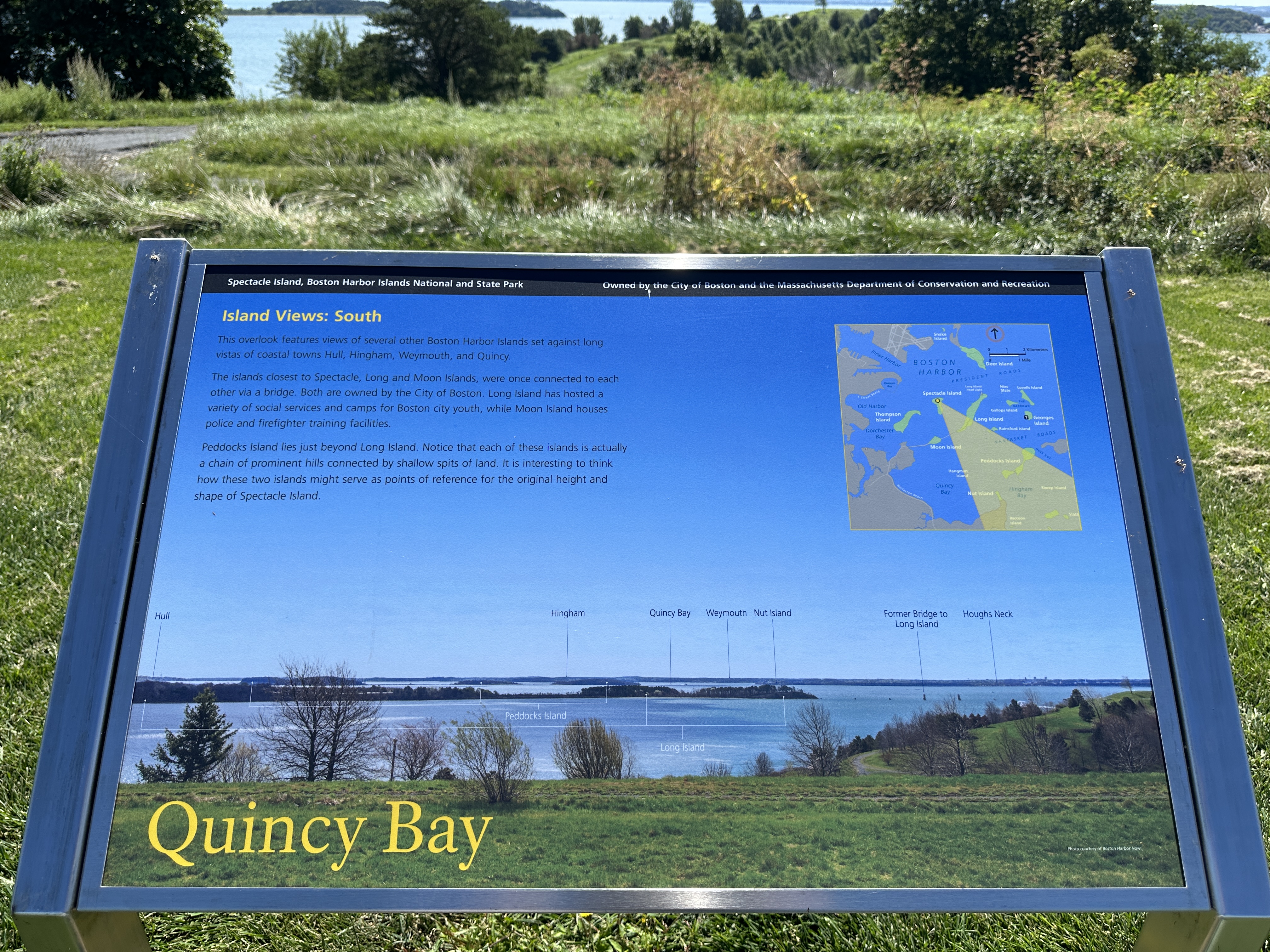
"Sea Glass" SignLow-profile wayside that is 36 x 24 inches, with interpretation panel spanning 36.5 inches wide. It has a grey square base with two rectangular pillars supporting the panel. The panel is framed in grey metal. The sign is located on the perimeter accessible trail on the South Drumlin. 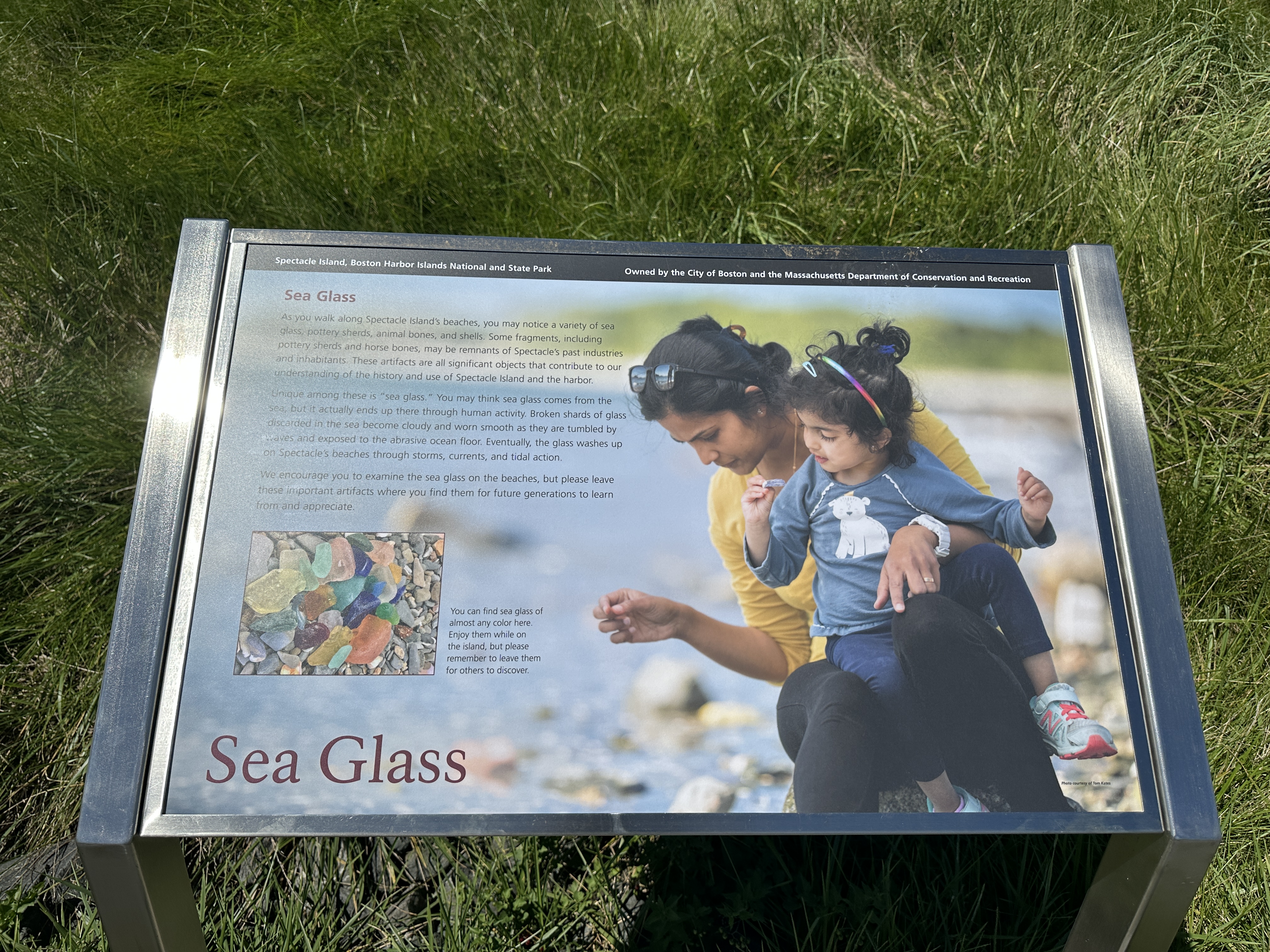
"The Big Dig" SignLow-profile wayside that is 40.5 x 24 3/8 inches, with interpretation panel spanning 36.5 inches wide. It has a grey square base with two rectangular pillars supporting the panel. The panel is framed in grey metal. The sign is located on the interpretive trail on the North Drumlin. 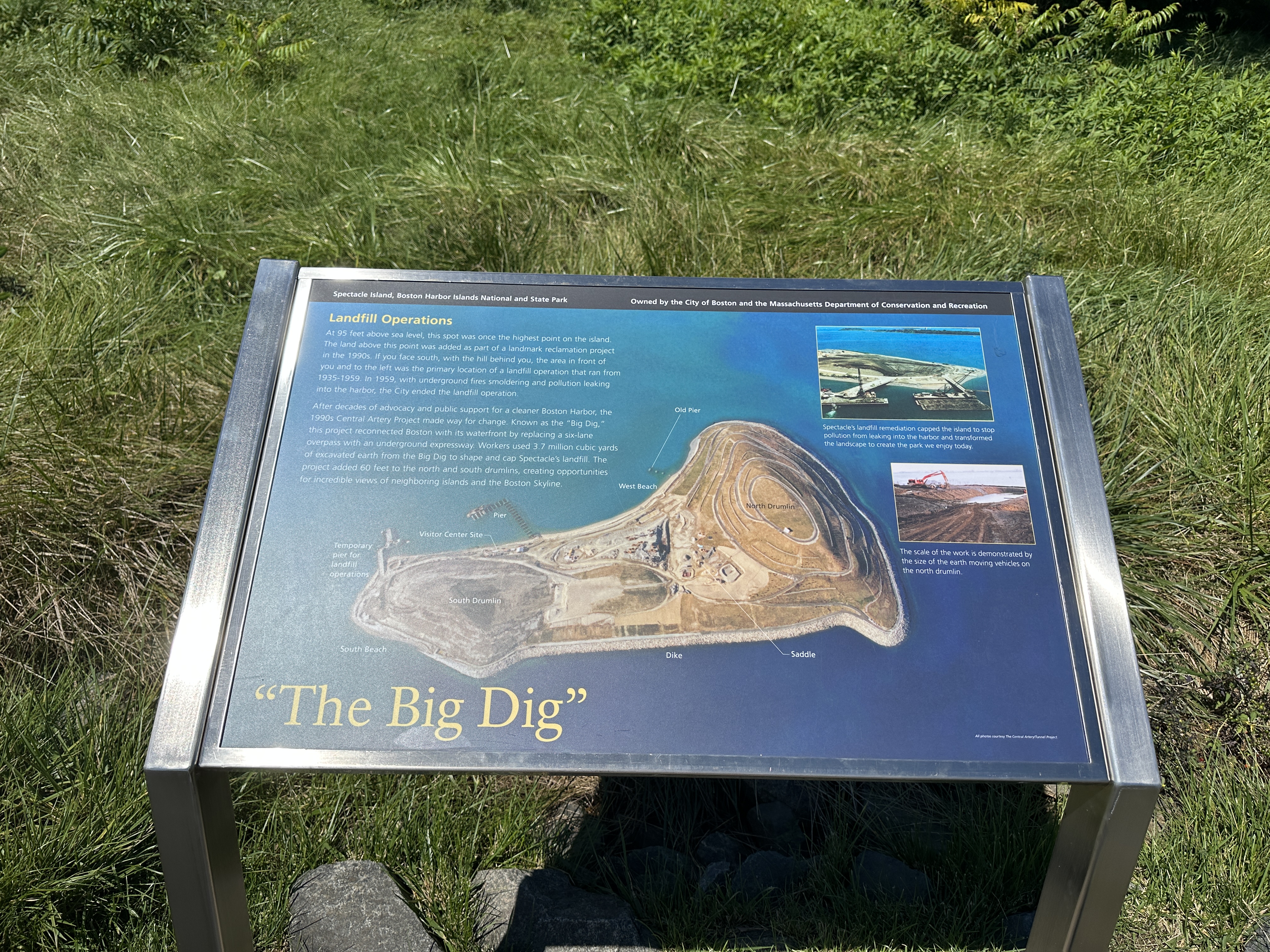
Apple IslandFormerly a 10-acre island, Apple Island became absorbed by Boston Logan Airport as part of a runway expansion project in the 1950s, the island has since disappeared.1 Like other islands in the harbor, indigenous people in the area likely accessed the island seasonally for thousands of years. After European colonization, the town of Boston owned the island and used it for pasturage. 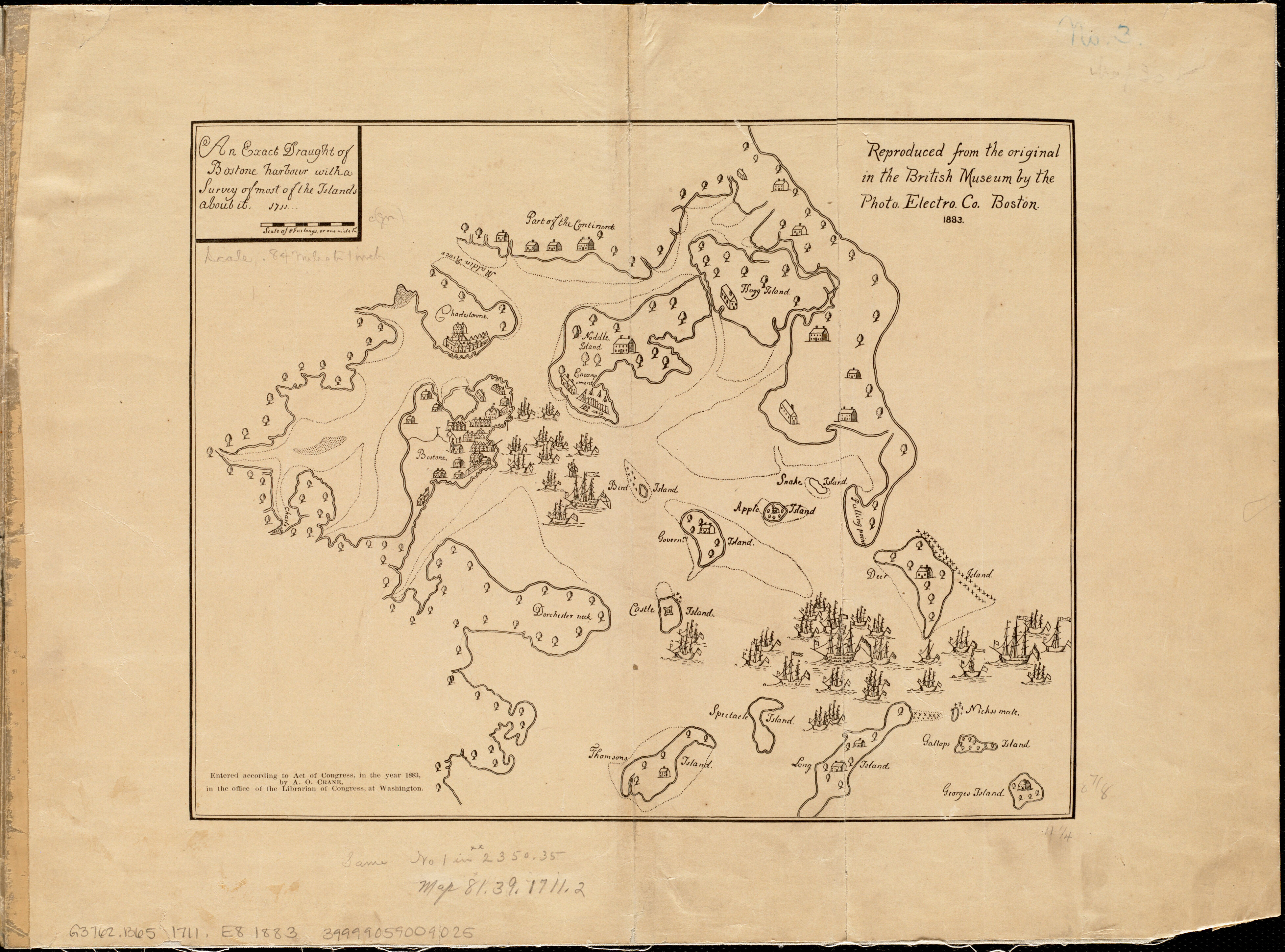
Bastion CThe interior rooms of Bastion C most notably served as food storage, preparation, and dining. 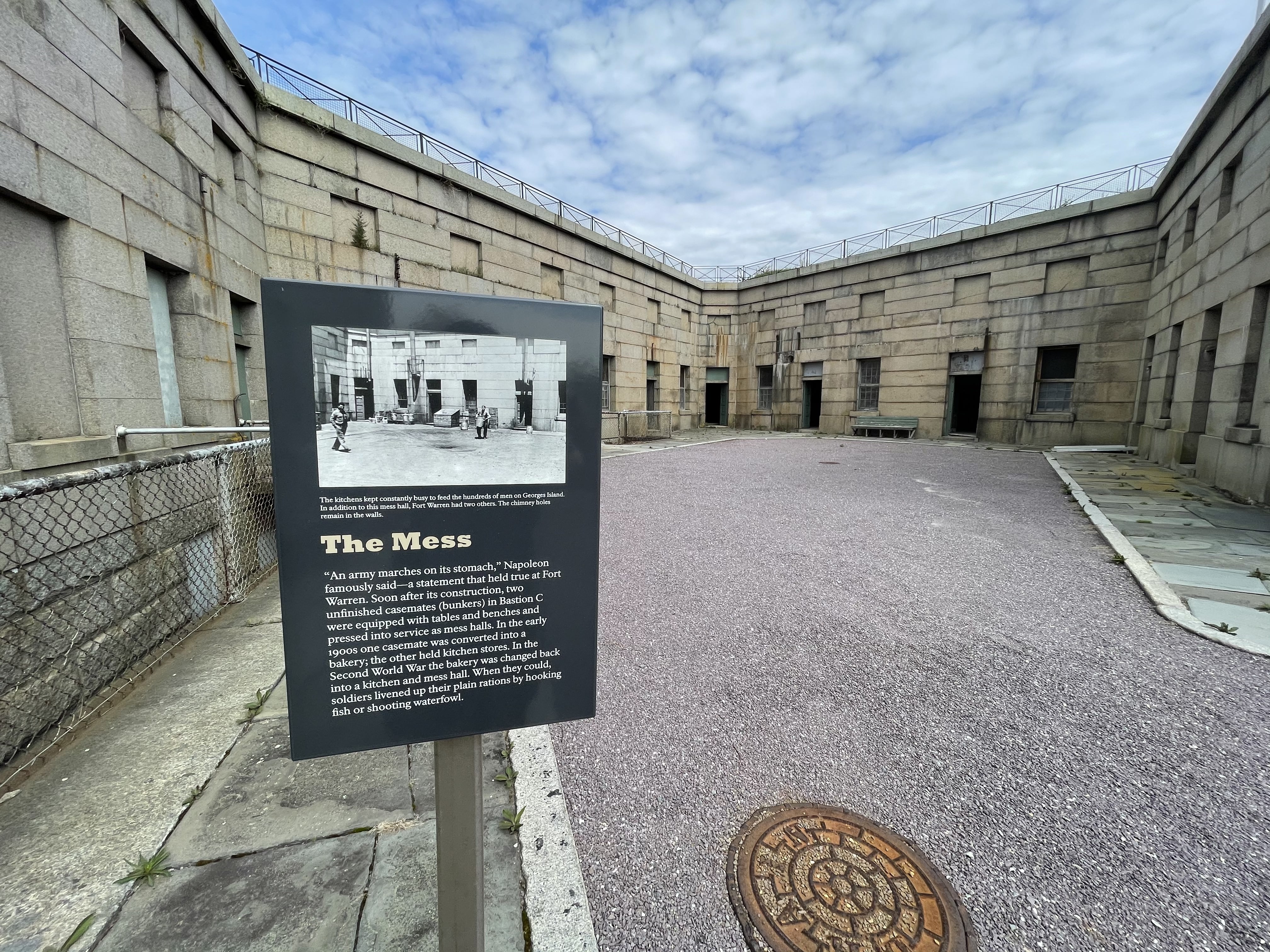
Bastion D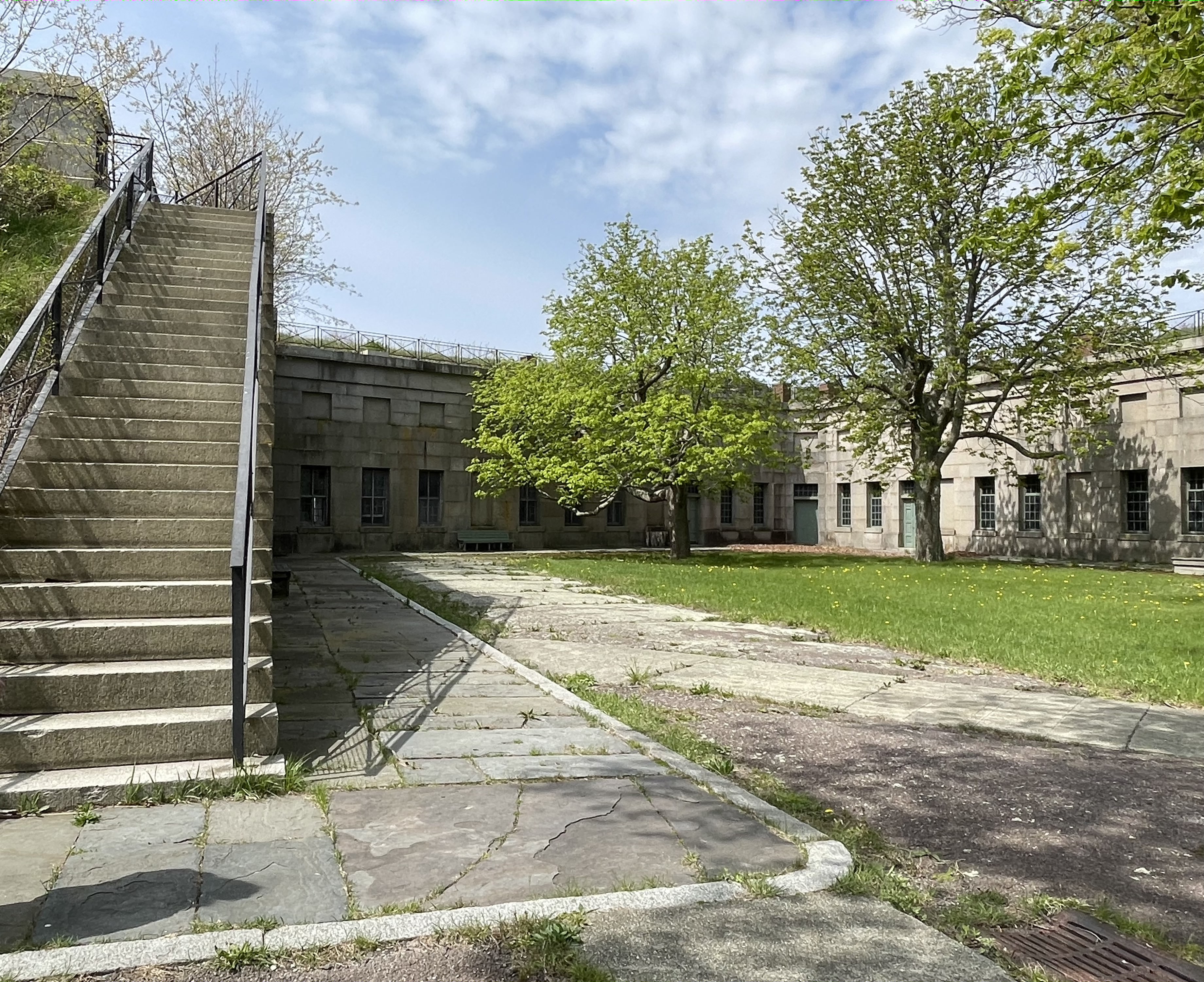
Belle Isle MarshThe last remaining salt marsh in the city of Boston, is located in East Boston. Known now as Belle Isle Marsh, this area boasts just over 130- acres of marshland, and is home to more than 250 species of birds. The area is designated as an Important Bird Area by the National Audubon Society, and an Area of Critical Environmental Concern by the Bureau of Land Management. While it might not seem like it, Belle Isle used to be an island. 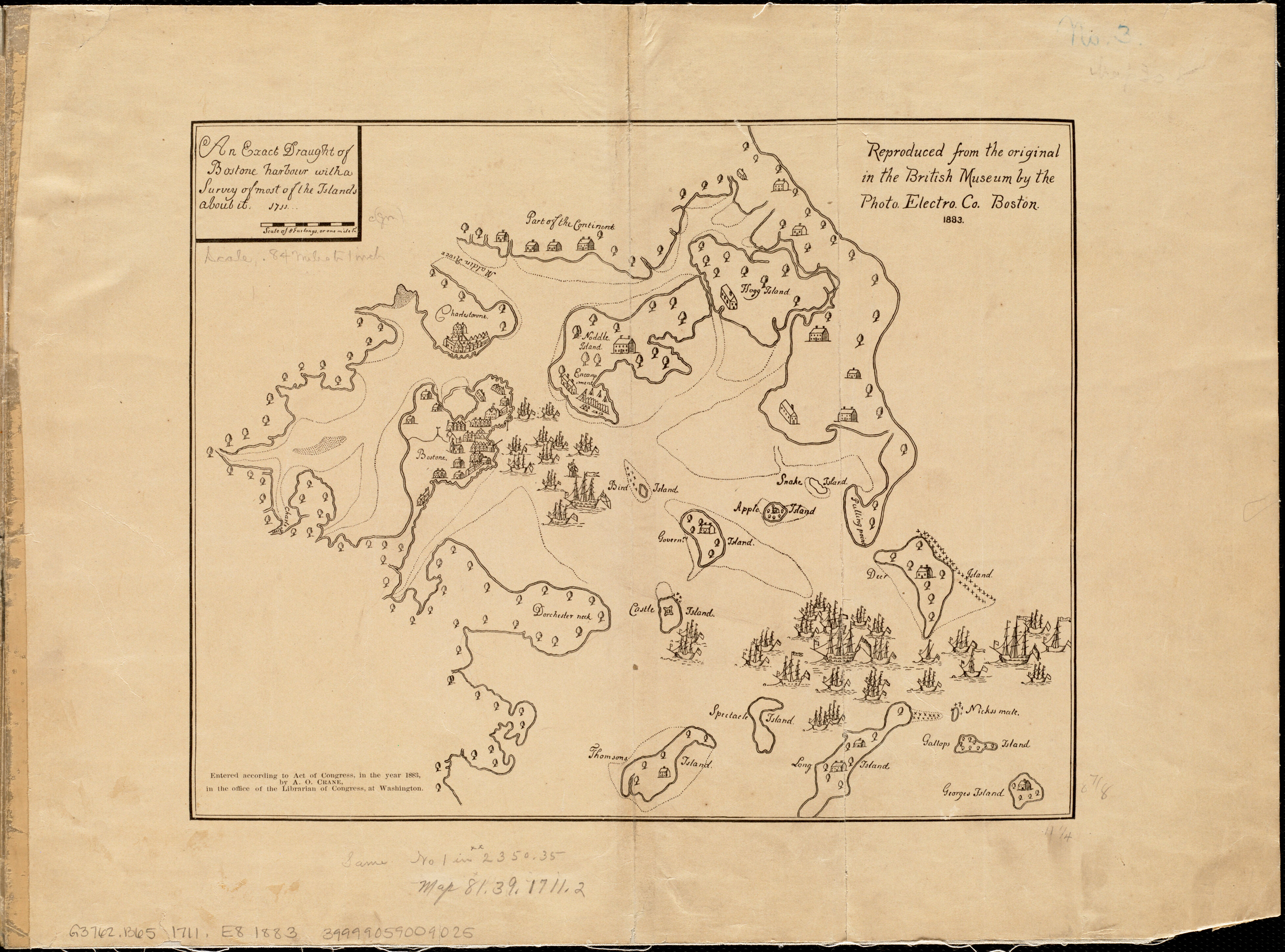
Bird IslandA history of Bird Island. 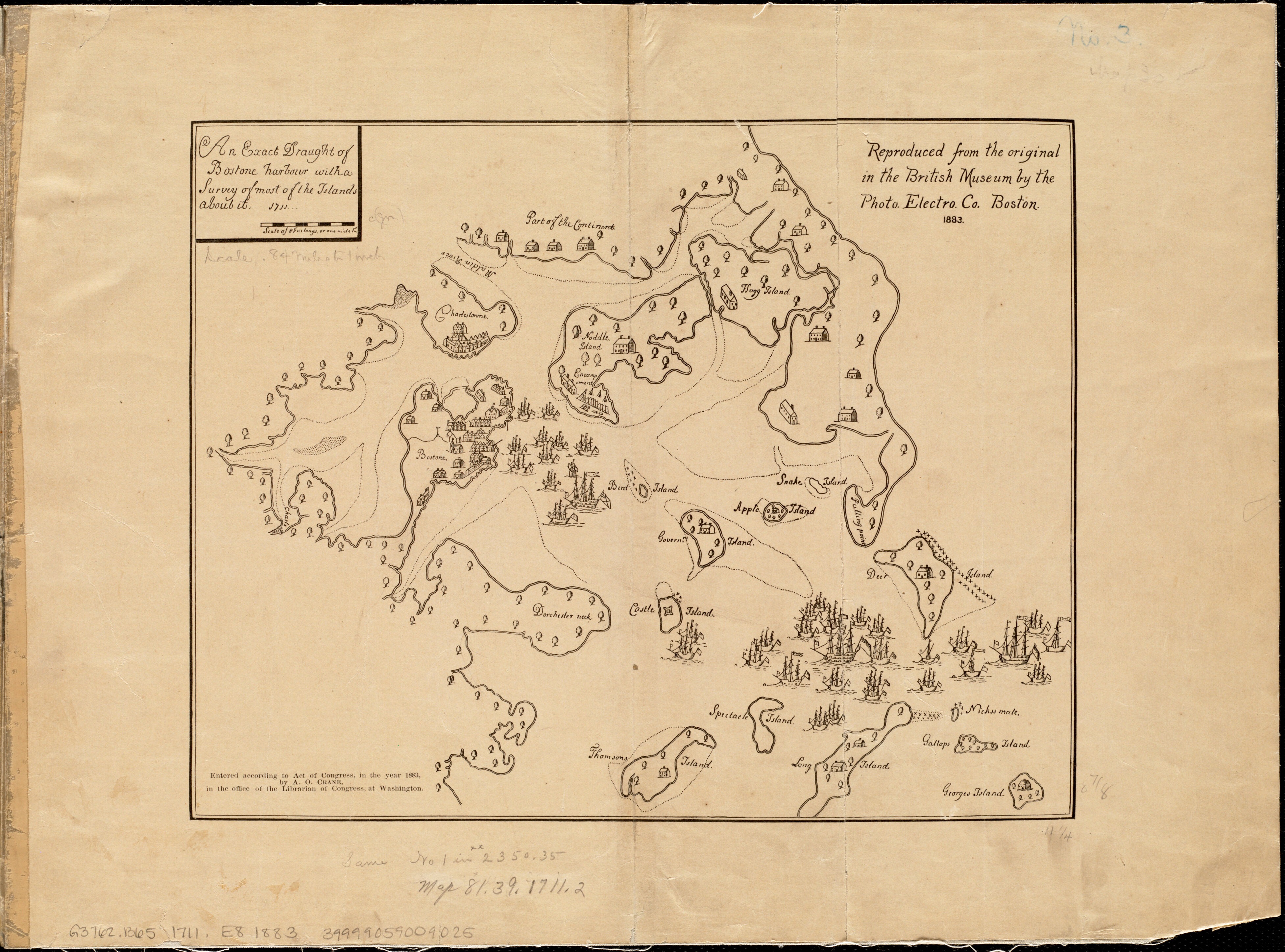
Boston HarborA major port and center for commerce, Boston Harbor played an integral role in many aspects of Boston's history, including the Underground Railroad. 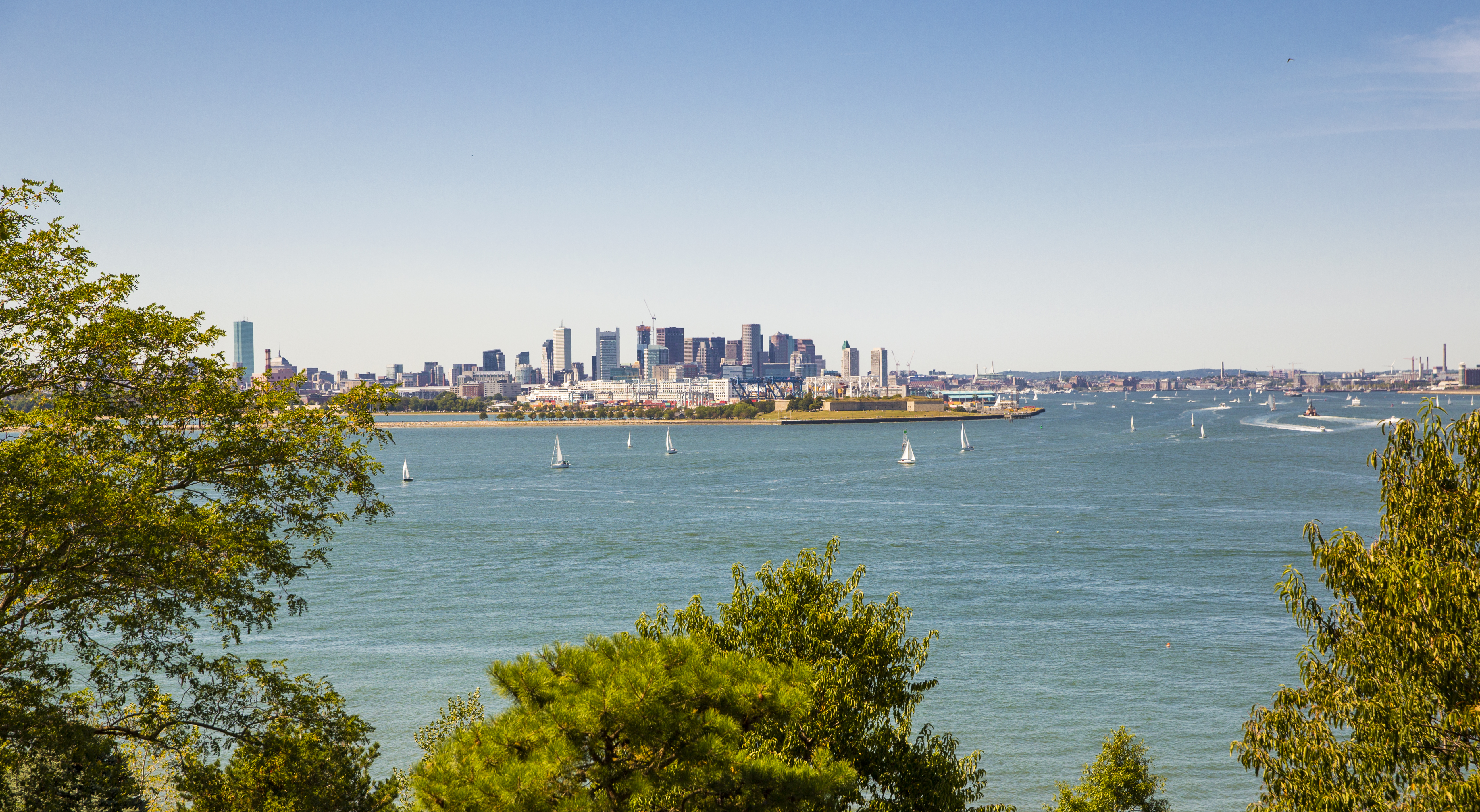
Boston Harbor Islands Welcome CenterLocated on the Rose Kennedy Greenway, the Boston Harbor Islands Welcome Center offers visitor information and serves as a waypoint before beginning any journey to the Boston Harbor Islands. The Welcome Center, opened in 2012, acts as a gateway to the Boston Harbor Islands National and State Park, as ferries to several islands, such as Georges and Spectacle, depart just east at Long Wharf North. 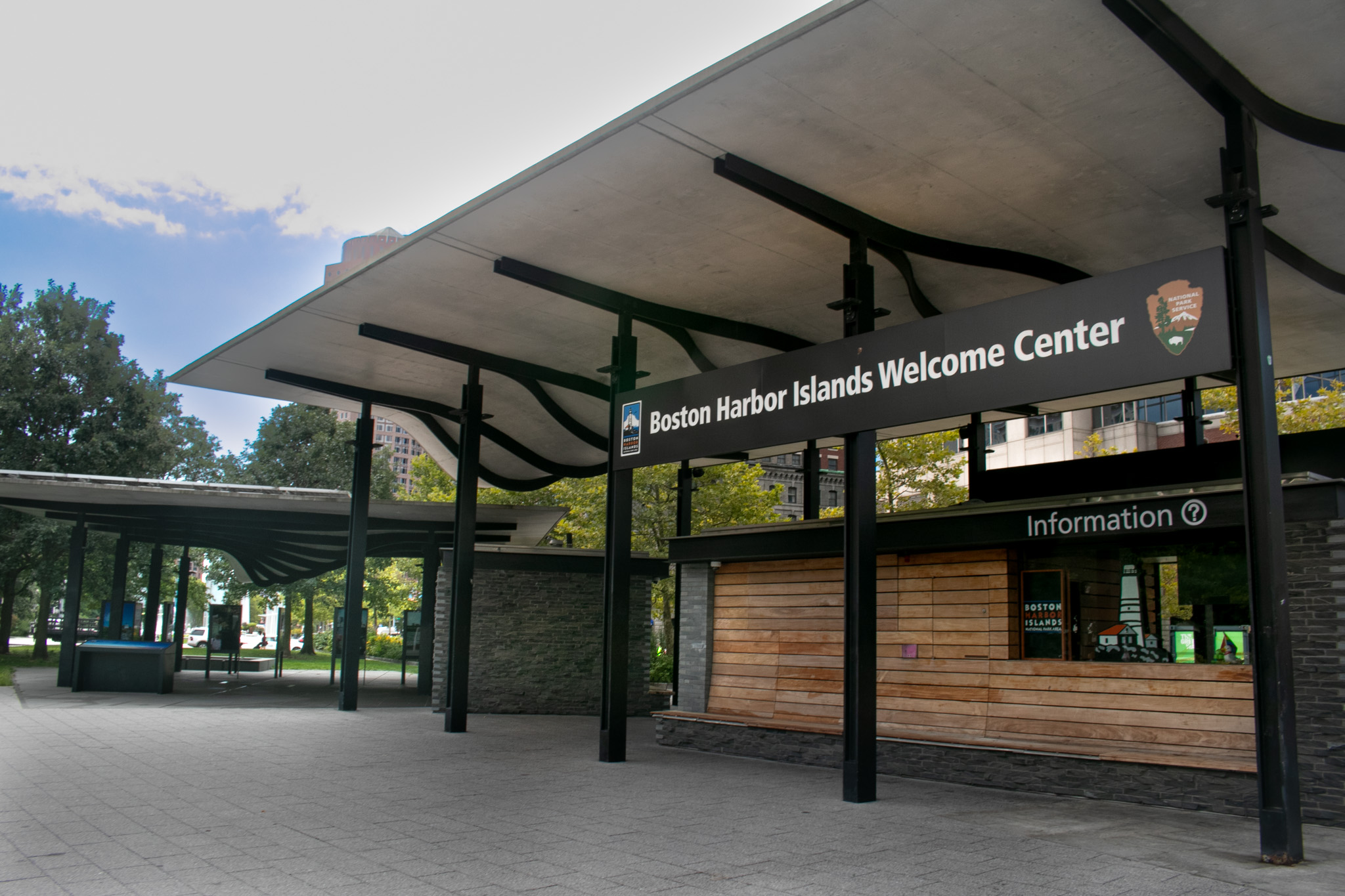
Boston LightSince its original establishment in 1715, Boston Light has served as an integral beacon for Boston Harbor. 
Bumpkin IslandLocated in the Hingham Bay, just 10 miles South of Long Wharf, sits a 65-acre island called Bumpkin Island. It has one central drumlin with an elevation of 70 feet, and excellent views of the surrounding Hingham islands. 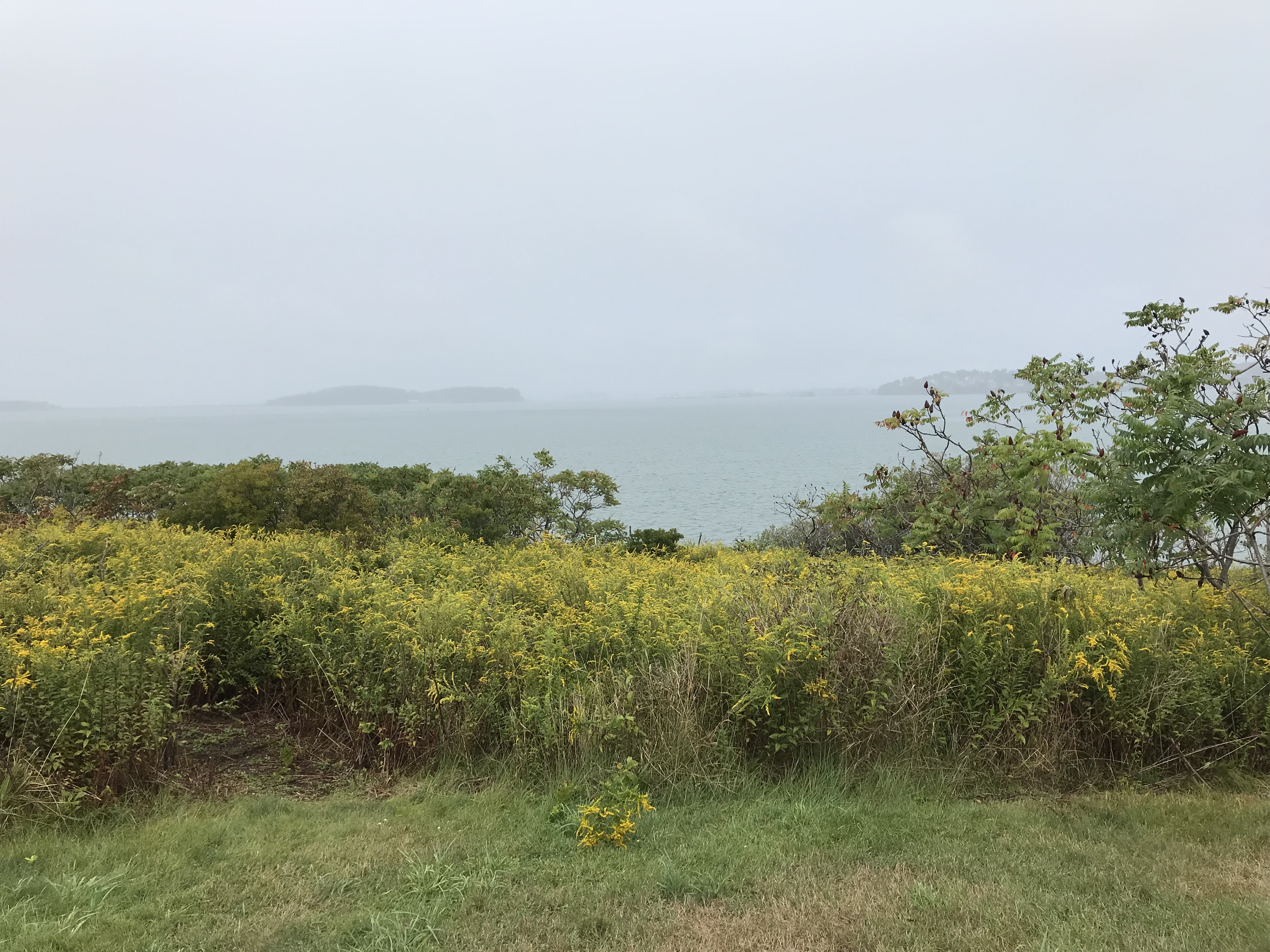
Button IslandThe smallest of the islands in the Hingham Harbor, Button Island is just one acre at high tide. Used seasonally by the indigenous population prior to European contact, the island likely once had trees that colonists cut down and used for firewood. 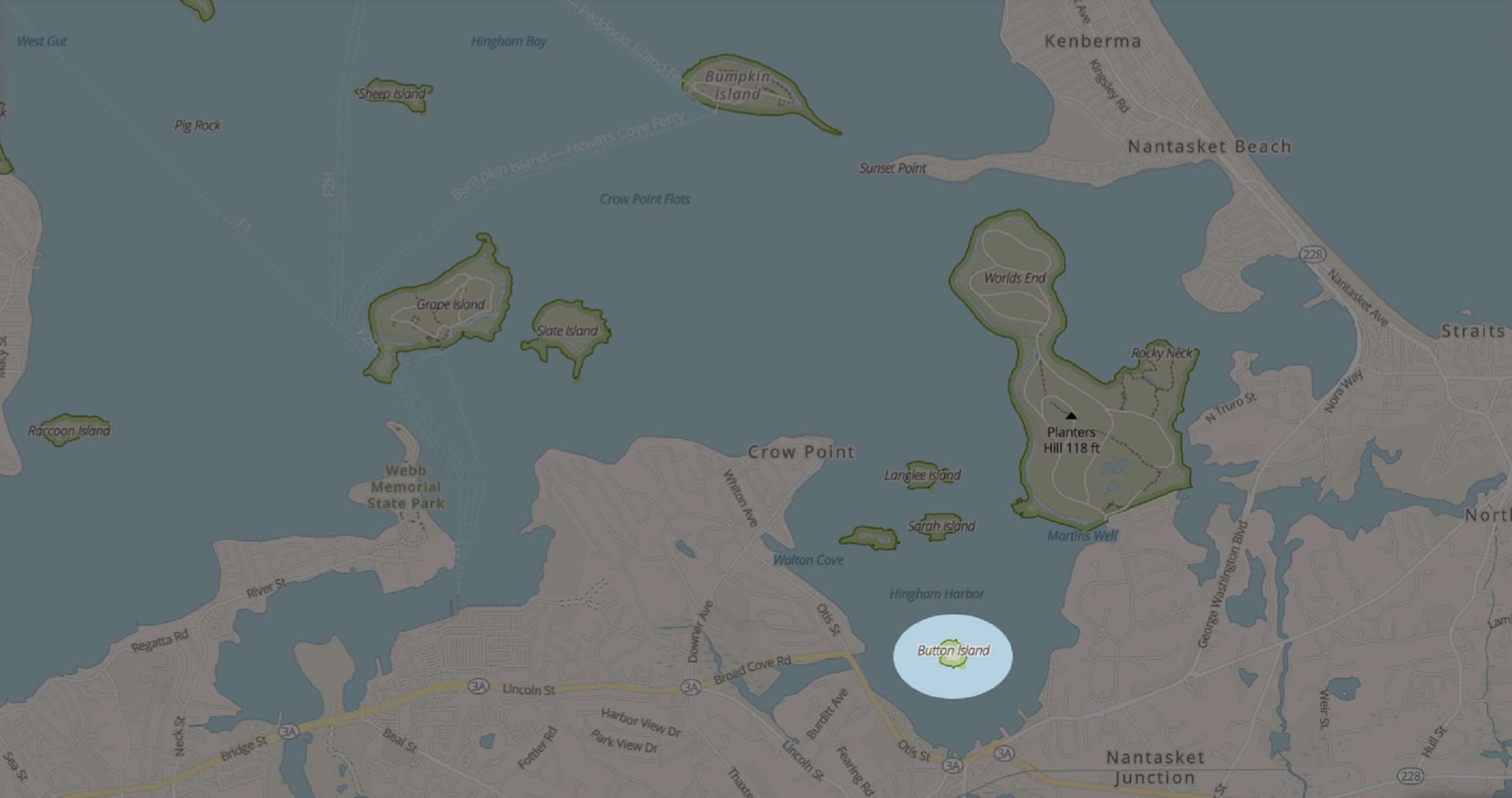
Calf IslandCalf Island sits nine miles out from Boston in the harbor. Somewhere in the middle of Boston Light and The Graves Light, this 35-acre island is one of the most secluded in the harbor. 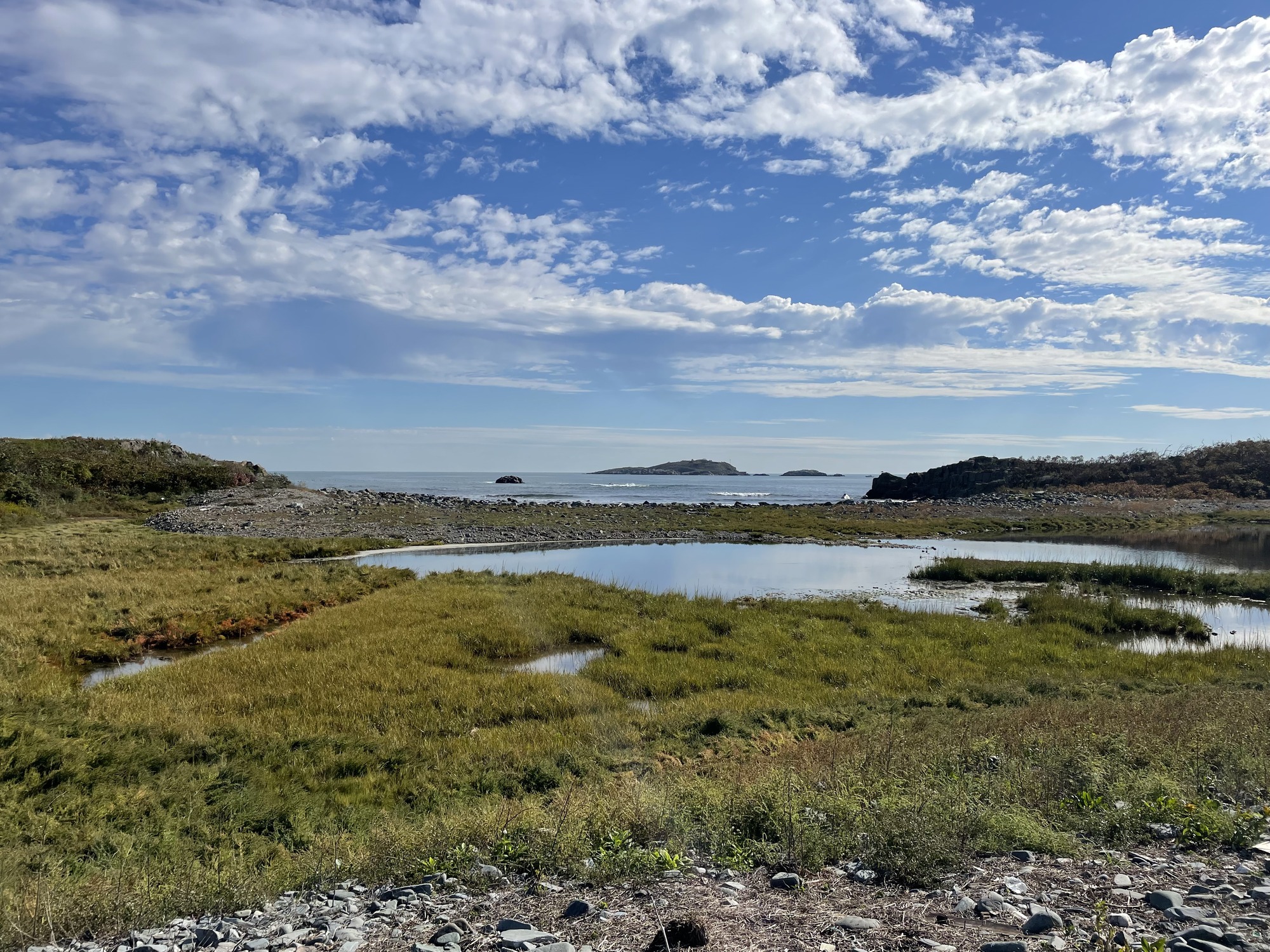
Castle IslandOne of five peninsulas in Boston Harbor, Castle Island boasts 22- acres of land, a little more than two miles of walking trails, and the oldest fortified site in what was considered British North America. The former island has been connected to the mainland since 1928. 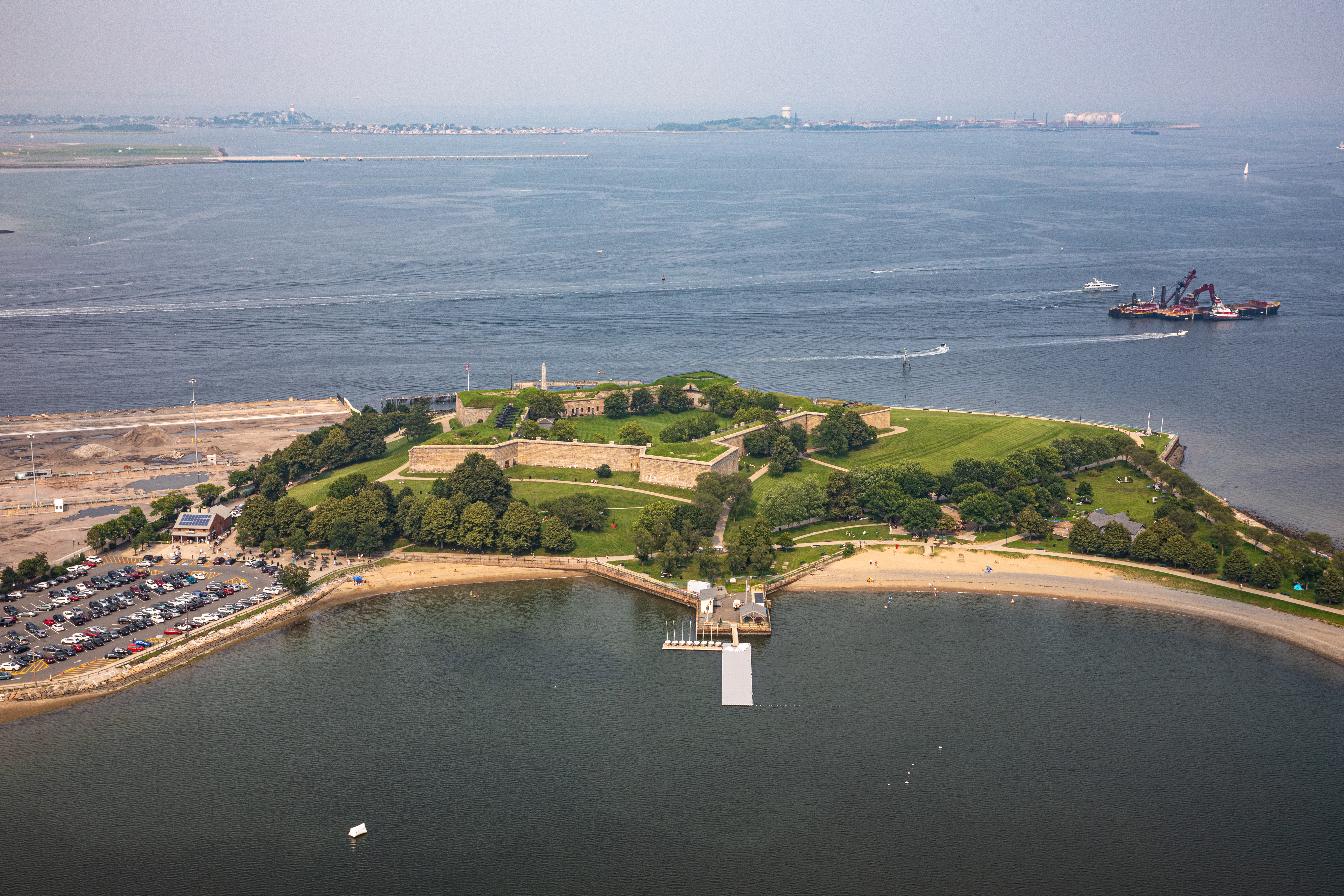
Christopher Columbus Waterfront ParkThe Waterfront Park extends Boston’s downtown greenspace to the harbor, situated next to Long Wharf and near Faneuil Hall. 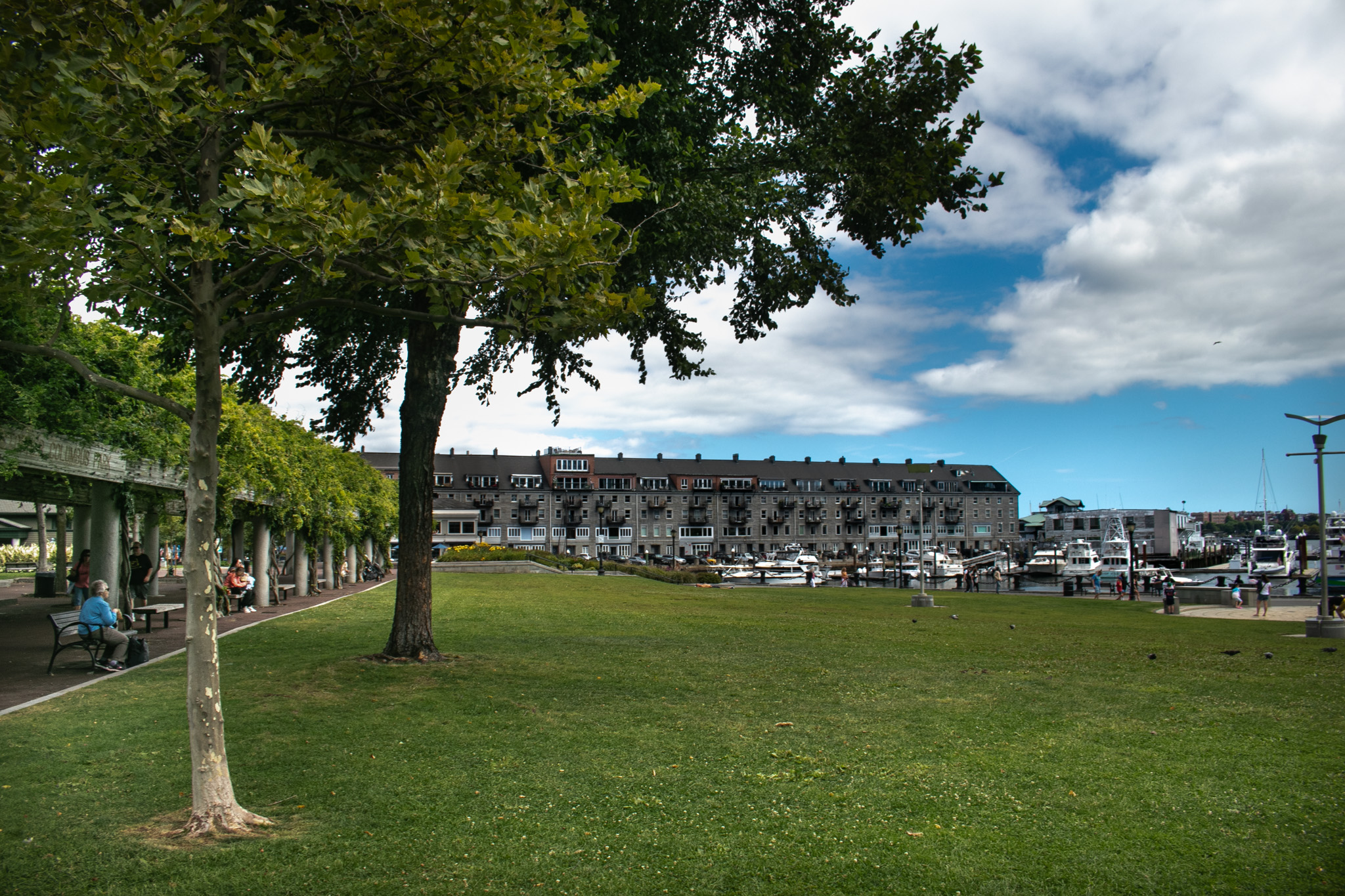
Deer IslandOne of five peninsulas within the boundaries of the park, Deer Island once stood apart as an island before a hurricane in 1938. It is now home to The Deer Island Wastewater Treatment Plant. 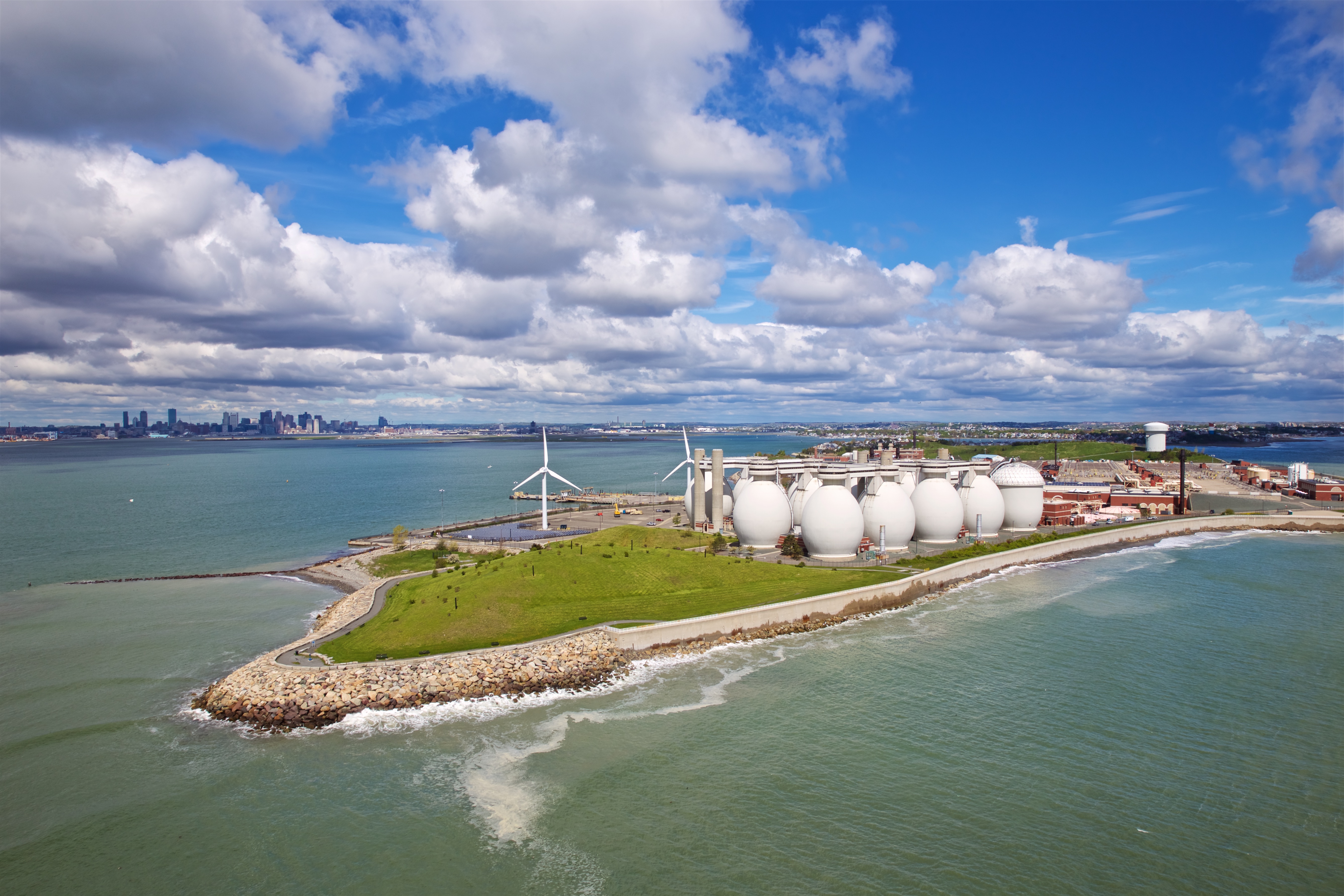
Demi-Lune and Outer DefensesThe Demi-Lune served as a first line of defense at Fort Warren. 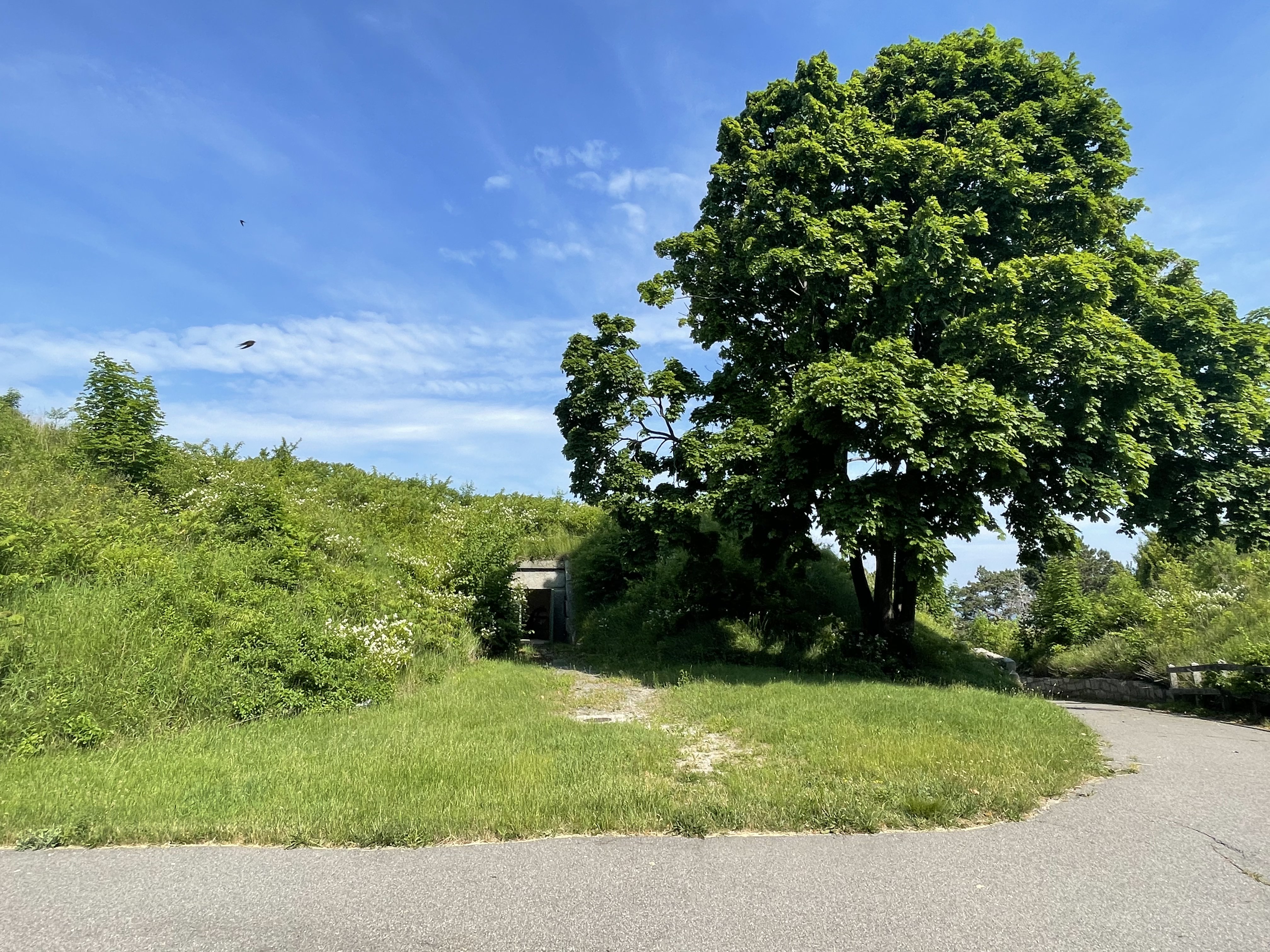
Dock SquareThe Massachusett Tribe has lived with and stewarded the Shawmut Peninsula for thousands of years. When European colonists arrived, they claimed and transformed the landscape. Settlers cut down the three hills of downtown Boston, filled in salt marshes and beaches, and built permanent structures along the shore. This place first became known as Bendall’s Cove, then the Town Dock, and later, Dock Square. Today, parts of historic Dock Square make up Sam Adams Park. 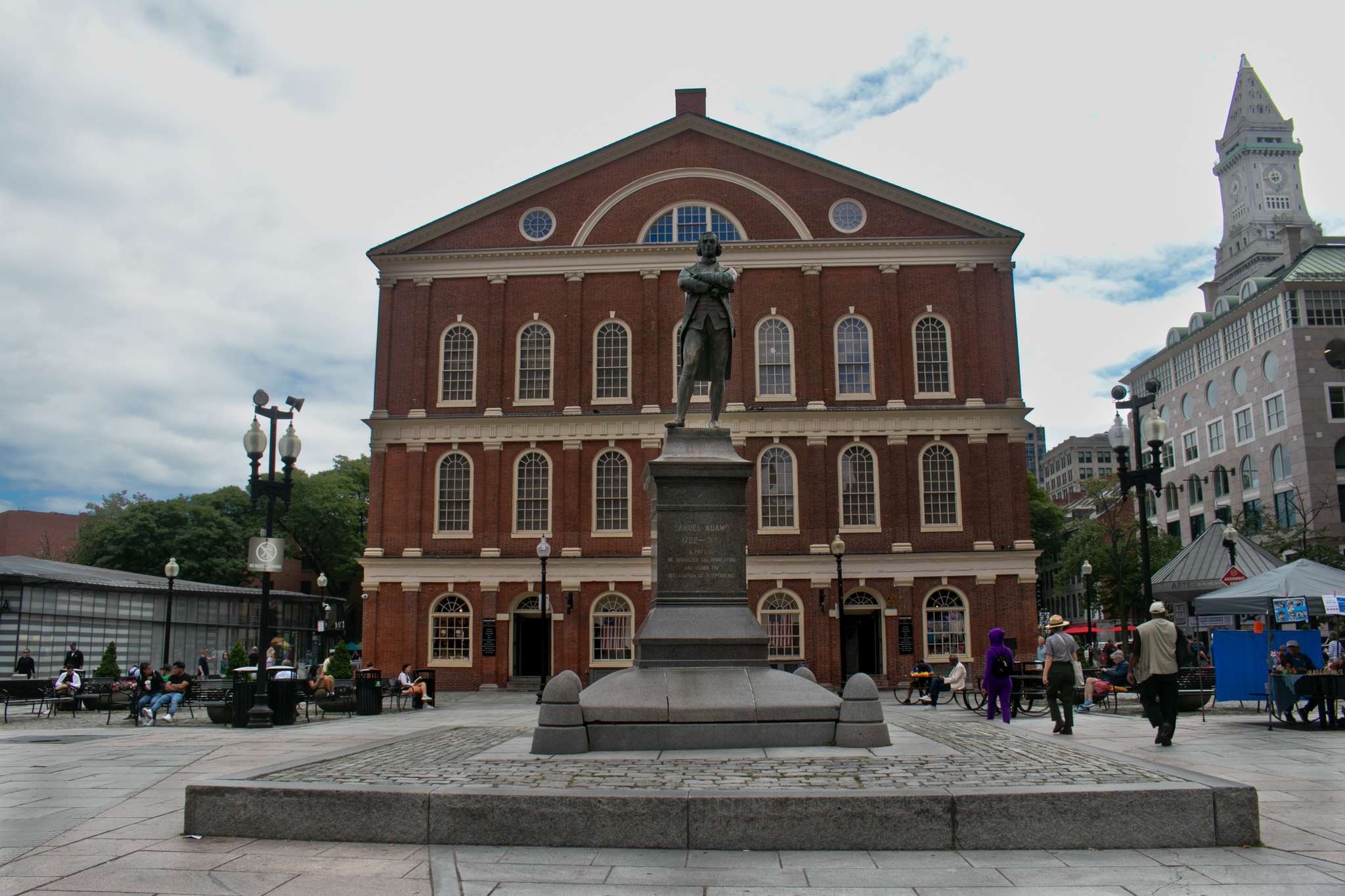
Fort AndrewsConstructed at the beginning of the 1900s and active throughout both World Wars, Fort Andrews on Peddocks Island served as a key component of Boston Harbor’s defense system. 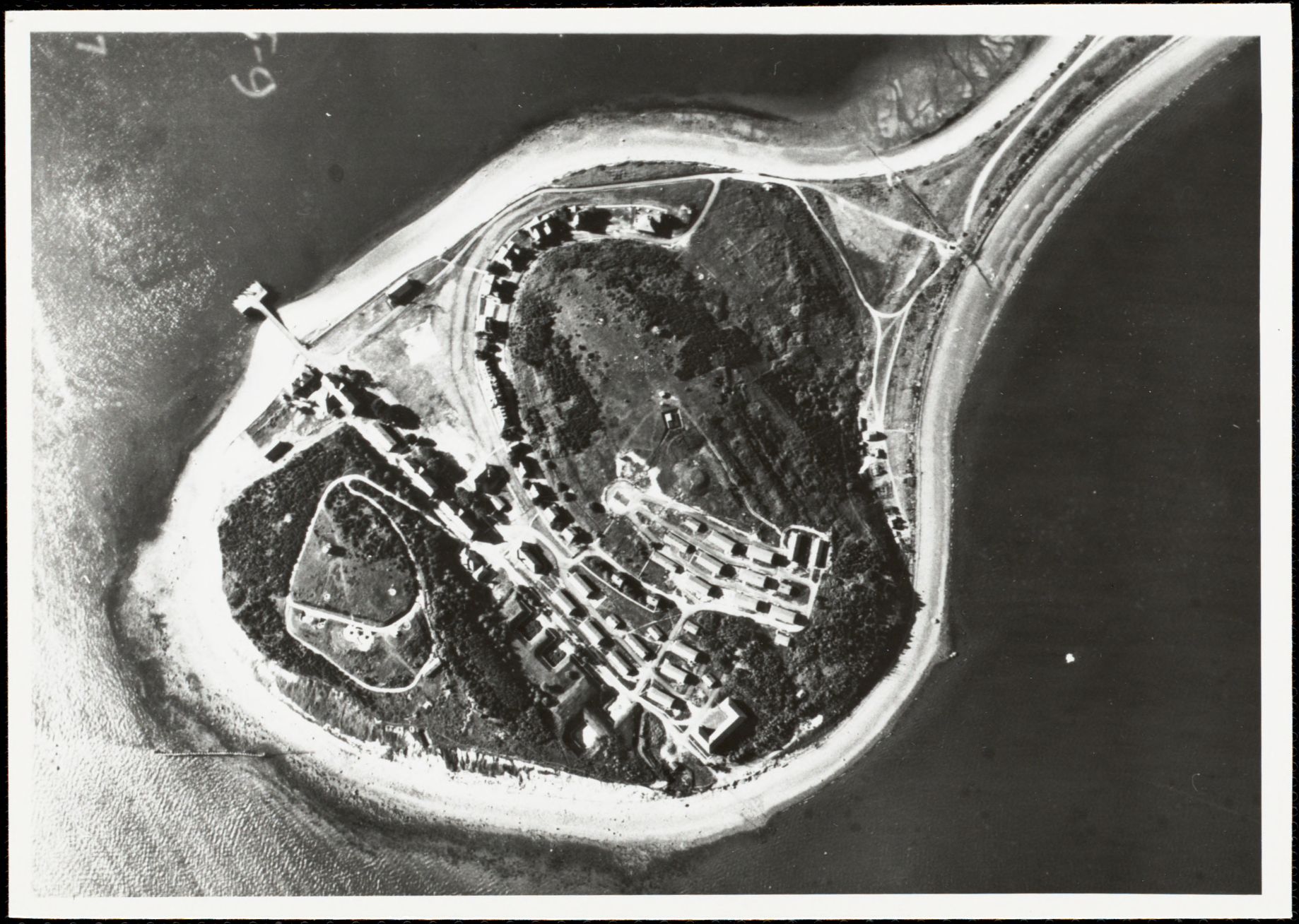
Fort DawesFort Dawes, formerly located on Deer Island, served as a crucial part of the defense of Boston Harbor during World War II. It primarily operated as a station for naval observation and monitoring. 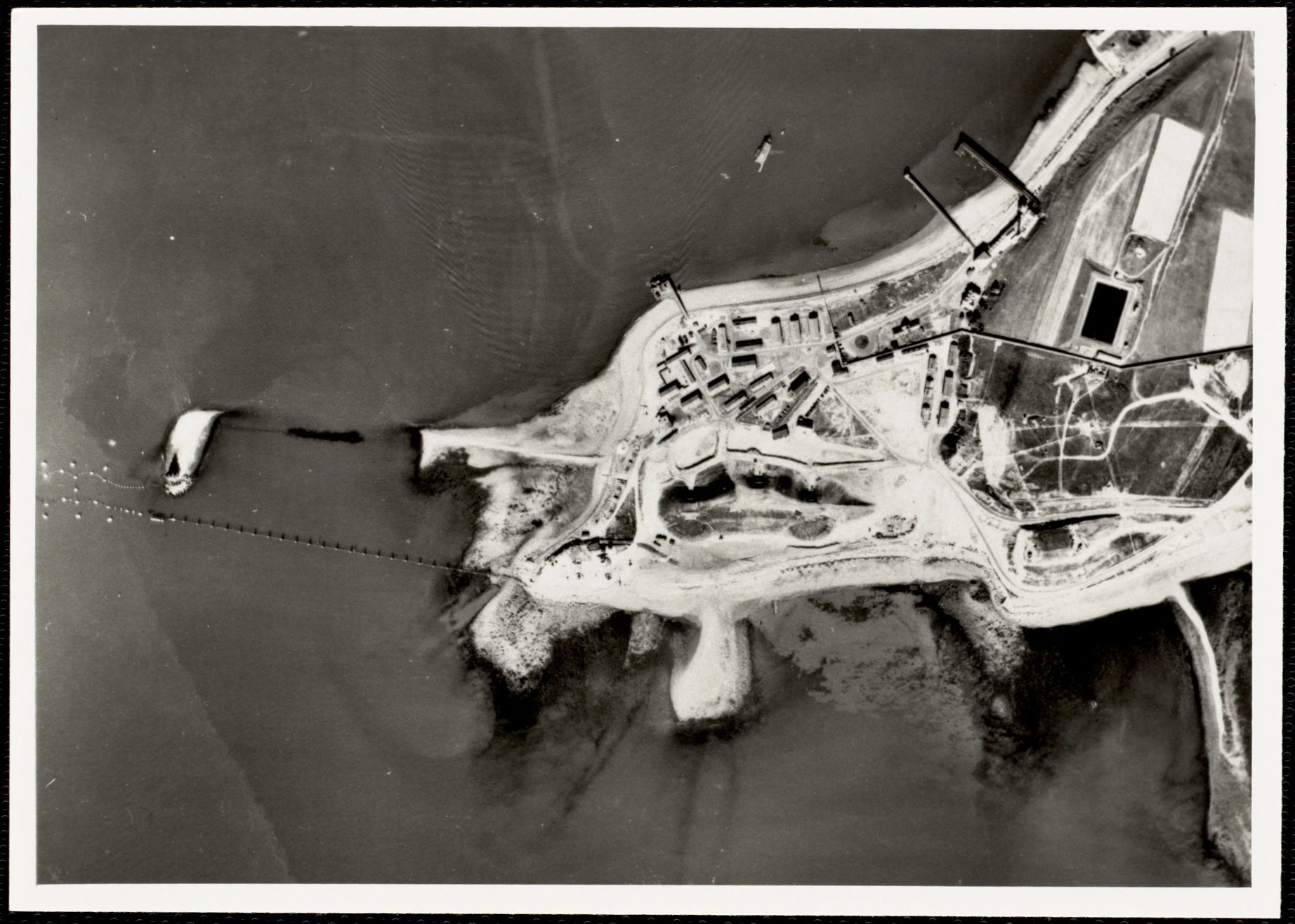
Fort DuvallLocated on Spinnaker Island, Fort Duvall primarily saw action during World War II. Similar to other forts, it contained heavy artillery for defending Boston Harbor. 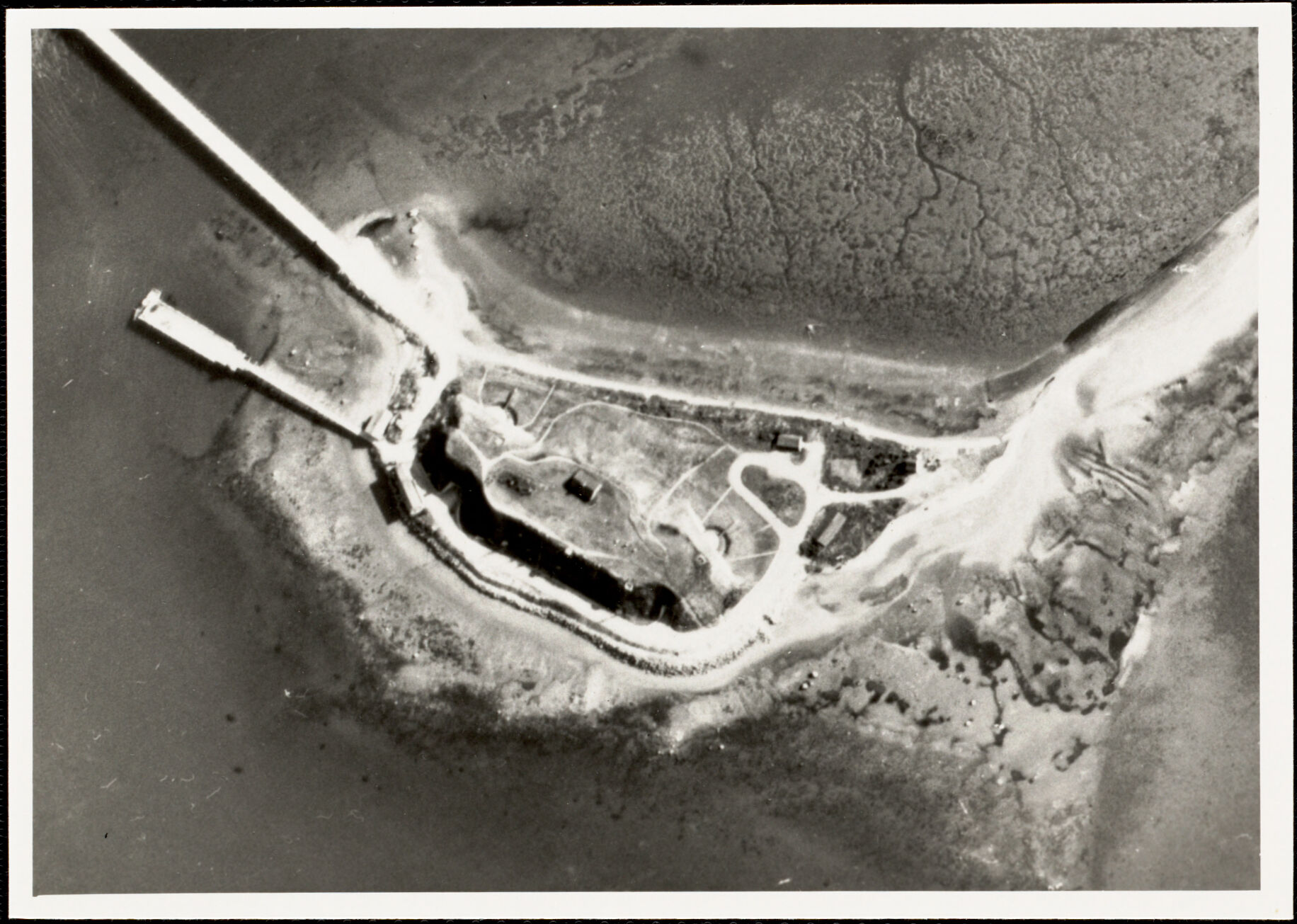
Fort RevereFort Revere stands on Telegraph Hill in Hull. The fort played an important role in the defense of Boston Harbor throughout history, from the colonial era to World War II. 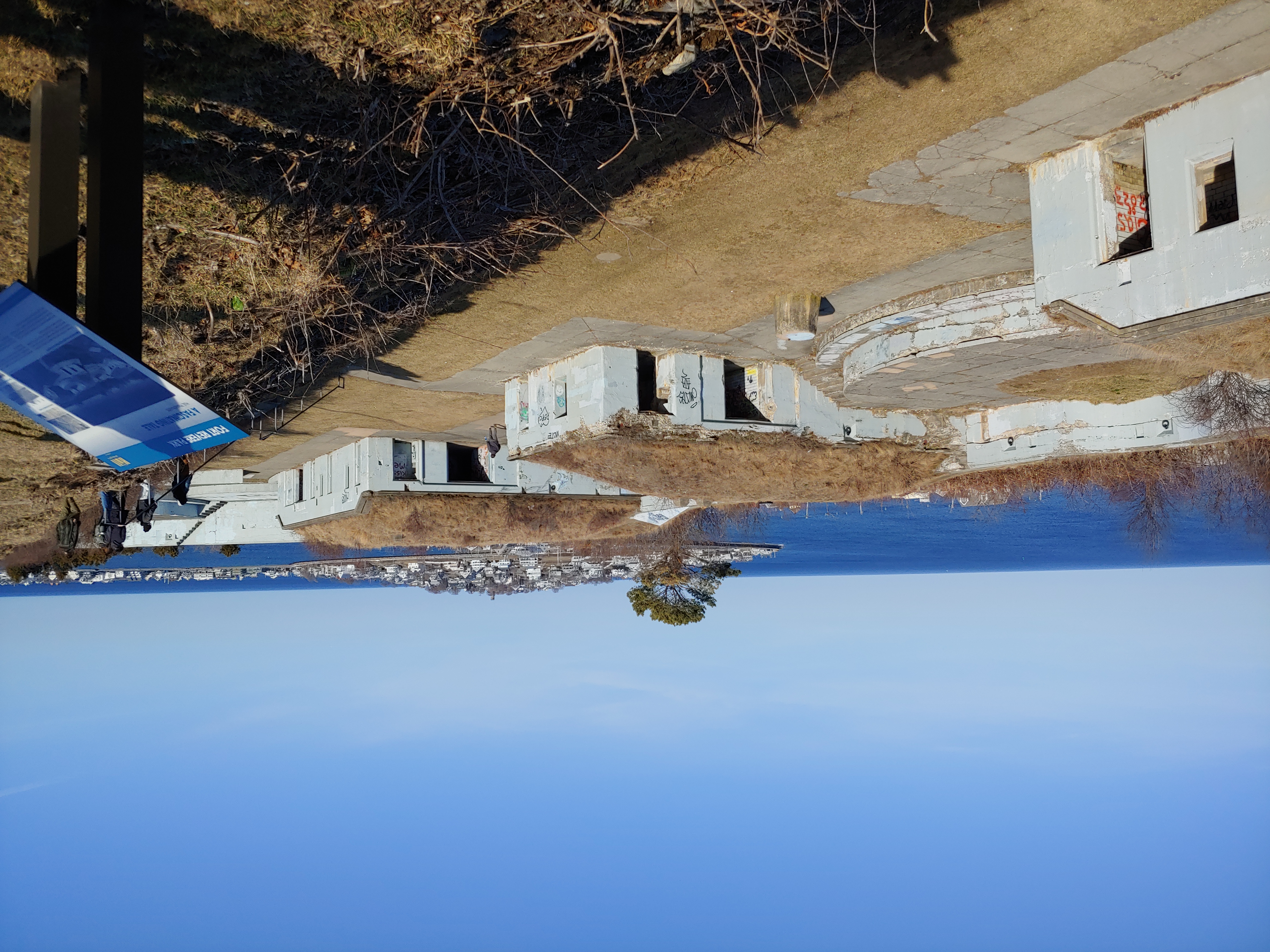
Fort StandishOne of the last forts constructed in Boston Harbor, Fort Standish on Lovells Island defended the entrance to the Harbor during the World Wars. 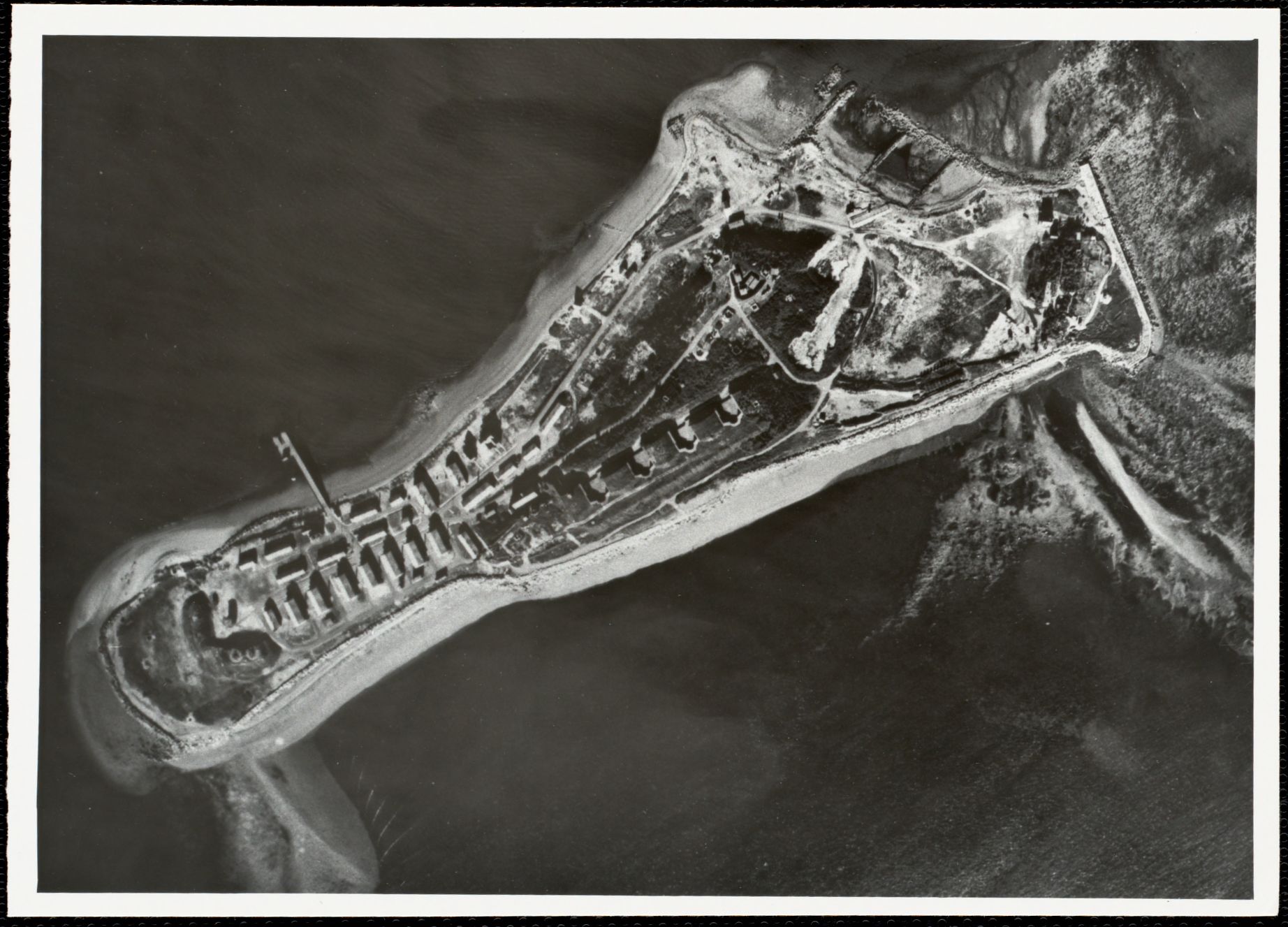
Fort Strong - Camp WightmanFrom its prominent position near the center of the harbor, Fort Strong protected Long Island and Boston Harbor for nearly a century. 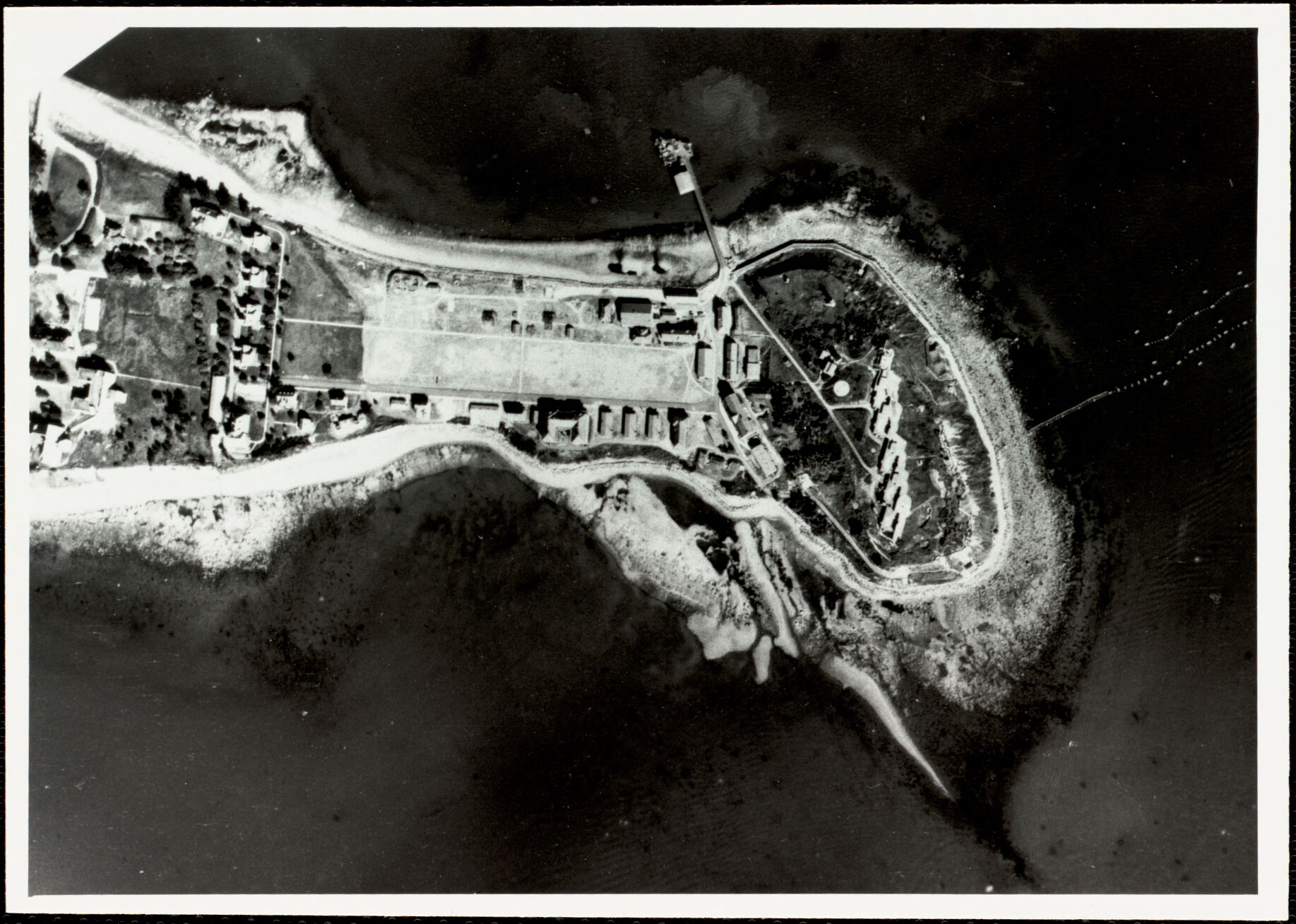
Fort WarrenDesigned and built from the 1830s to the 1860s, Fort Warren is an extant example of a Third System-era fortification. Over the years, Fort Warren played an important role in the Civil War, Spanish-American War, World War I, and World War II. 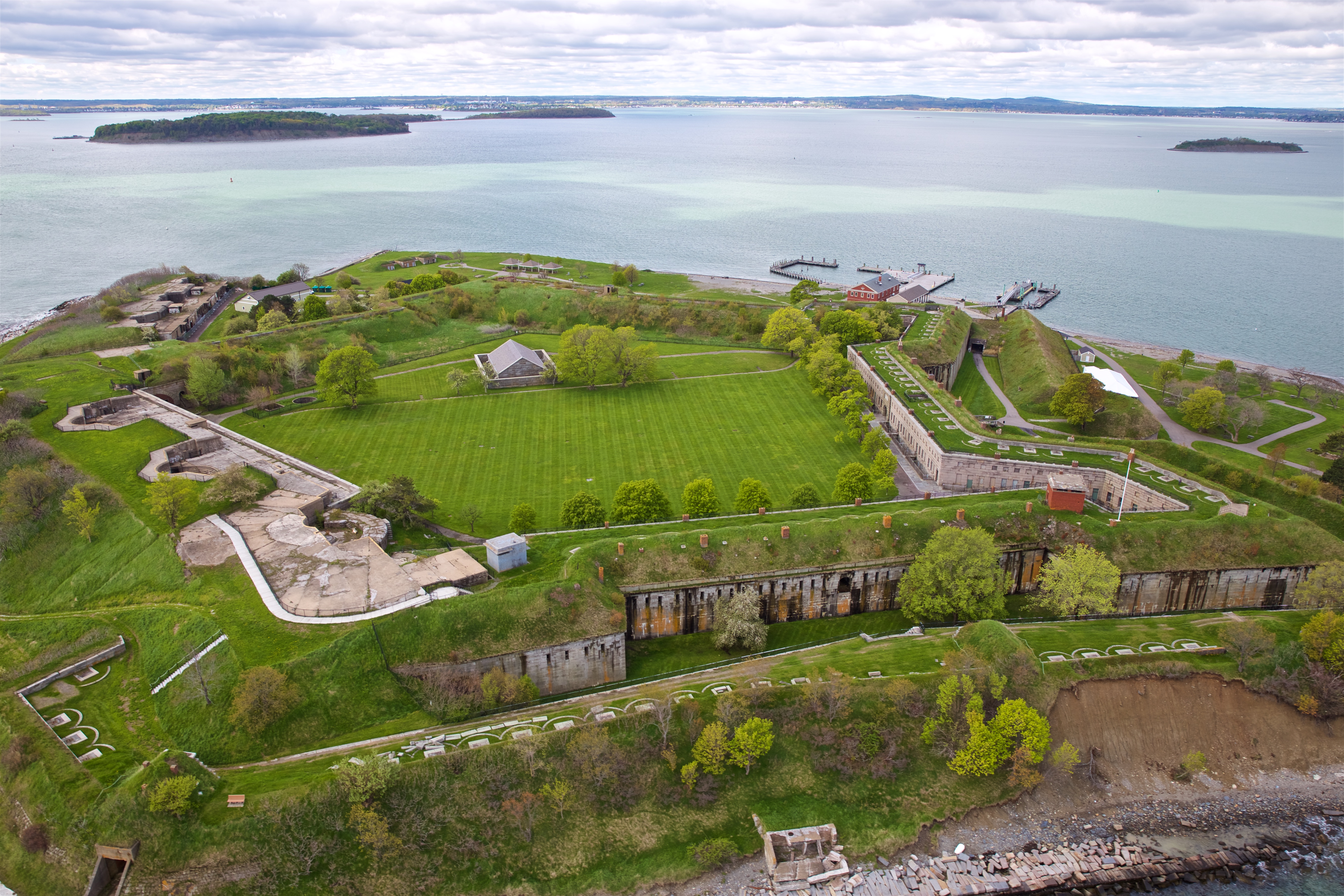
Fort WinthropOne of the older forts in Boston Harbor, Fort Winthrop defended Governors Island from 1808 until its abandonment in 1905. 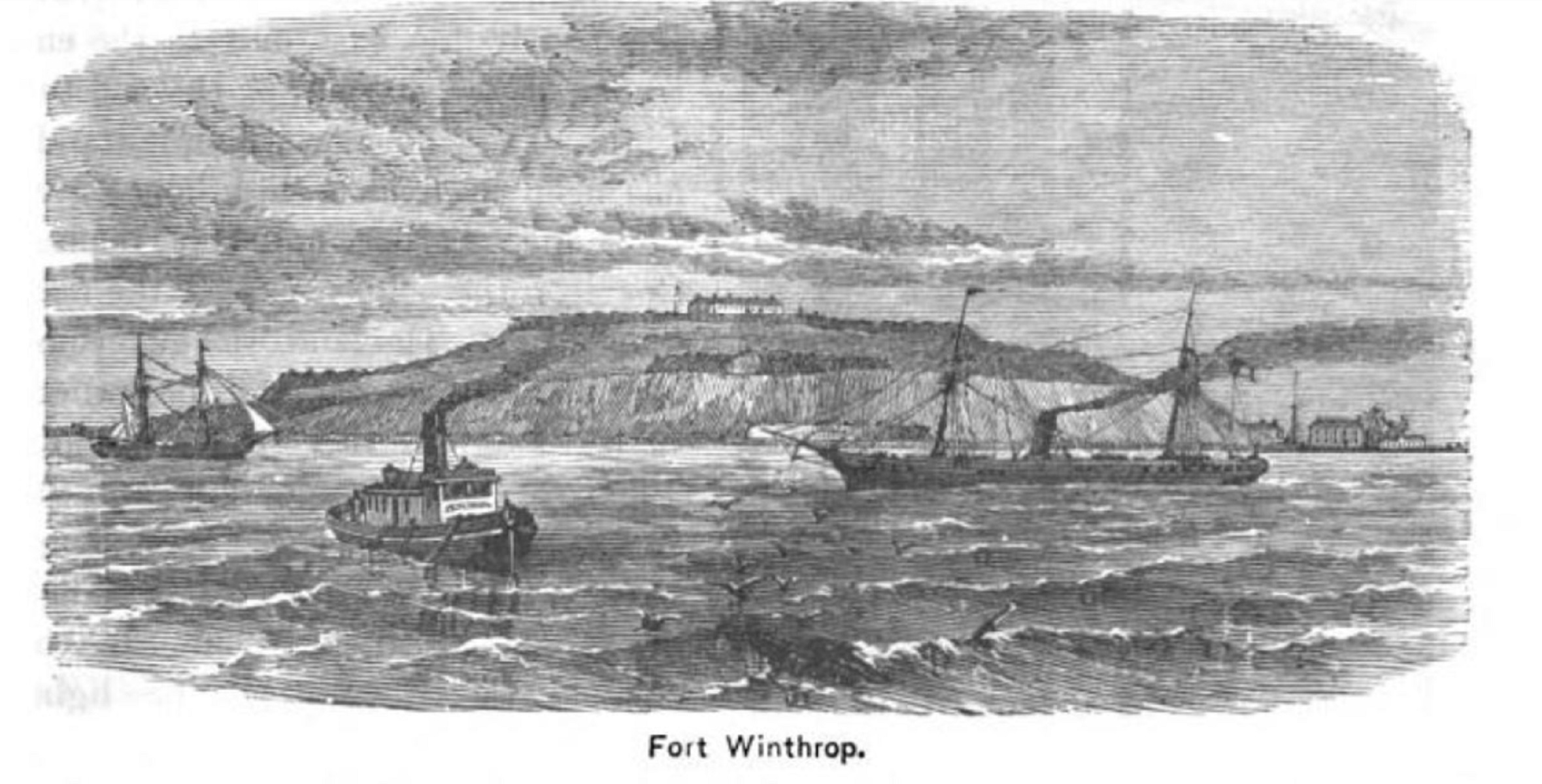
Front I and Bastion A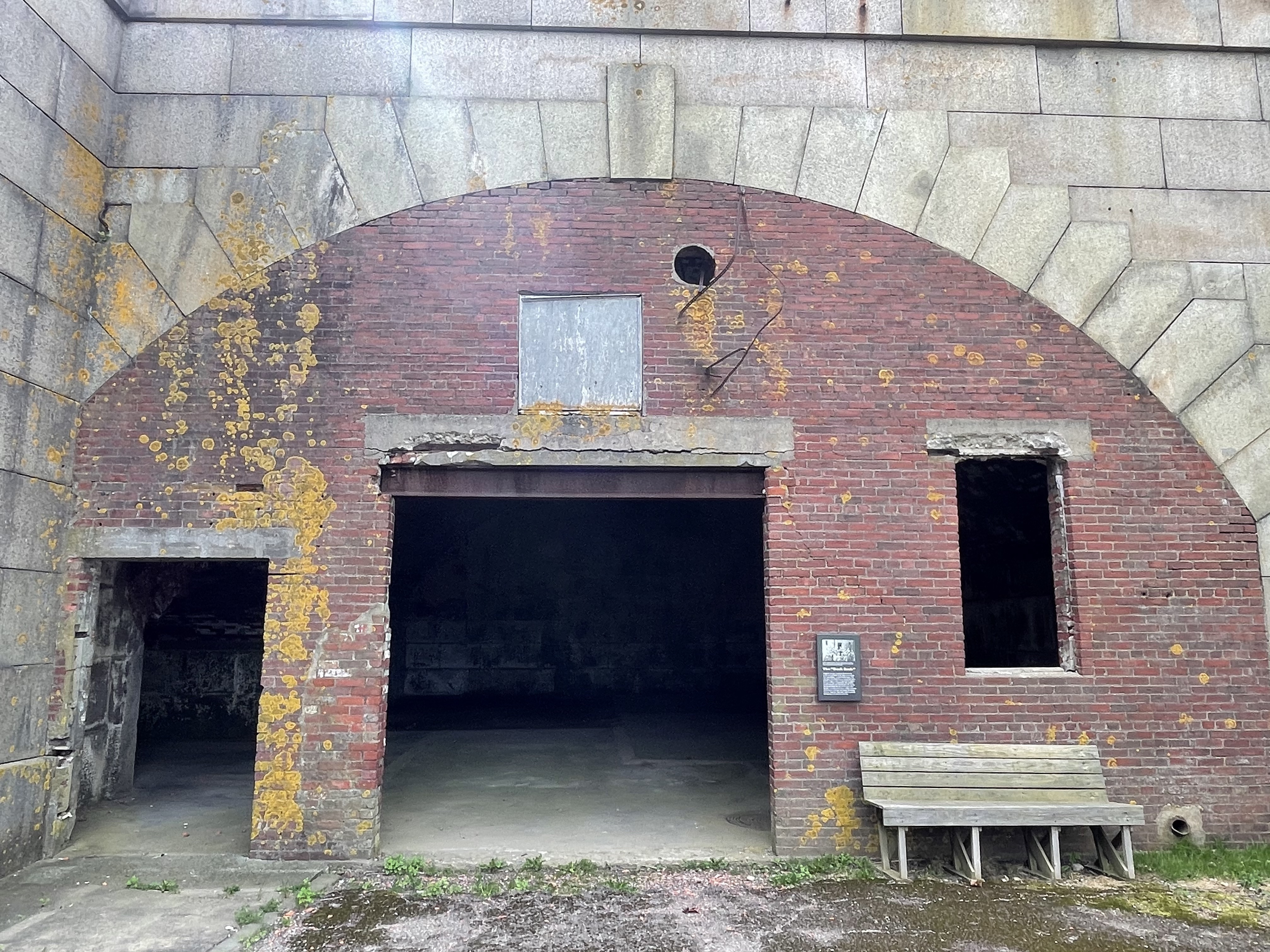
Front II and Bastion B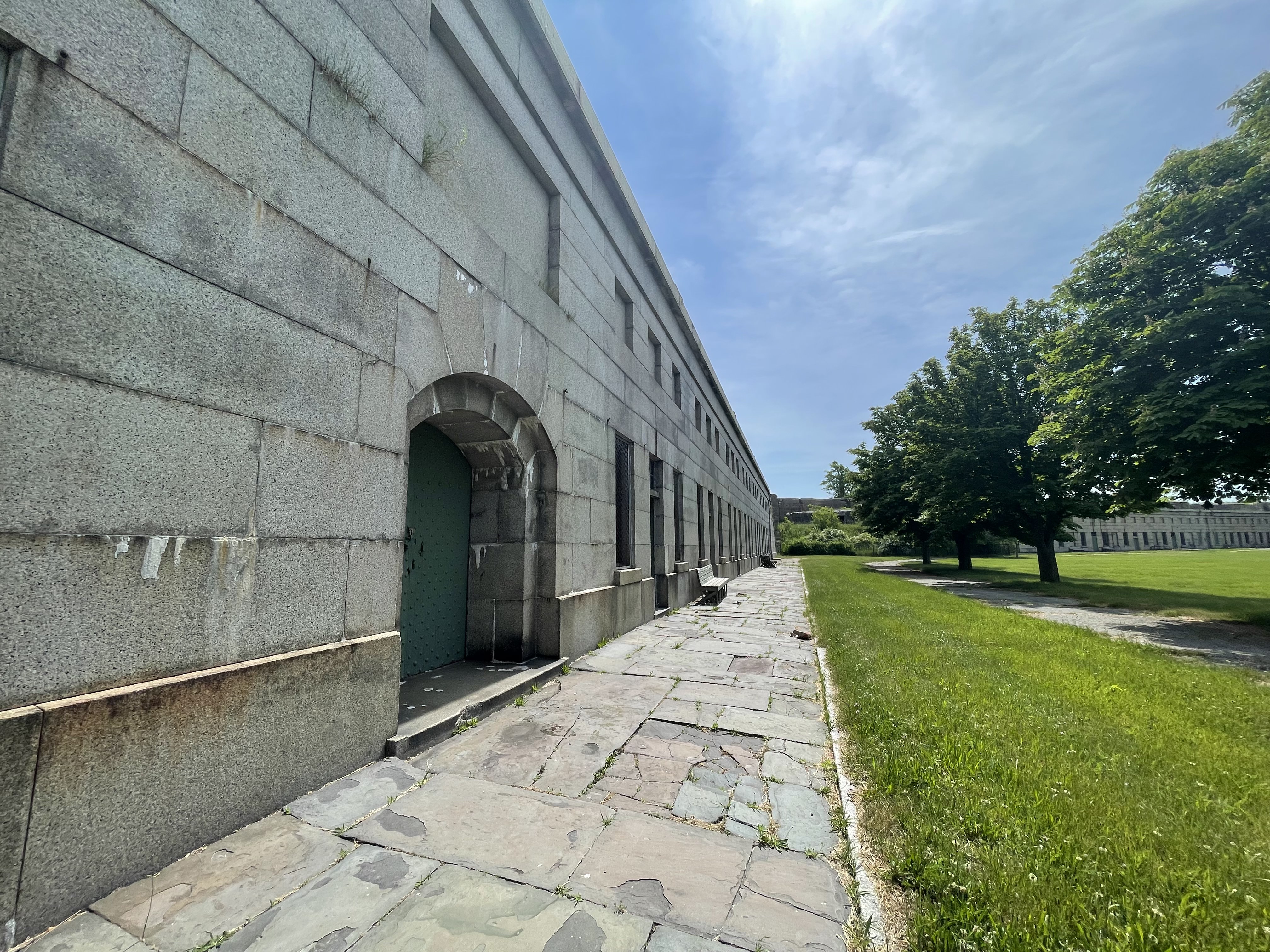
Gallops IslandSix miles from Long Wharf, sits the 50- acre Gallops Island. The island is composed of one drumlin that is 79 feet. The island offers wonderful views of the harbor and surrounding islands. 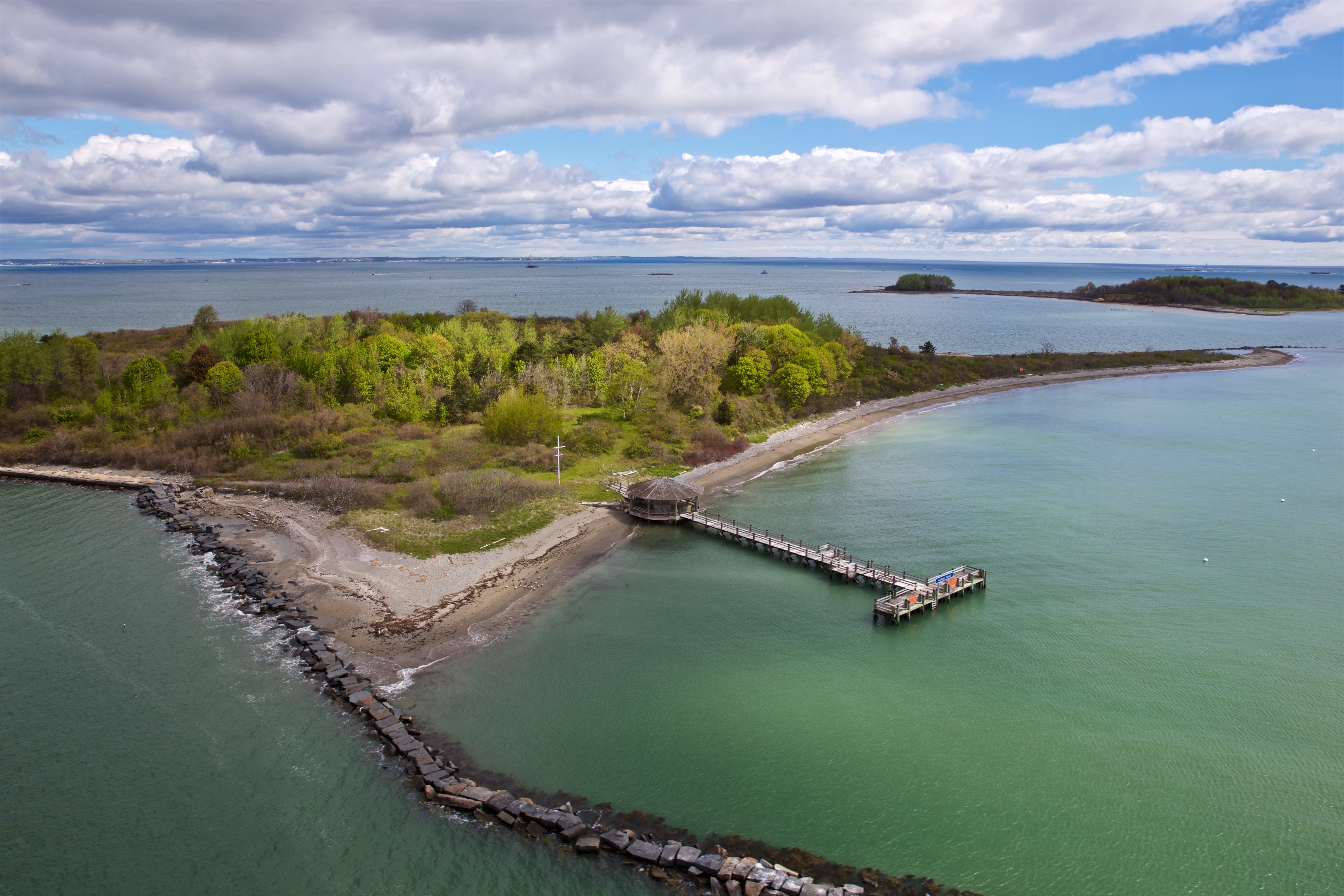
Georges IslandLocated seven miles from downtown Boston, this 53-acre island is home to Fort Warren, a National Historic Landmark. Although now owned and operated by the Massachusetts Department of Conservation and Recreation, Georges Island once provided a strategic location for defending the port of Boston. 
Georges Island Dock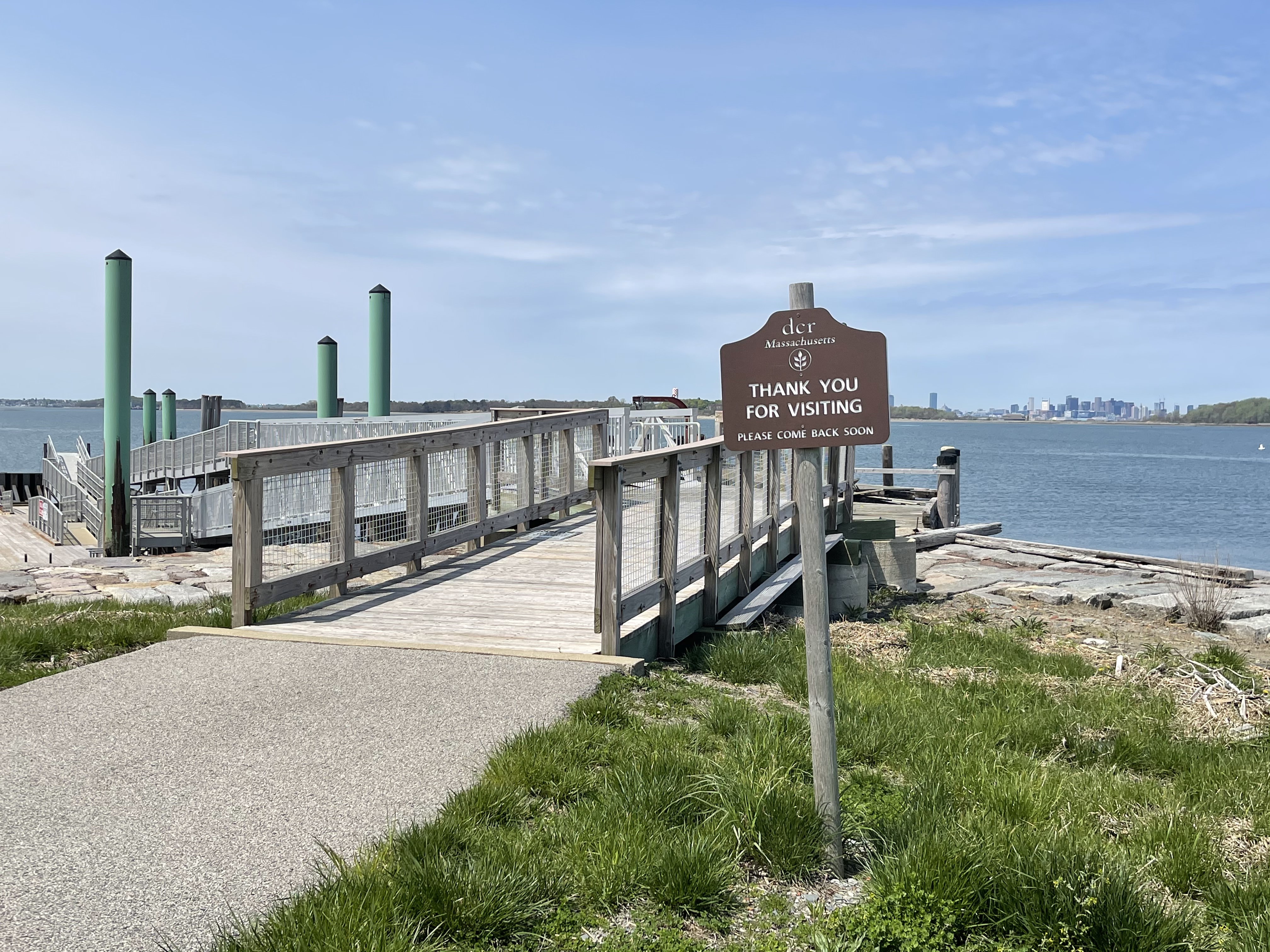
Governors Island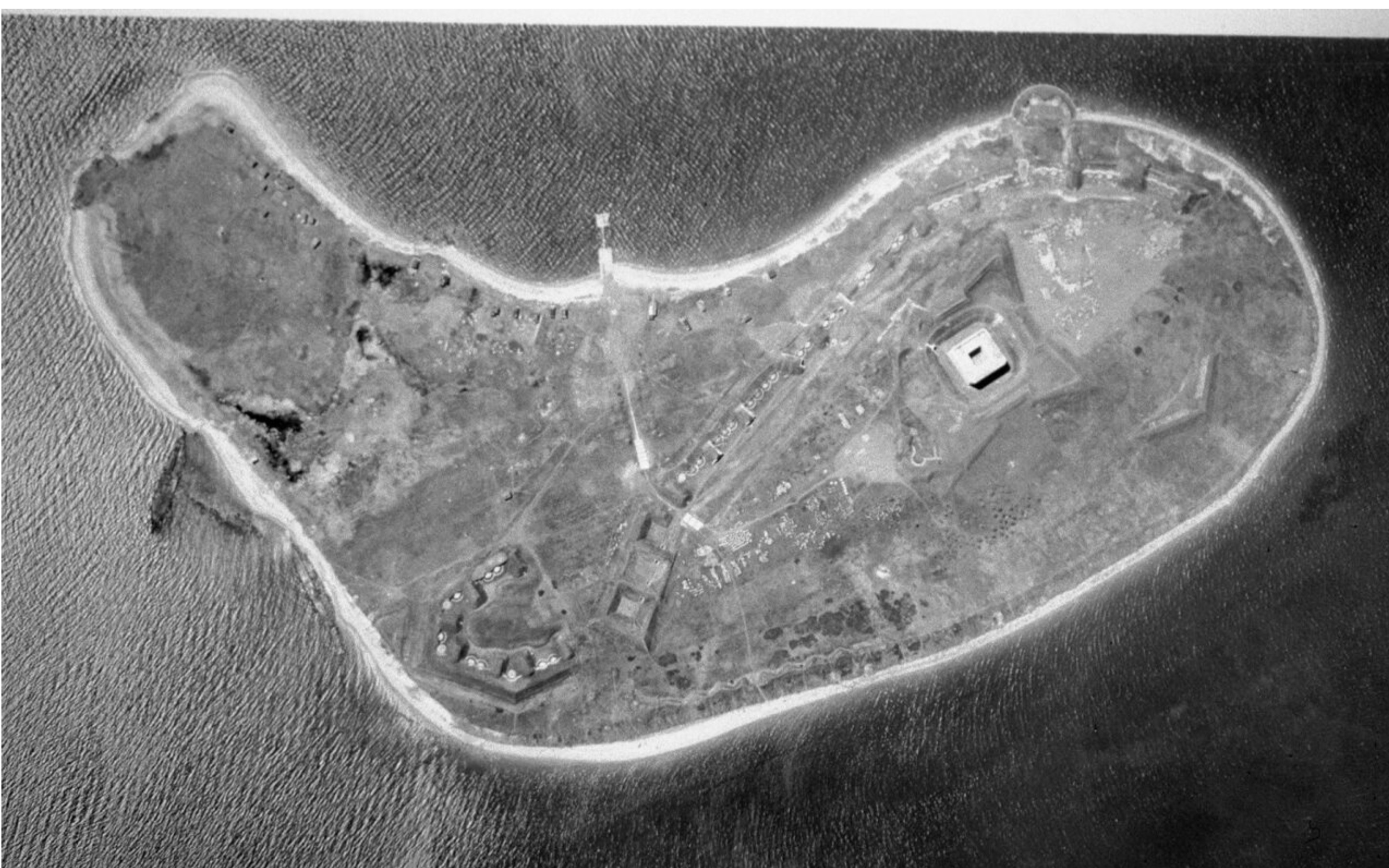
Grape IslandGrape Island sits right off the coast of Weymouth, south of Boston. Its size varies depending on the tides: 54 acres at high tide, 101 acres at low tide. Grape Island is recognized as a wildlife haven, offering an abundance of wild berries for birds and other animals to enjoy. An island for the outdoor enthusiast, Grape Island features trails, beaches, picnic areas, and camp sites. 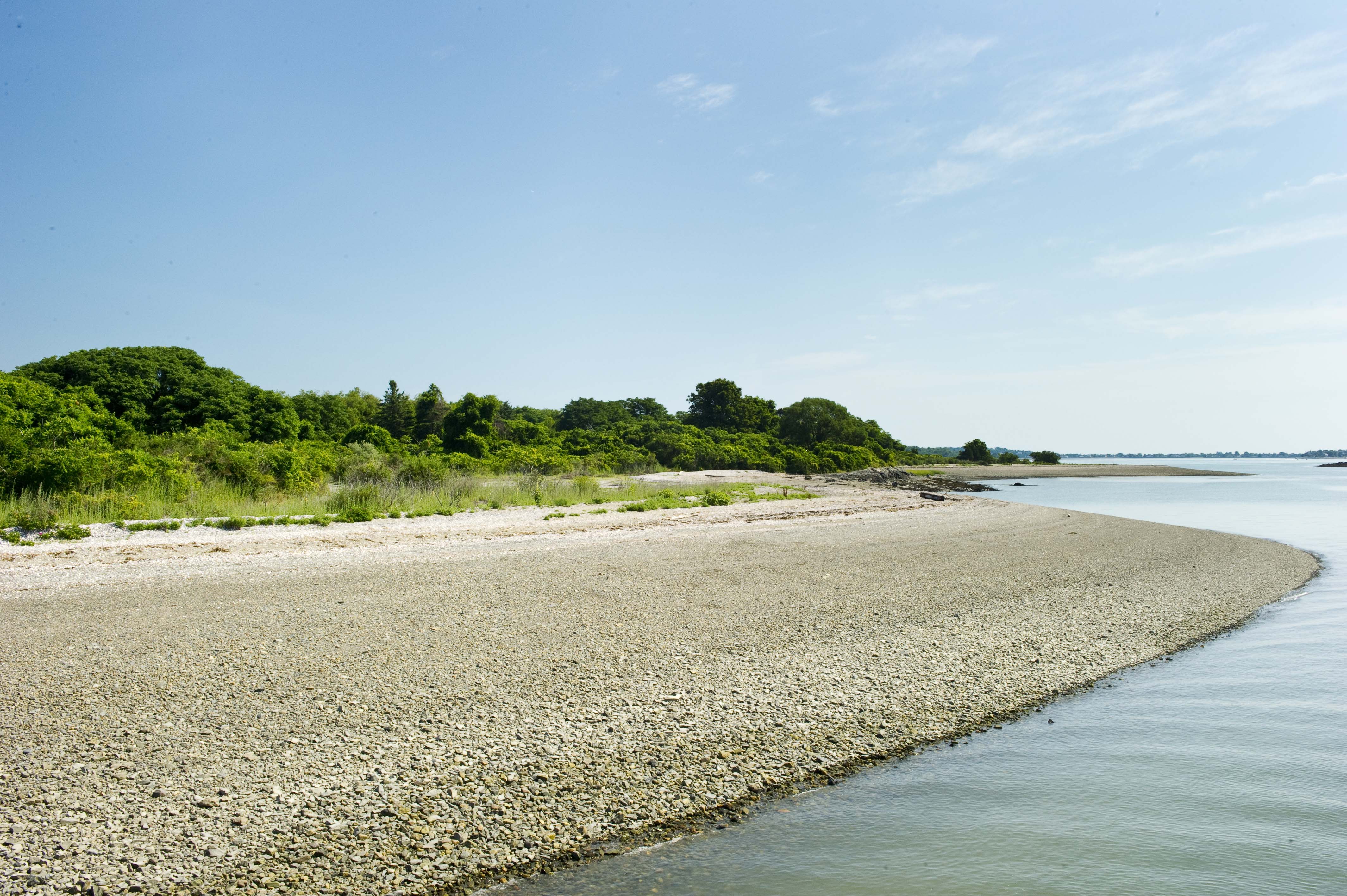
Graves LightThe Graves are located in the outer northeast corner of the Boston Harbor at approximately 11 miles away from Boston. Rocky outcroppings surround the island. They sit at 15 feet above sea level at high tide, making them a dangerous peril to passing ships. 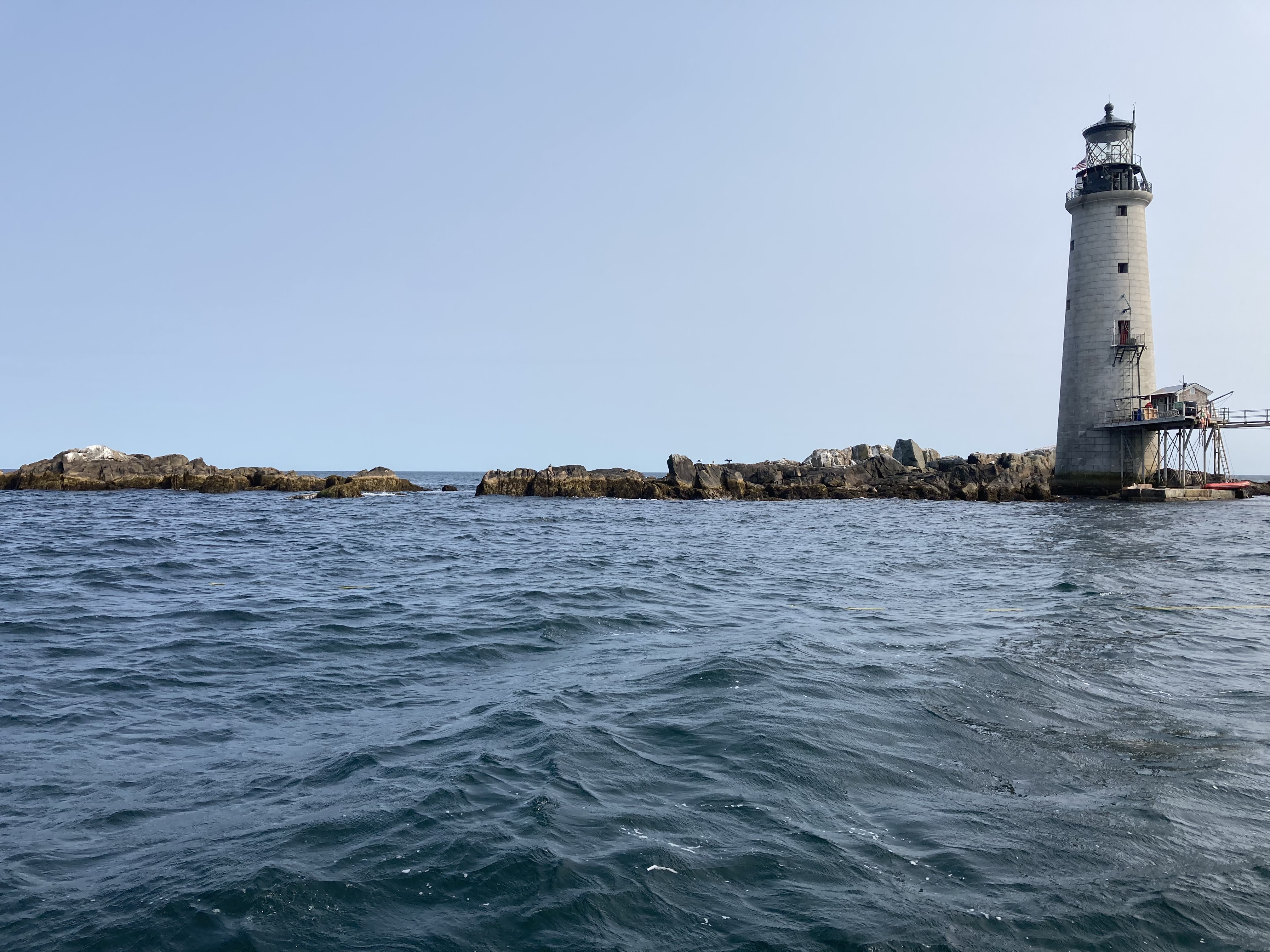
Great Brewster IslandLocated in the outer harbor, Great Brewster Island sits about 9 miles away from Long Wharf. It is the largest outer harbor island at 68 acres. 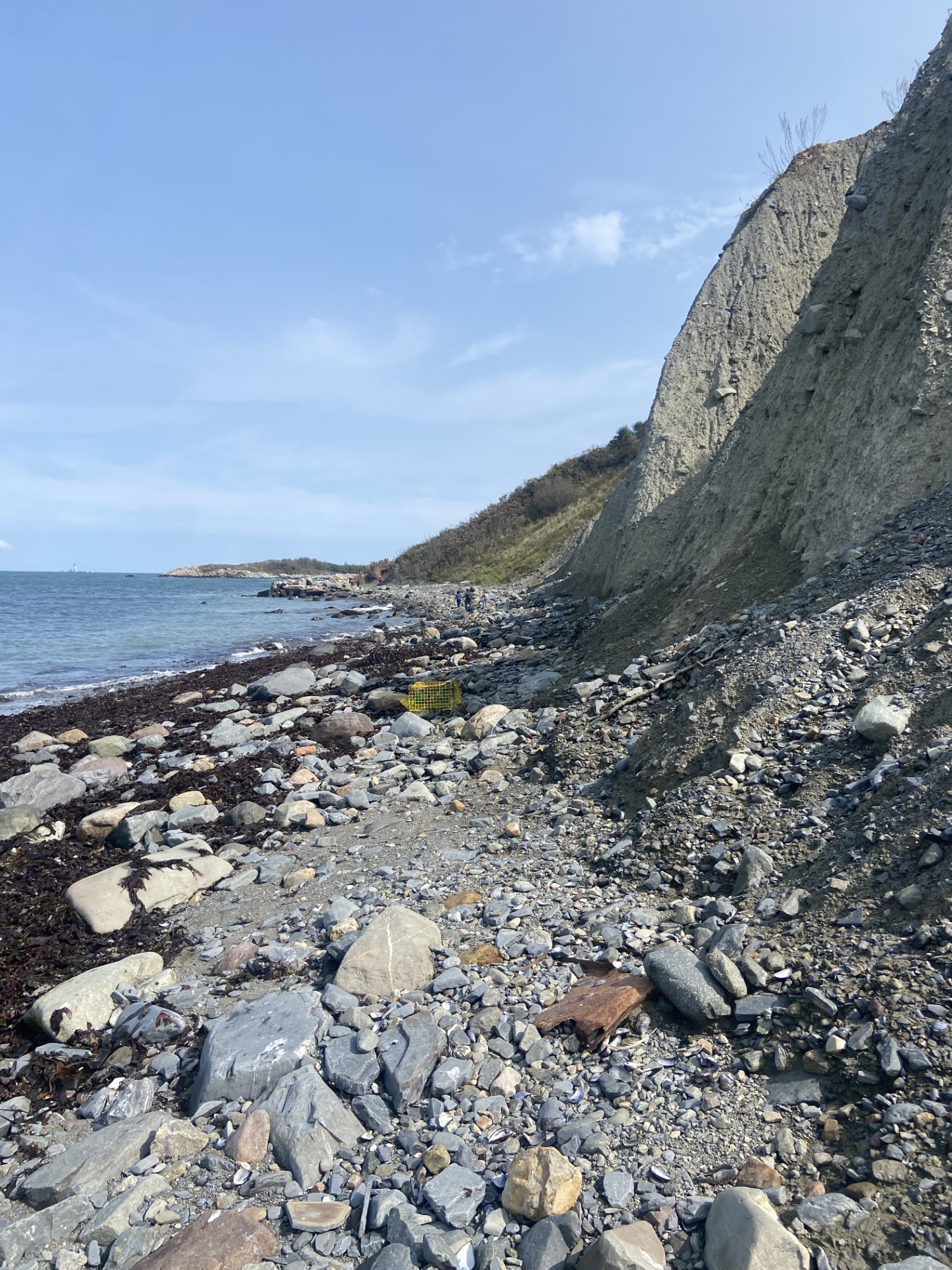
Green Island, BostonGreen Island sits 9.5 miles away from Long Wharf in the outer harbor. It is a barren island that is 1.8 acres with rocky outcrops and minimal vegetation. The island is currently owned by Massachusetts Department of Conservation and Recreation. 
Hangman IslandIn the Quincy Bay area, 7 miles away from Long Wharf sits Hangman Island. 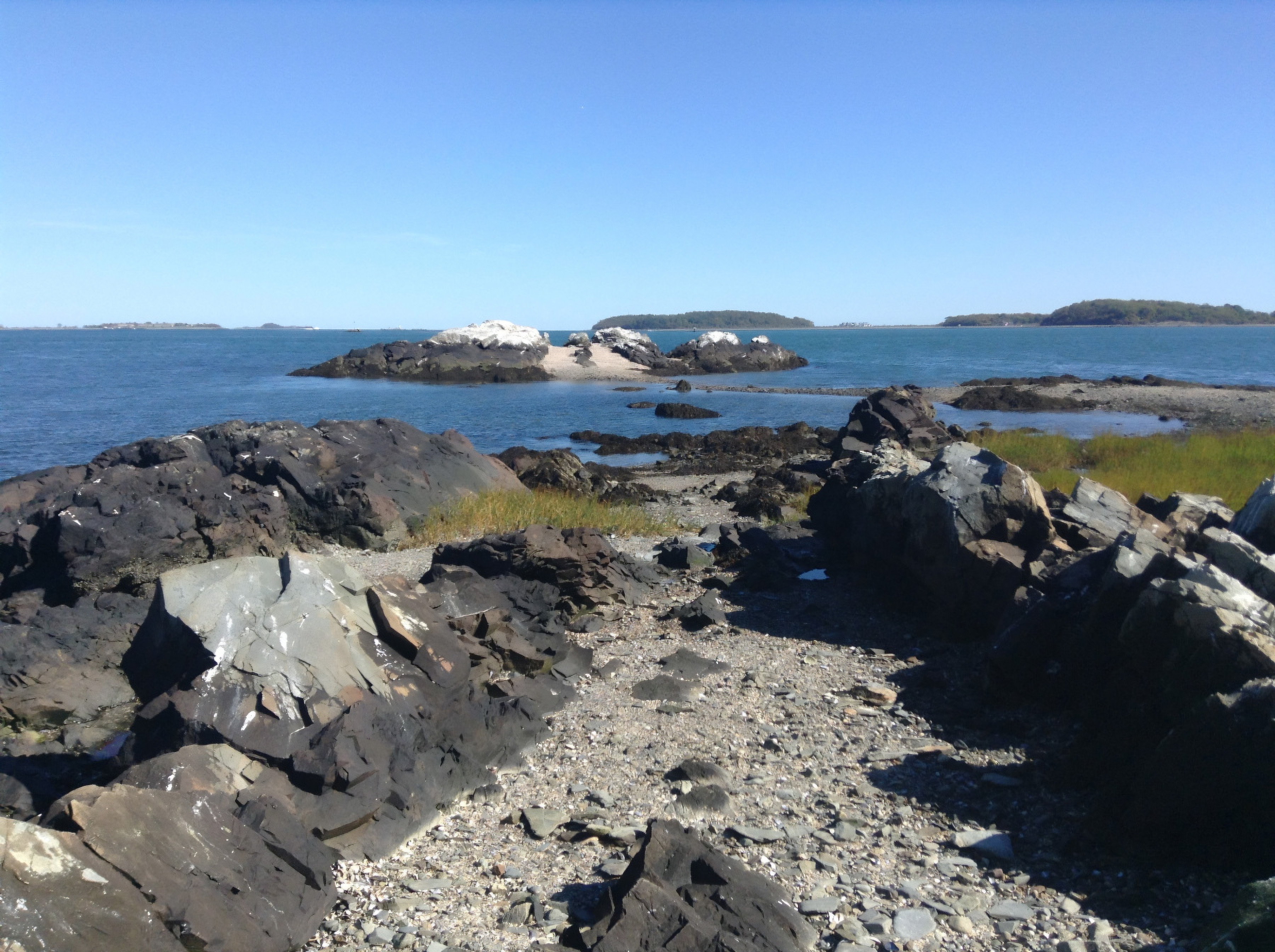
Langlee IslandEleven miles South of Boston, in the middle of Hingham Bay sits an eight-acre island called Langlee Island. Its closest in distance to Sarah, Ragged, and Button Islands. Similar to other islands in the harbor, local indigenous communities likely accessed the island seasonally before European settlers arrived. 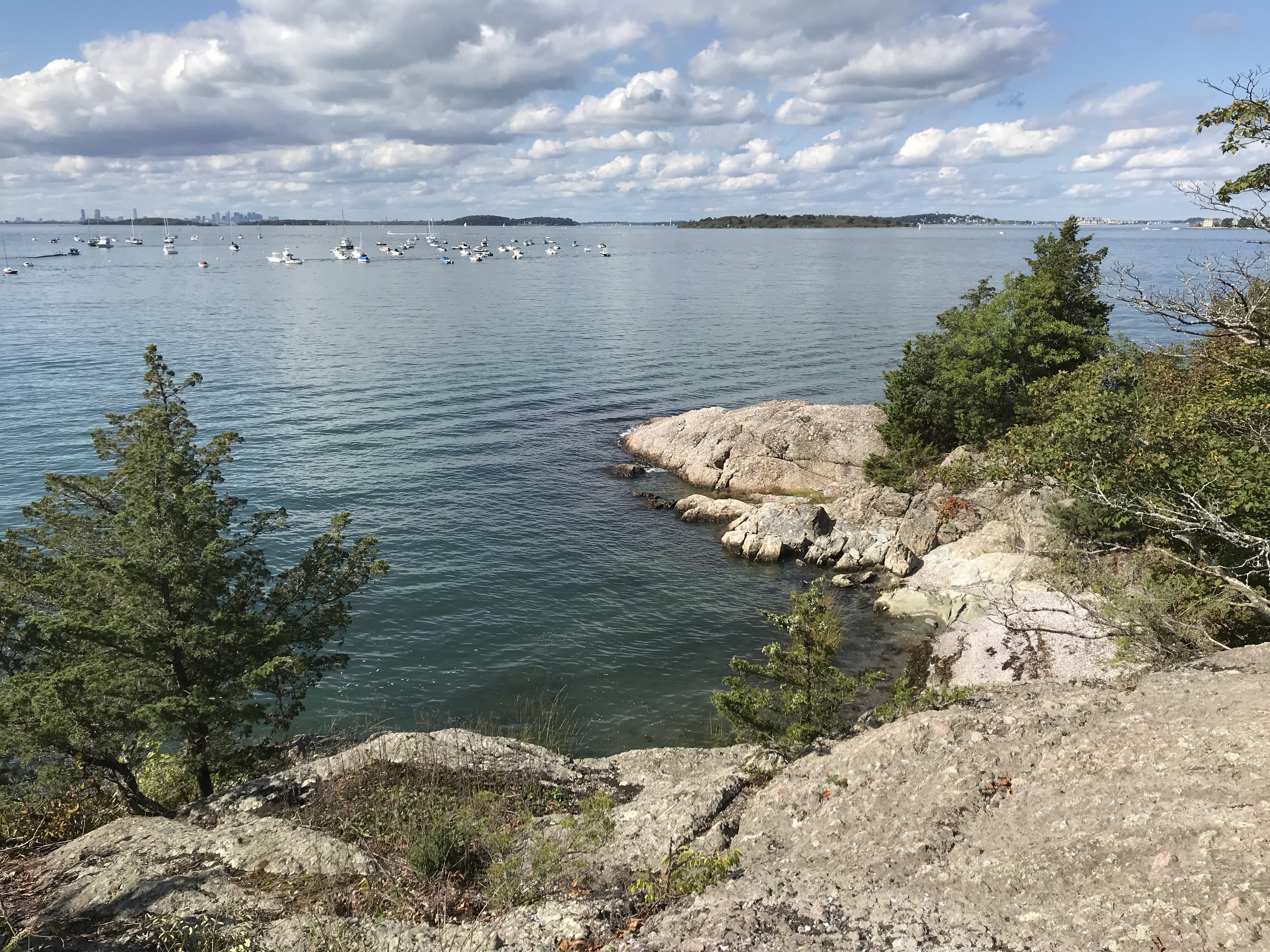
Little Brewster IslandLittle Brewster Island sits 9.3 miles from downtown Boston. Perhaps best known as the home of Boston Light, this 7-acre island is rich with history. 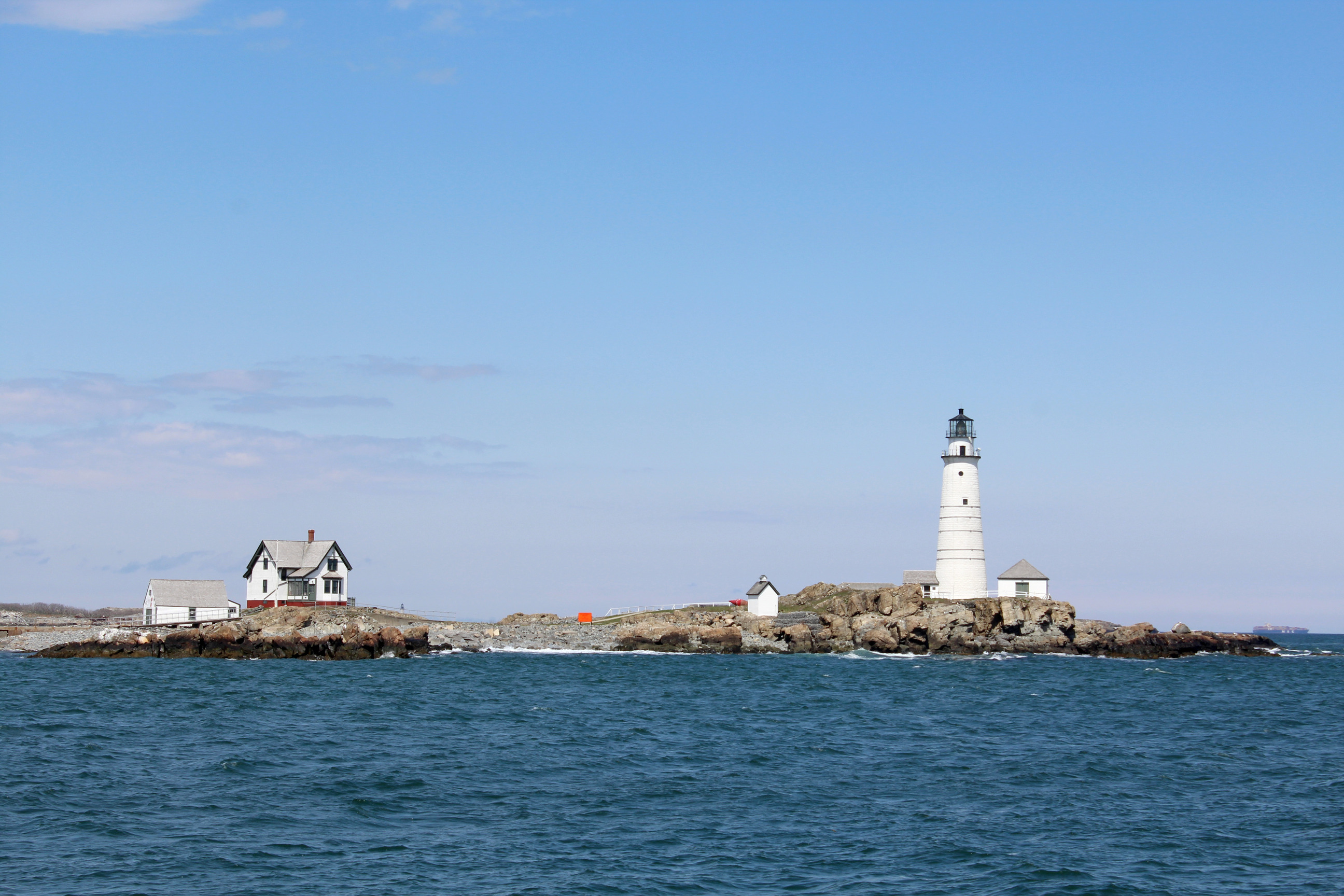
Little Calf IslandAbout 9.5 miles away from Long Wharf sits Little Calf Island. This outer harbor island is less than 1 acre and is made up of rocky outcroppings that rise 20 feet in elevation. 
|
| Visitor Centers | Count: 4
Boston Harbor Islands Welcome Center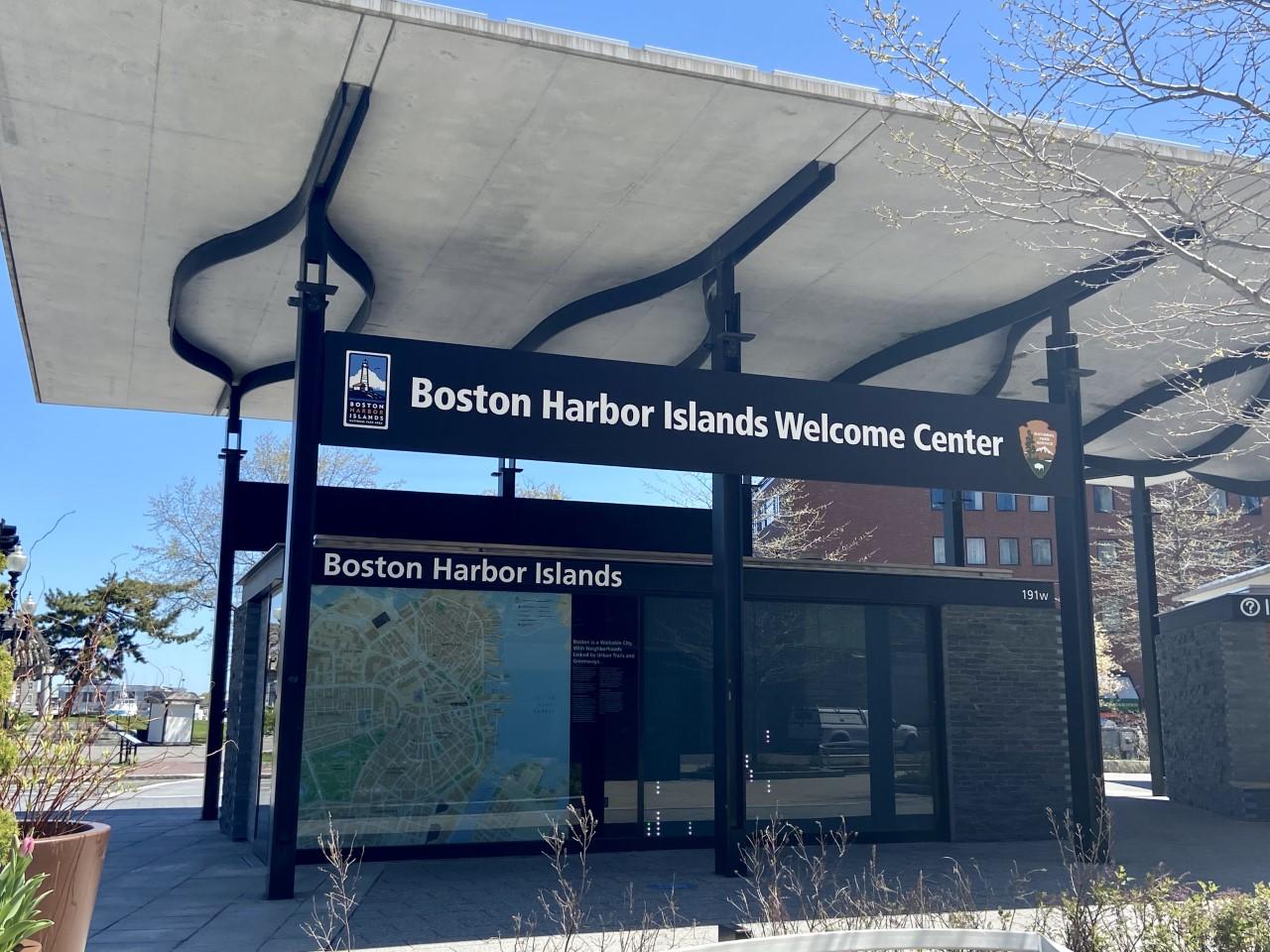
Georges Island Visitor Center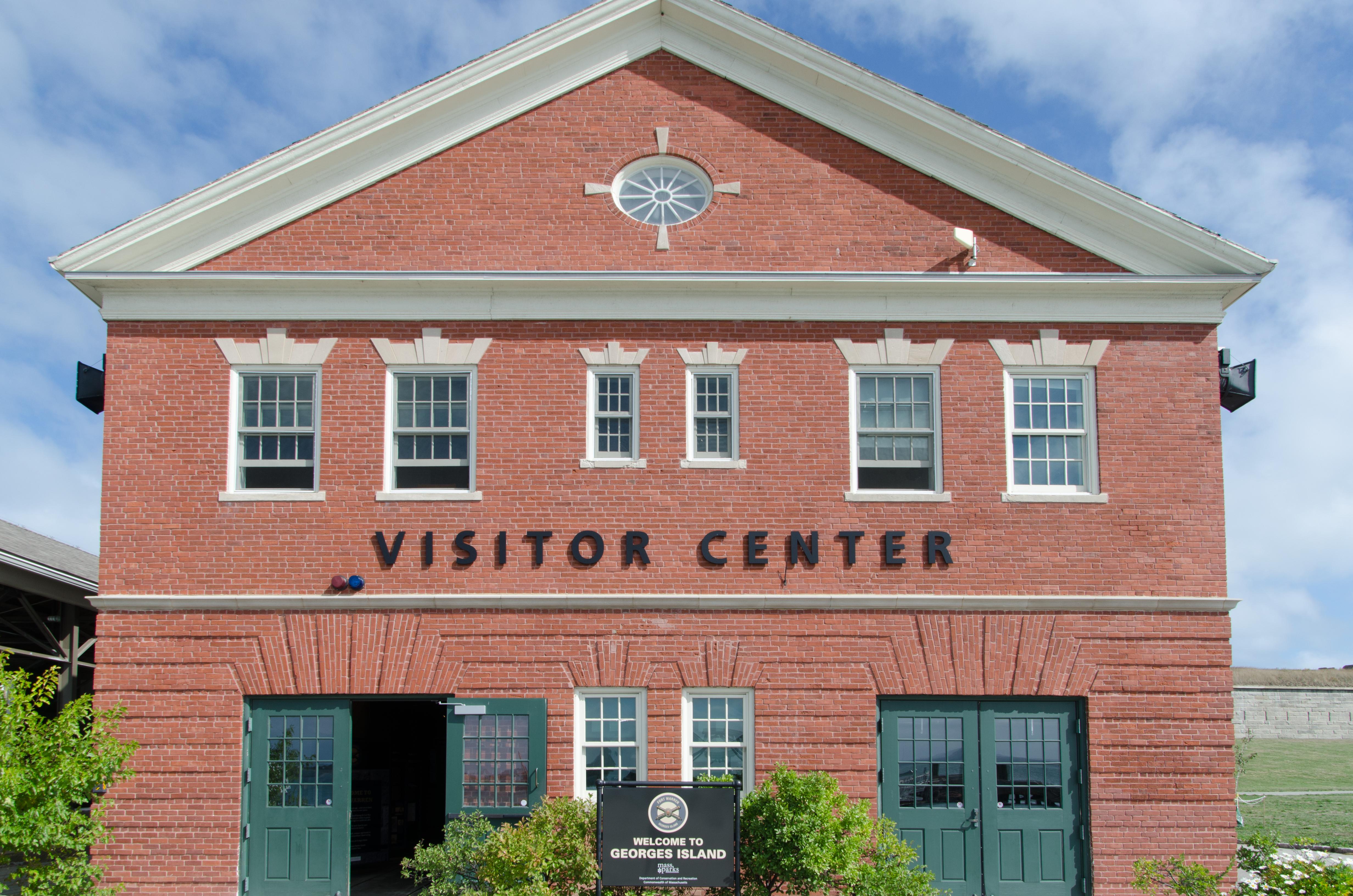
Peddocks Island Visitor Center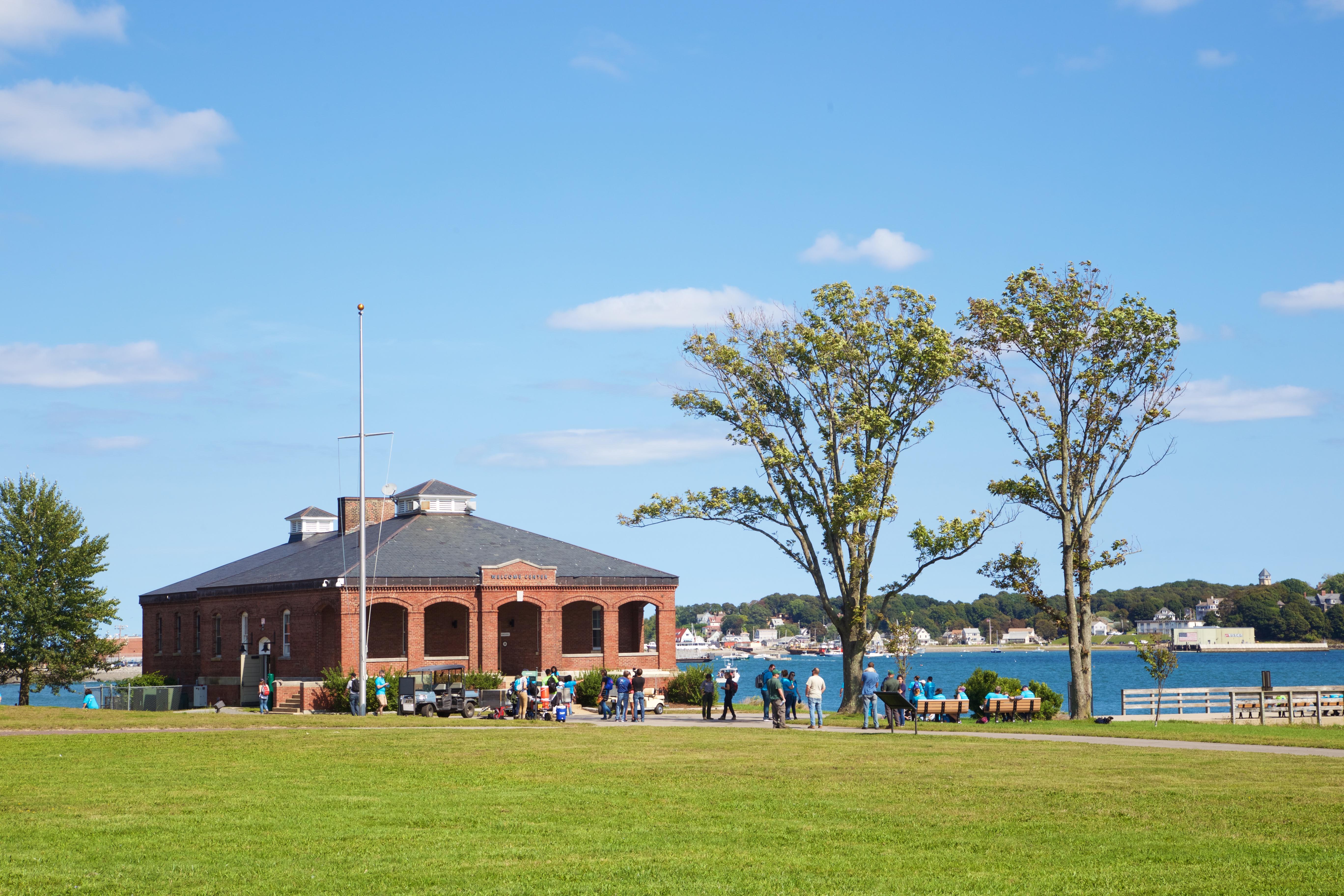
Spectacle Island Visitor Center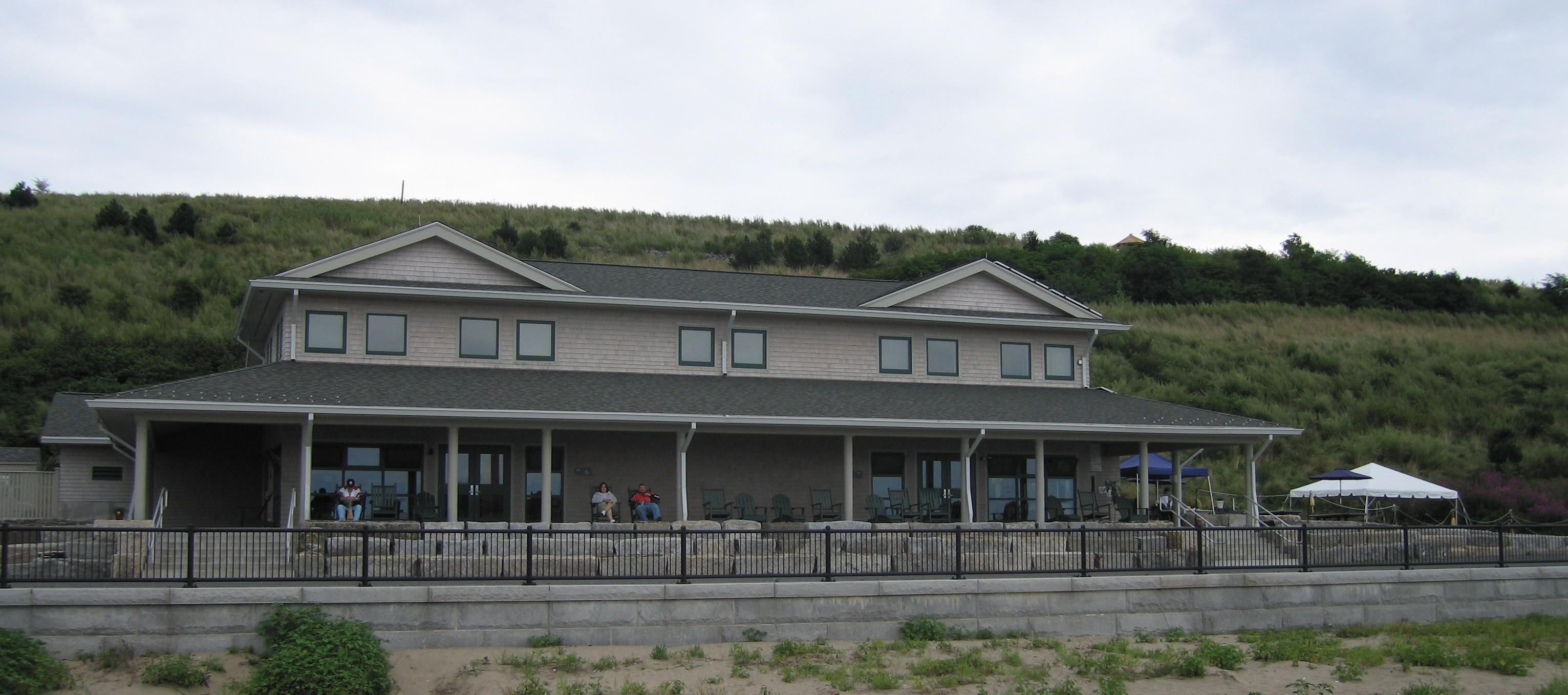
|
| Things to do | Count: 16
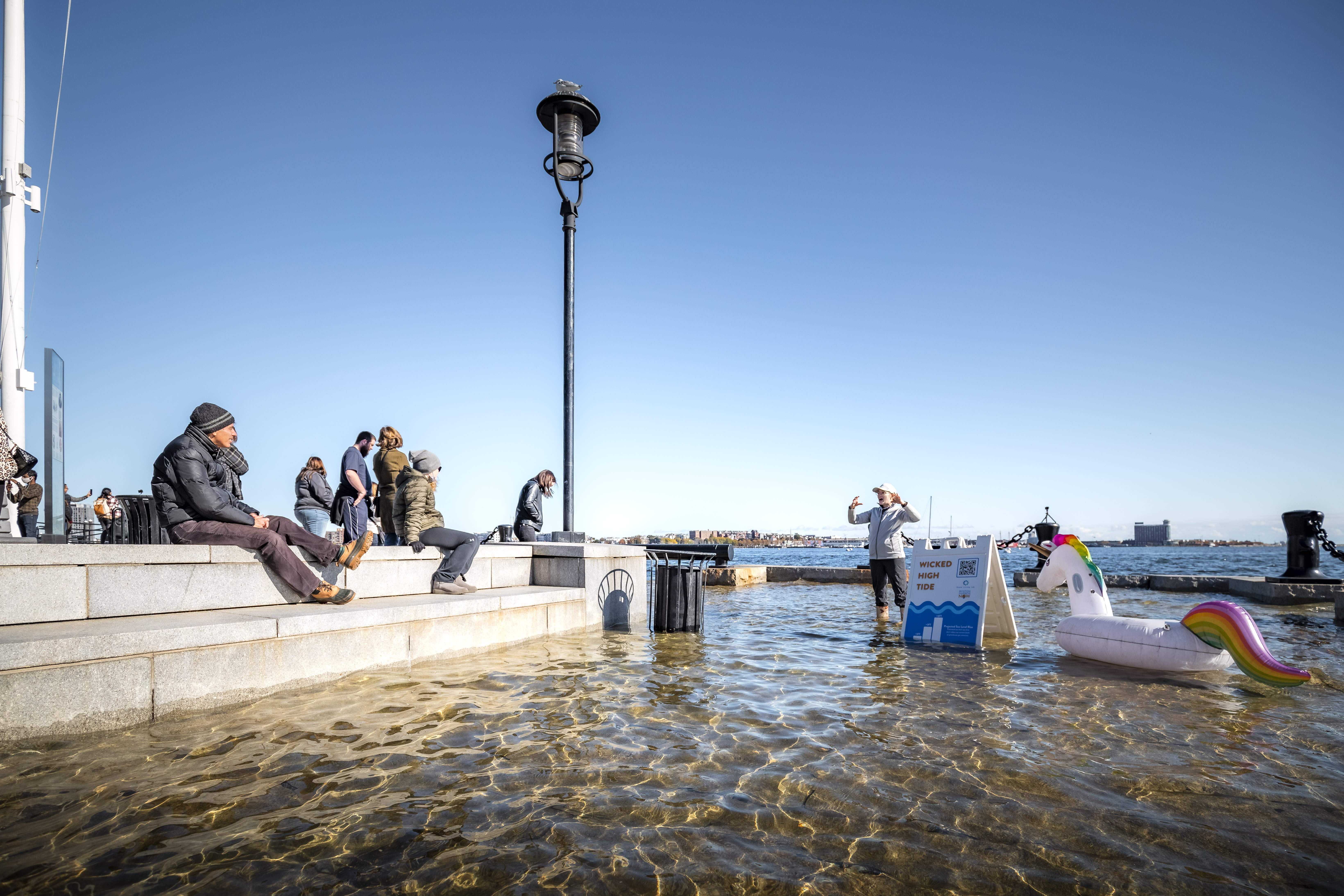
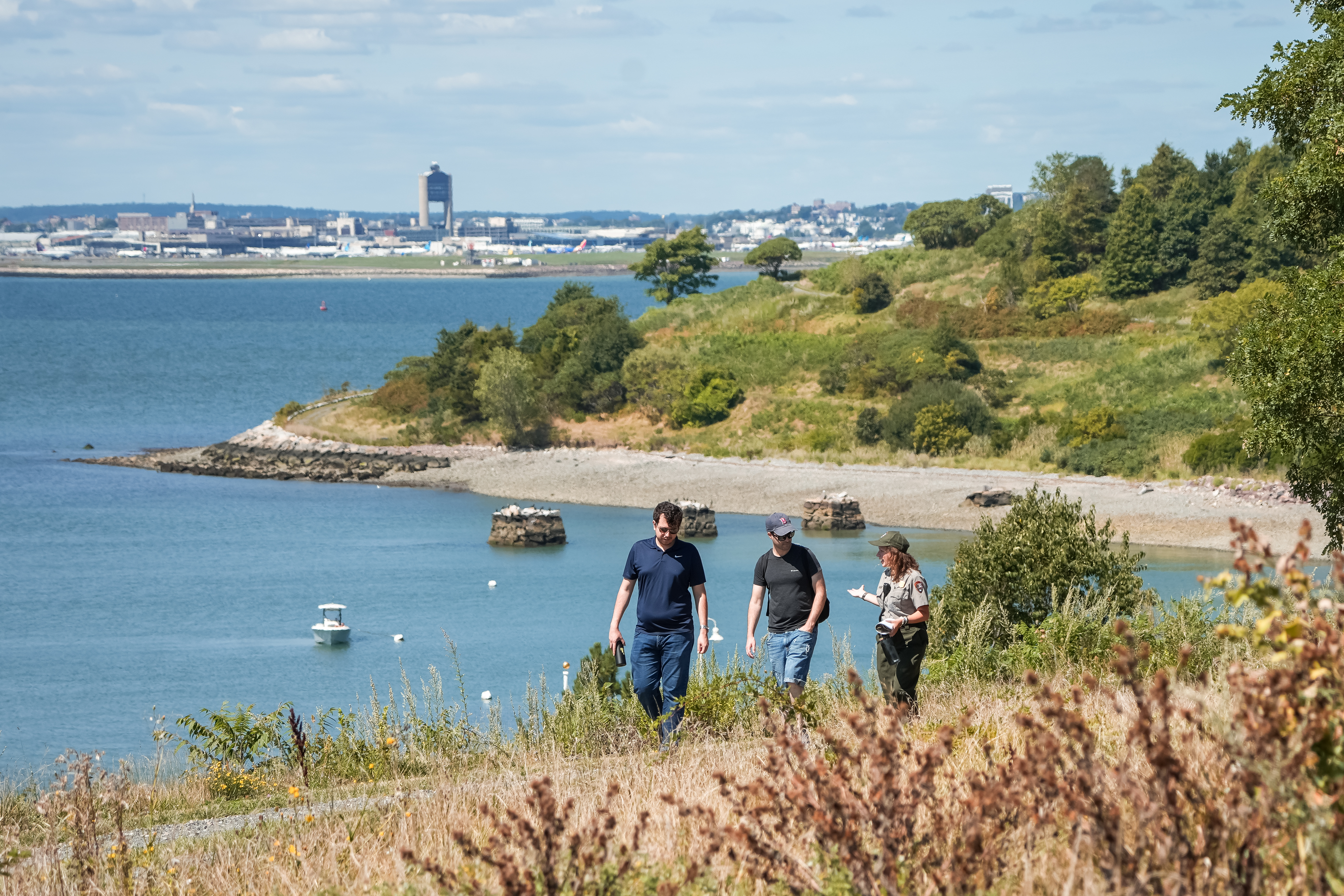
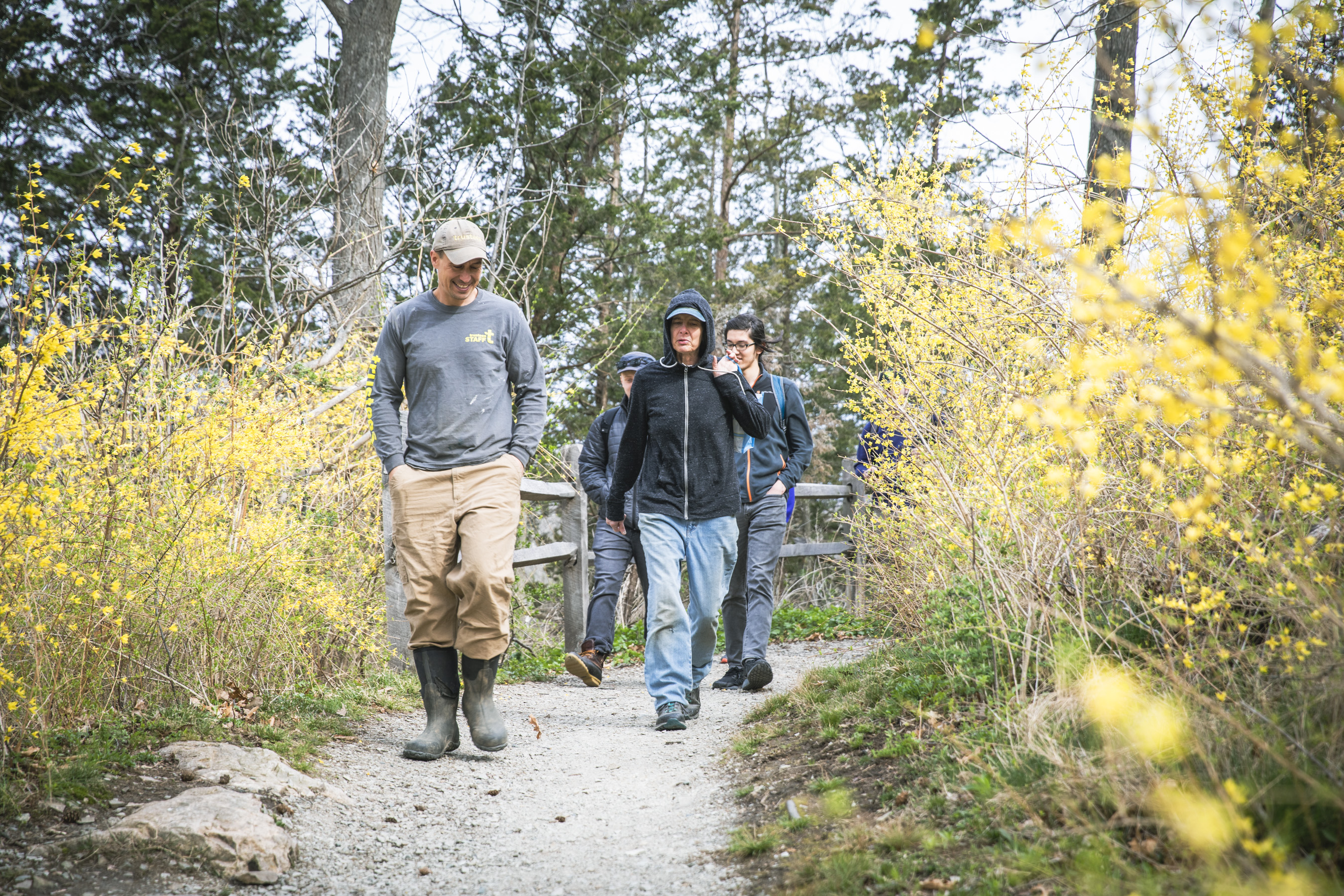
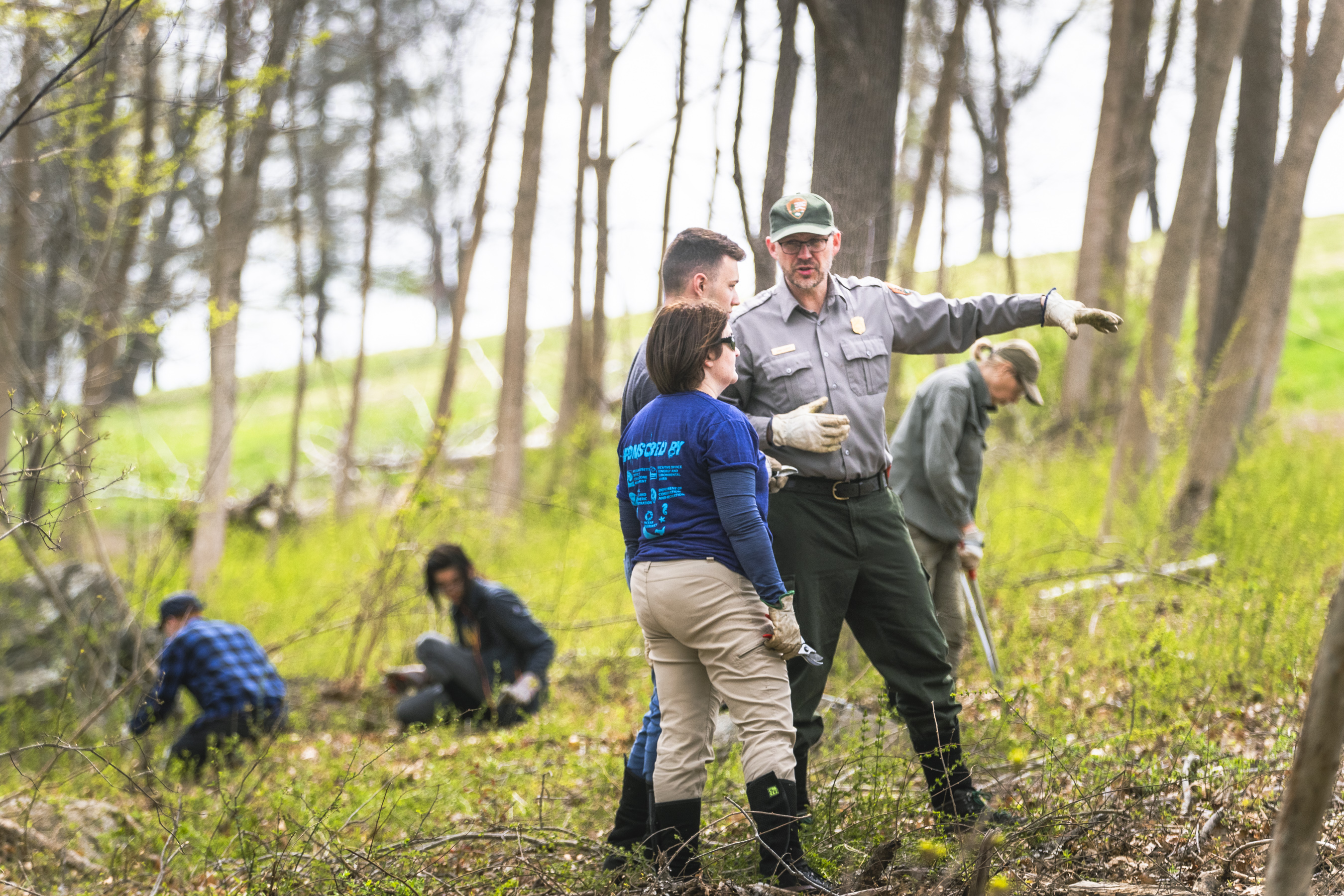

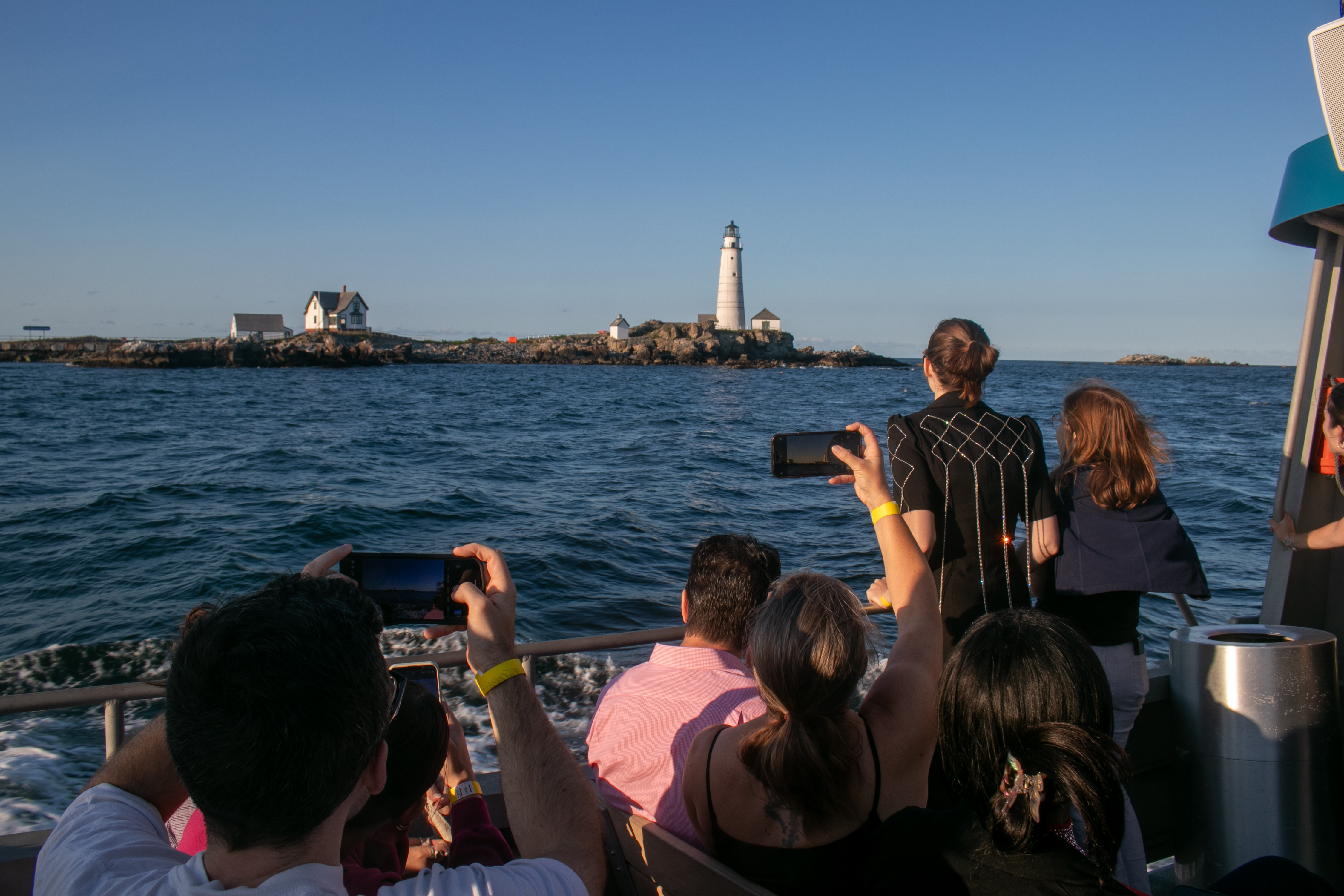
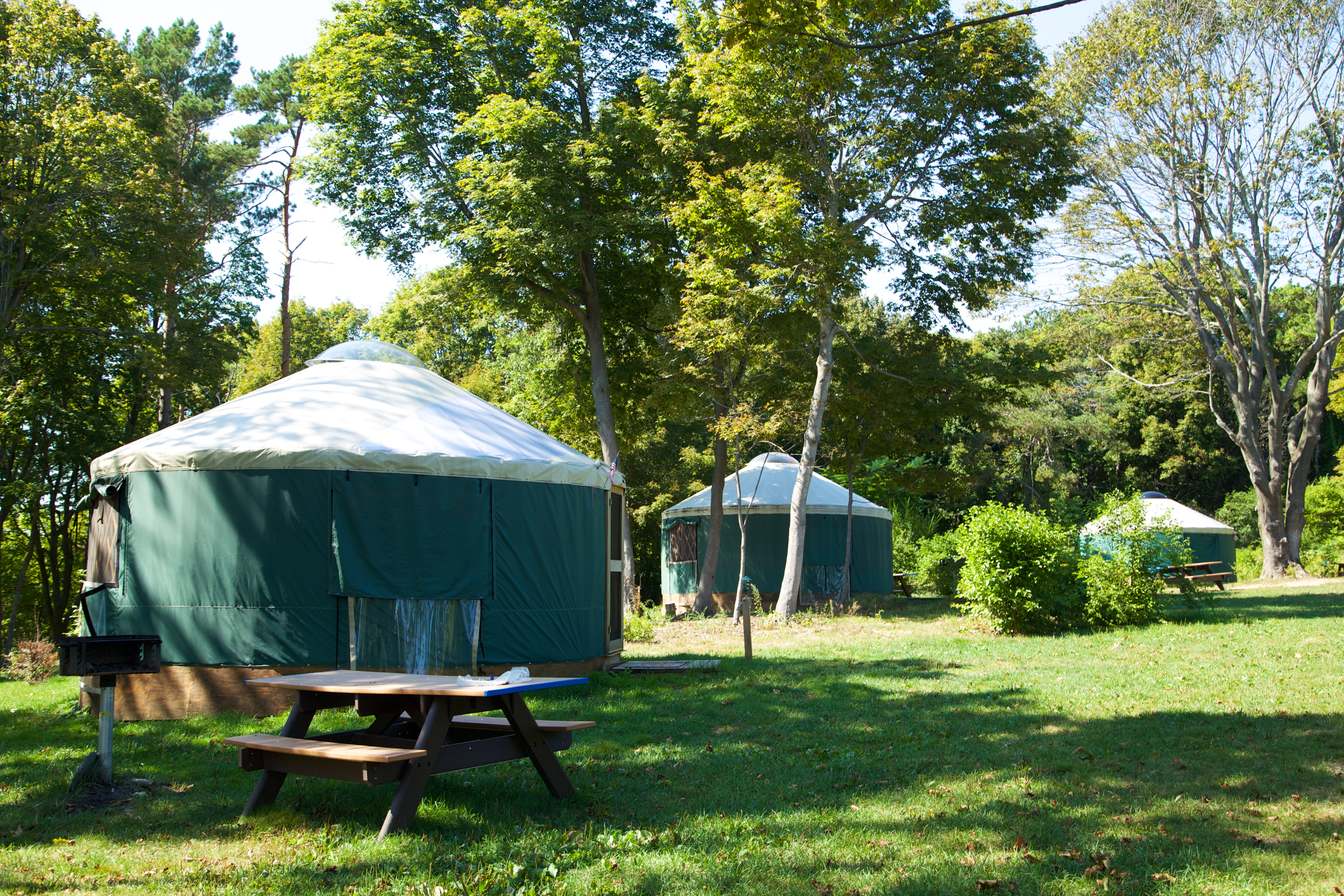
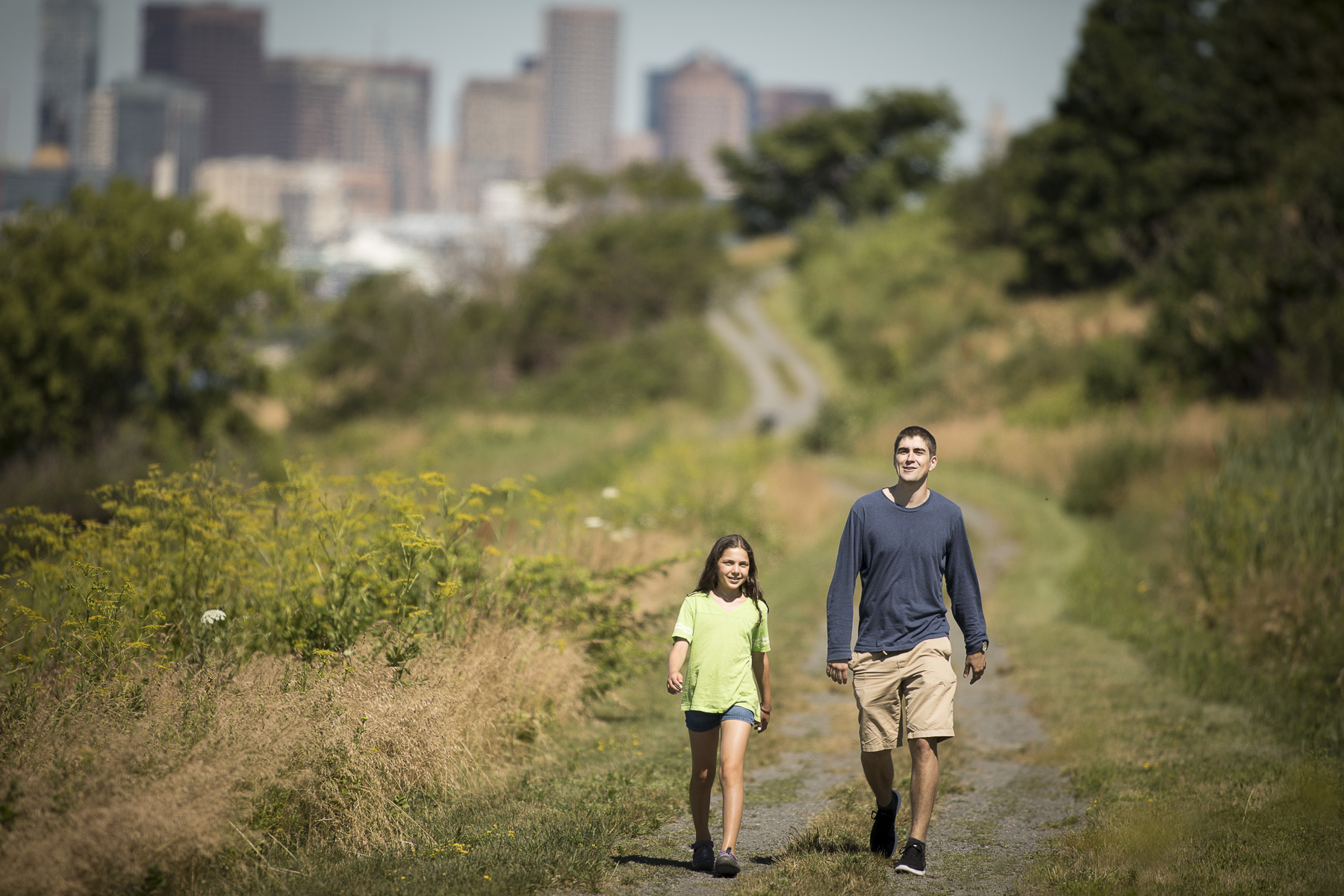
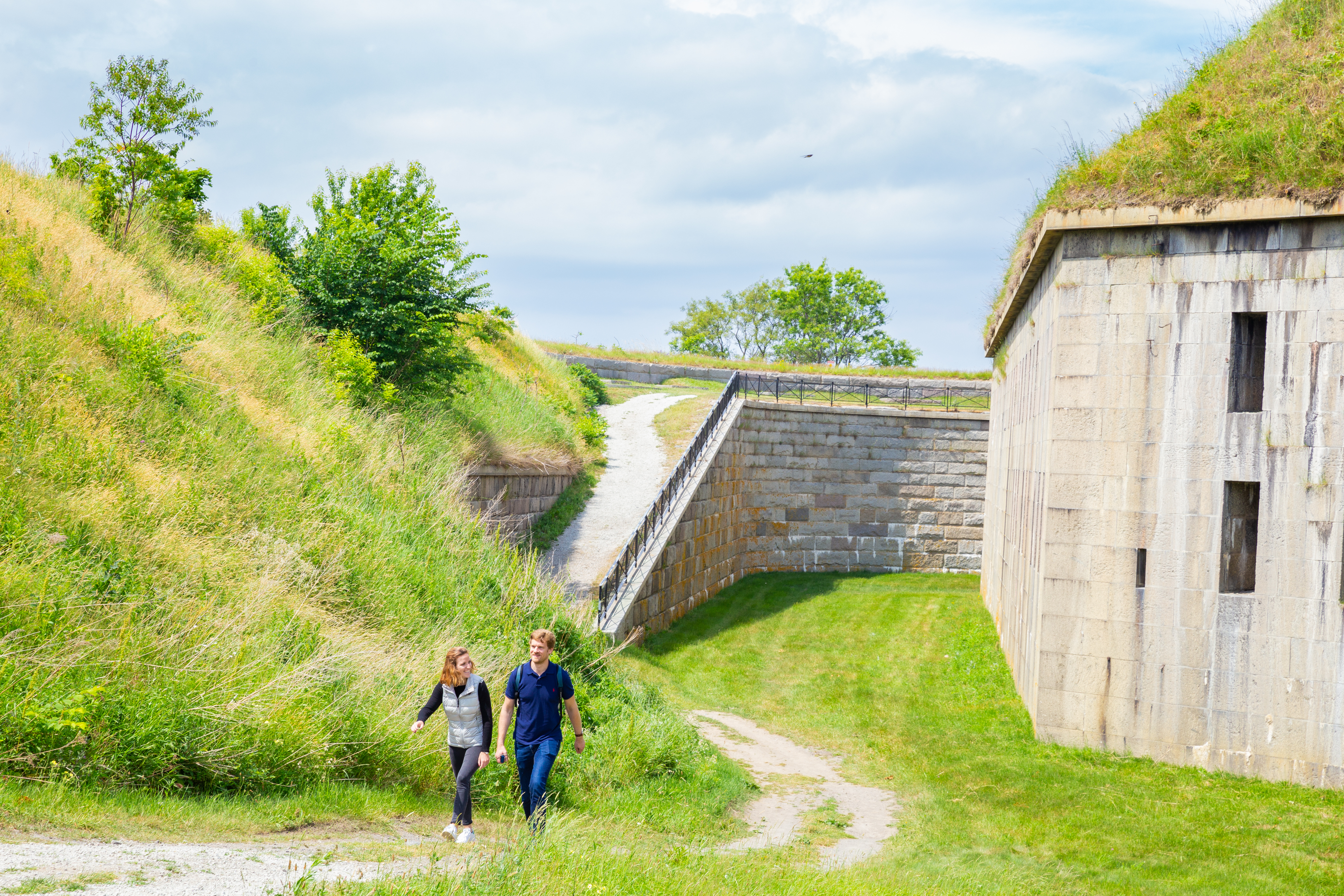
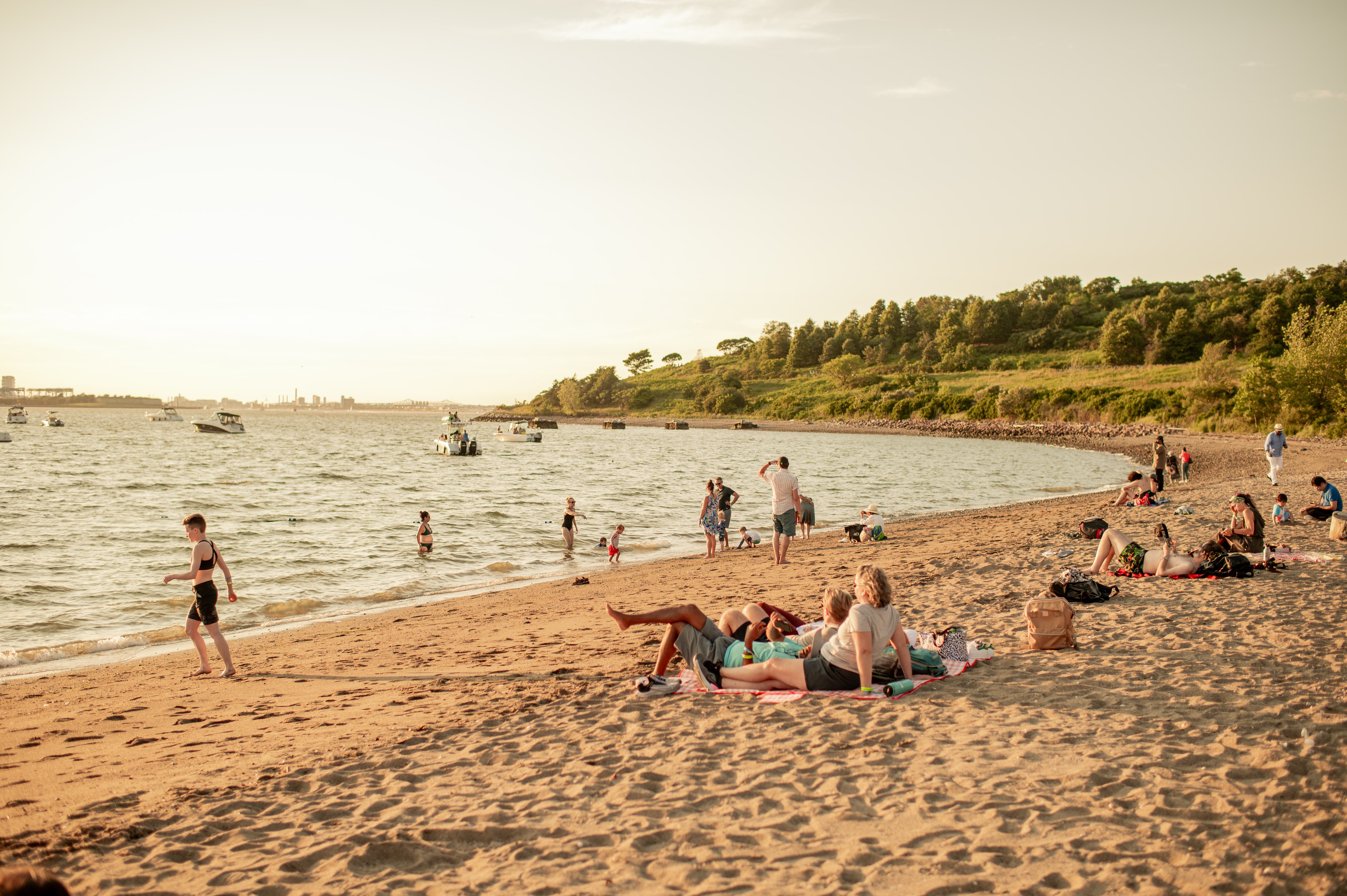

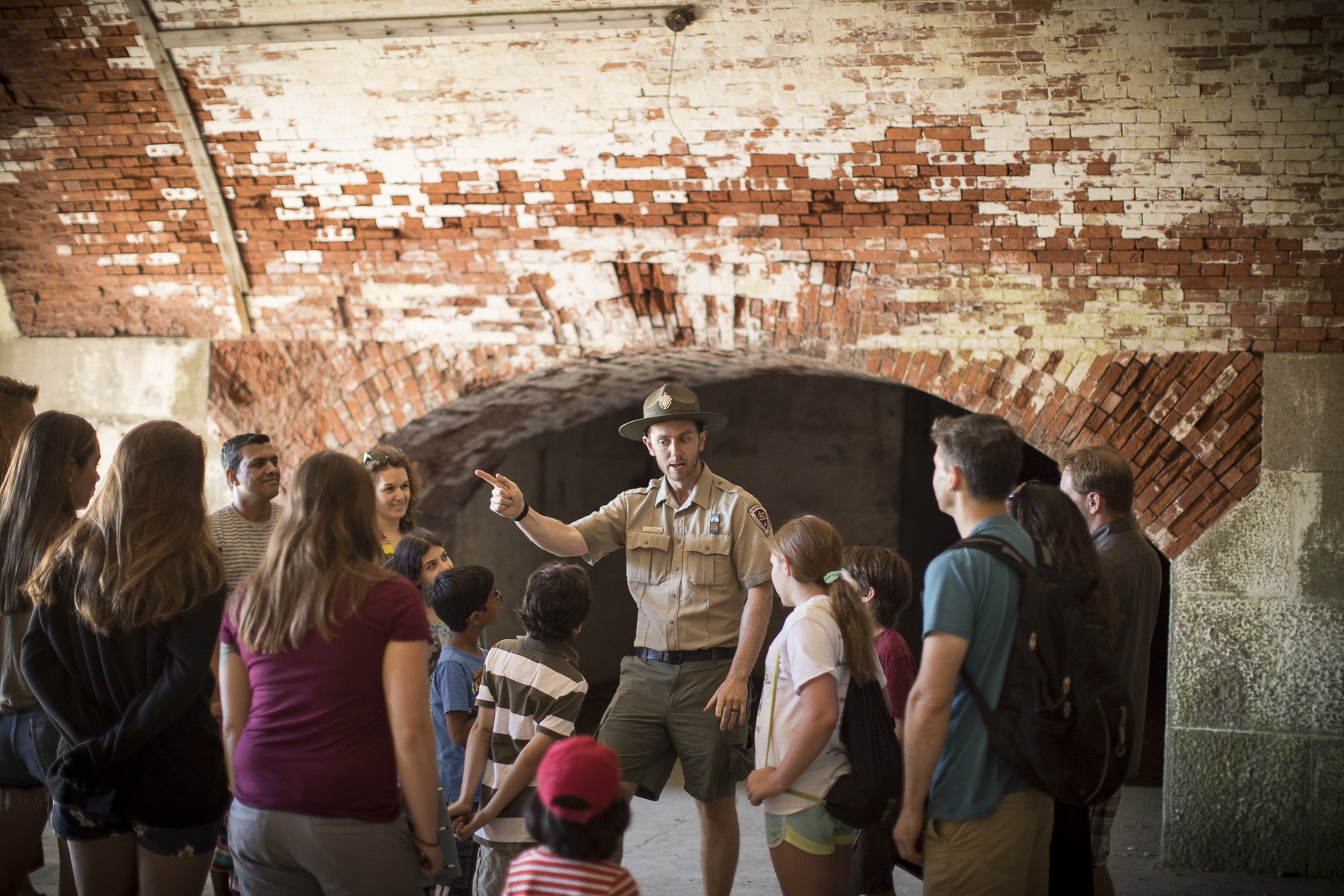
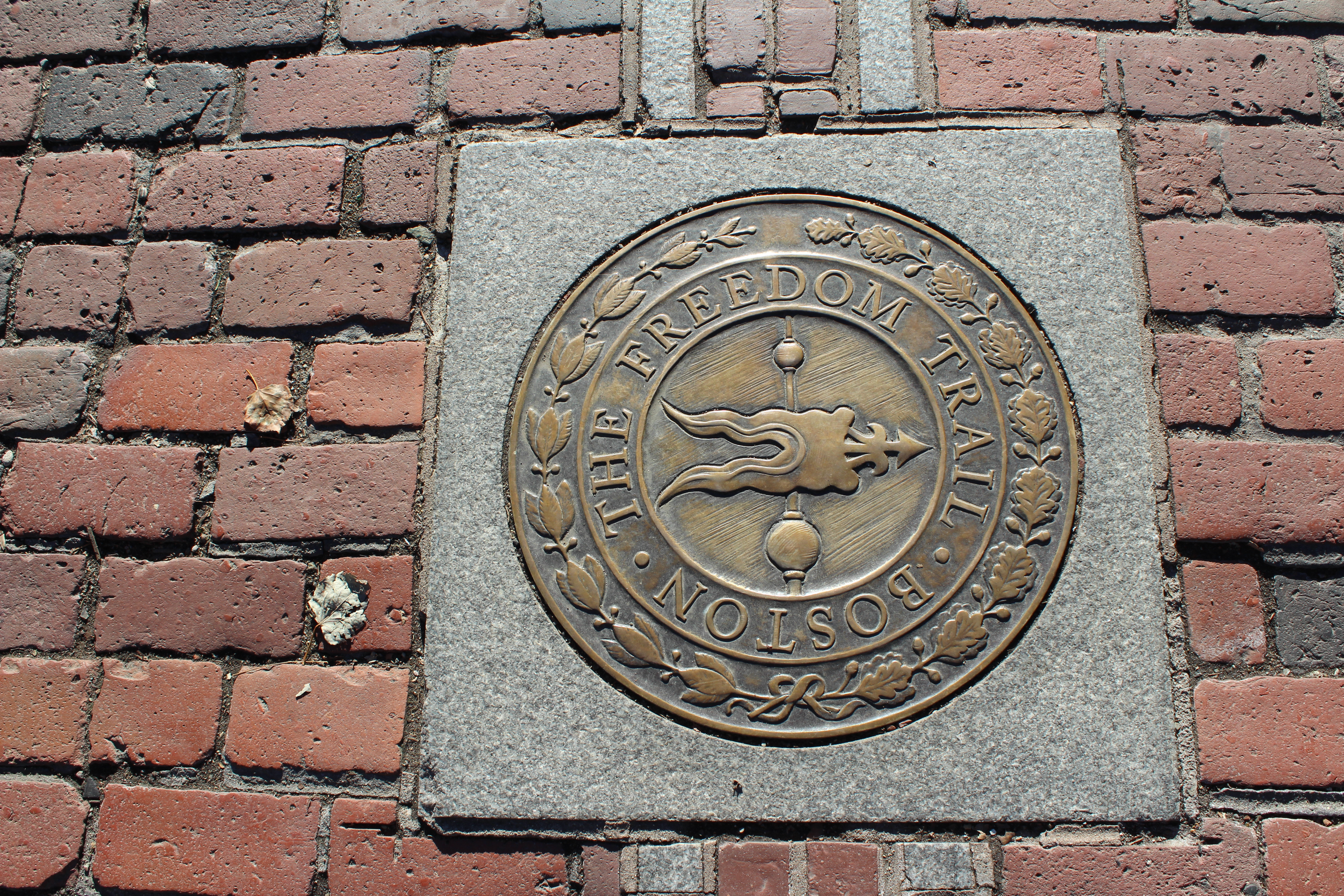



|
| Tours |
Count: 3
Boston Harbor Islands National and State Park: Georges Island TourWelcome to Georges Island! This self-guided audio tour will help acquaint you with the history and function of the Island and Fort Warren. This audio tour is presented by the Boston Harbor Islands National and State Park partnership, including the National Park Service, the Massachusetts Department of Conservation & Recreation, and Boston Harbor Now. Georges Island (Isla de Georges) Visita autoguiada¡Bienvenidos a Georges Island! Este recorrido autoguiado de audio le ayudará a familiarizarse con la historia y las funciones de la isla y de Fort Warren. Esta audioguía es presentada por la asociación de Boston Harbor Islands Parque Nacional y Estatal, incluyendo el Servicio de Parques Nacionales,el Departamento de Conservación y Recreación de Massachusetts y Boston Harbor Now. High Tide TrailJoin the National Parks of Boston and the Stone Living Lab on the High Tide Trail! Once known as the Shawmut Peninsula, Boston’s coastline was ringed by salt marshes and beaches. Since colonization, the coastline has been filled, moved, and transformed into the Boston we know today. Now, sea level rise due to human-caused climate change is changing the coastline once again. Follow the High Tide Trail to explore the history of Boston’s changing coastline and learn what future changes may be in store. |
| Articles |
|